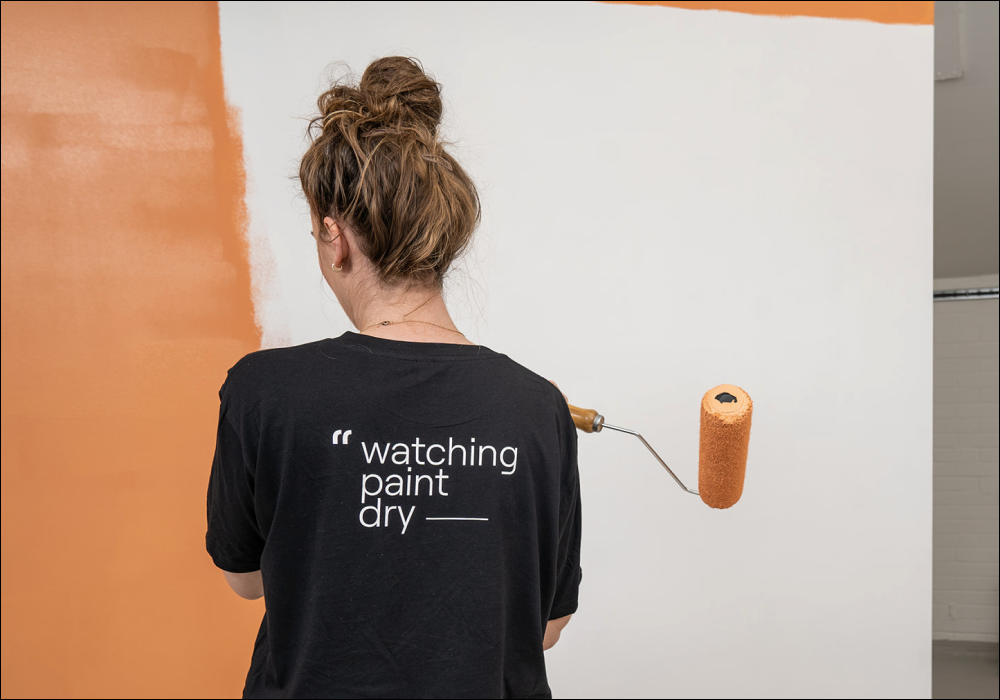
How To Paint Like a Pro
Paint is a super simple way to completely change the look and feel of your room. If you’ve followed our prep guide then you should be ready to start painting. This post lays out the straightforward steps to paint walls, wood and radiators like a pro, so you’ll be done in no time. In fact, in might take you longer to read this post... but it's worth it, we promise!
How To Paint A Wall

What do I need to paint a wall?
- Stepladder
- Roller, roller sleeve and paint tray
- 1” or 2” paint brush (for painting the edges)
- Decorating tape (for masking edges and sockets)
- Your COAT paint and stirrer
- A banging playlist – check out our COAT tunes
- Get the eco-kit you need from COAT
How do I paint a wall?
Pop the lid and give your COAT paint a good stir before you start. Top tip, you can use our recycled packaging to hold the tin and stop any mess. Pour the paint in to a roller tray and roll your roller through it, let this settle and bed into the roller.
Meanwhile, grab your paintbrush, the paint tin and the ladder, you’re ready to start edging your wall. When edging (or cutting in) make sure your brush has a reasonable amount of paint on it, go steady and keep at eye level wherever you are working. Hold your brush like a pencil and use a long confident stroke, you’ll be edging like a pro in no time. Don’t try to slap it on too thick, two even coats is always best.

Shop COAT Wall & Ceiling Paints
Once you’ve edged top, side and bottom jump back to the roller. If you're painting a big space, do this in sections. Work from top to bottom. You’re aiming for a nice even coat, again not too thick as two even coats will give you maximum durability (however tempting it is to try and do it in one!). Paint in columns with smooth confident movements, overlapping the edge as you work across the wall. Try not to go back over where you’ve been as the drying process has already started.
If you’re using COAT paint, it should be touch dry in 1-2 hours and ready to re-coat in 2-4 hours. Just keep the room at normal room temperature, a bit of ventilation helps. Don’t rush to do the final coat, if you see any slightly shiny patches still on the wall just wait a bit longer as you’ll get a better finish.
When you’re between coats just pop the lid back on the tin and ideally cover the brushes and rollers to stop them drying out.
Once dry, you can apply the final coat using exactly the same process, then remove any decorating tape before the paint has dried. Once your final coat has dried up you’re all good to replace sockets, put up your artwork and marvel at what a great job you’ve done.
How To Paint Wood

What do I need to paint wood?
- Stepladder
- Mini-Roller, foam roller sleeve and paint tray
- 1” or 2” paint brush
- Decorating tape (for masking edges)
- Your COAT paint and stirrer
- A banging playlist – check out our COAT tunes
- Get all the eco-kit you need from COAT
How do I paint wood?
Pop the lid and give your COAT paint a good stir before you start. Top tip, you can use our recycled packaging to hold the tin and stop any mess. If you’re painting a large flat surface like a door or panelling, pour the paint in to a roller tray and roll your mini-roller through it, let this settle and bed into the mini-roller.
Make sure you get eye level and comfortable with whatever you’re about to paint. If you’re using the mini-roller, paint along the grain, overlapping the edge with confident movements. If you’re using a brush, do the same, big confident strokes. Steer clear from painting back over where you’ve been already as the drying process will have started.

For corners, details and edges you can use a small brush to lightly finish finer detailed areas. With COAT Wood and Metal paint it will start shiny when wet, but dry to a nice off-matt eggshell finish. During this drying process the paint will also ‘level’, which means flatten out to give you a smooth look.
Your paint should be touch dry in 1-2 hours and ready to re-coat in 2-4 hours. Just keep the room at normal room temperature, a bit of ventilation helps. Don’t rush to do the final coat, if you see any slightly shiny patches still on the wall just wait a bit longer as you’ll get a better finish. When you’re between coats just pop the lid back on the tin and ideally cover the brushes and rollers to stop them drying out.
Once dry, if there are any small lumps or bumps you can give this a very light sand with a 240grit piece of sandpaper before applying the final coat using exactly the same process, then carefully remove any decorating tape before the paint has dried.
The longer you leave paint to dry, the more time is has to cure and harden. So leave it as long as convenient before putting any door furniture back on or re-hanging doors, 48hours is a good steer.
How To Paint A Radiator

Last but not least... What do I need to paint a radiator?
- 1” or 2” paint brush (for painting the edges)
- Your COAT paint and stirrer
- A banging playlist – check out our COAT tunes
- Get the eco-kit you need from COAT
How do I paint a radiator?
Pop the lid and give your COAT paint a good stir before you start. Top tip, you can use our recycled packaging to hold the tin and stop any mess.
For the best results, it helps to paint a radiator in a specific order. Holding your small brush like a pencil, use the edges to paint the edges of the radiator first, before moving onto the face. Make sure you have a reasonable amount of paint, not too much, but not painting dry either. Remember, two even coats are always best.
On the front of the radiator, work in small sections. Paint the top and bottom edges in long sweeping movements, carrying on right across the radiator. Now you have your frame, you can move on to the main section. Paint the top and then bottom before bringing the two sections together. Work your way across the radiator, steering clear of where you’ve been as the drying process will have started.
With COAT Wood and Metal Paint it will start shiny when wet, but dry to a nice off-matt eggshell finish. During this drying process the paint will also ‘level’, which means flatten out to give you a smooth look.
Your paint should be touch dry in 1-2 hours and ready to re-coat in 2-4 hours. Just keep the room at normal room temperature, a bit of ventilation helps. Don’t rush to do the final coat, if you see any slightly shiny patches still on the wall just wait a bit longer as you’ll get a better finish. When you’re between coats just pop the lid back on the tin and ideally cover the brushes and rollers to stop them drying out.
Once dry, if there are any small lumps or bumps you can give this a very light sand with a 240grit piece of sandpaper before applying the final coat using exactly the same process.
The longer you leave paint to dry, the more time is has to cure and harden. So leave it as long as convenient before putting the heat back on if you can, 48 hours is a good steer.
How much paint will I need for painting walls, wood and radiators?
This will depend on both the colour you have chosen and the colour you are painting over (bold changes can need a little more paint), but the average area coverage for all COAT paint is 10m2 per Litre. We always recommend two even coats to get the best finish. There's a paint calculator before you check out too, so that might be handy.
So, onwards to your paint job..!
Publish Date
Author
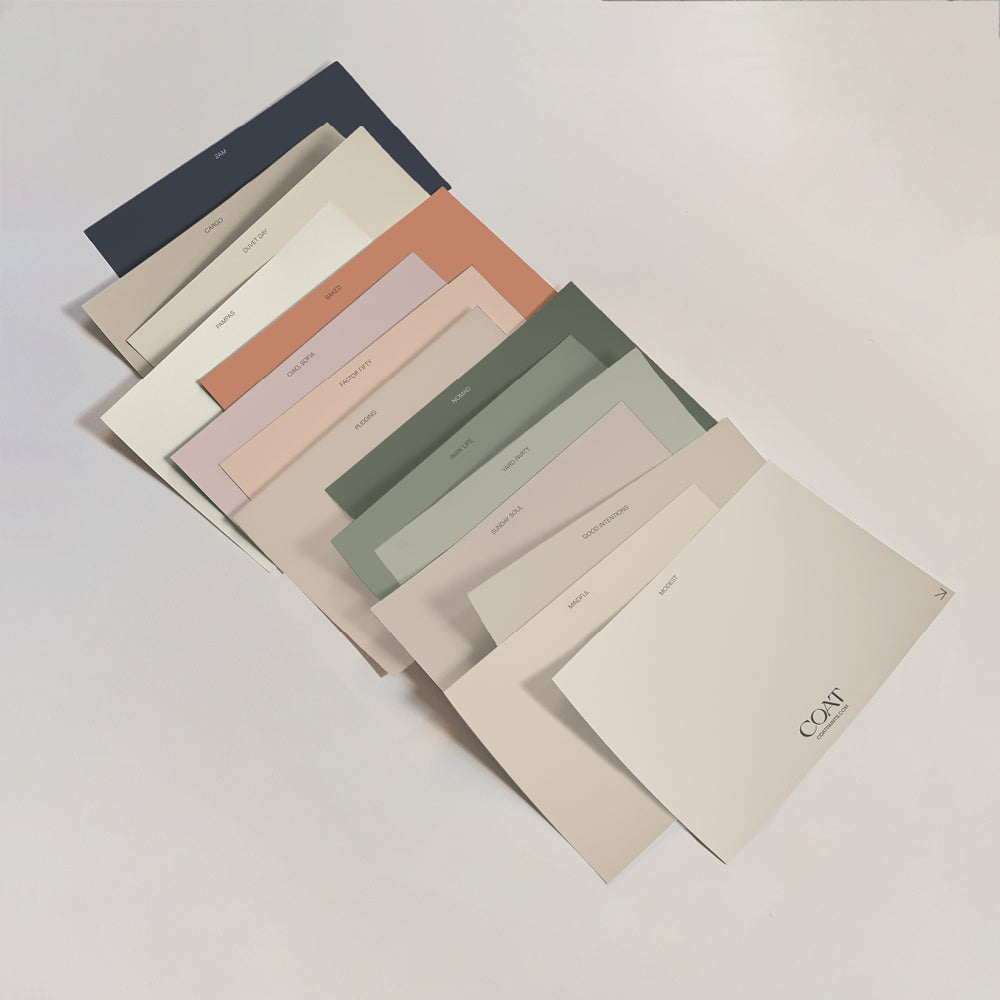
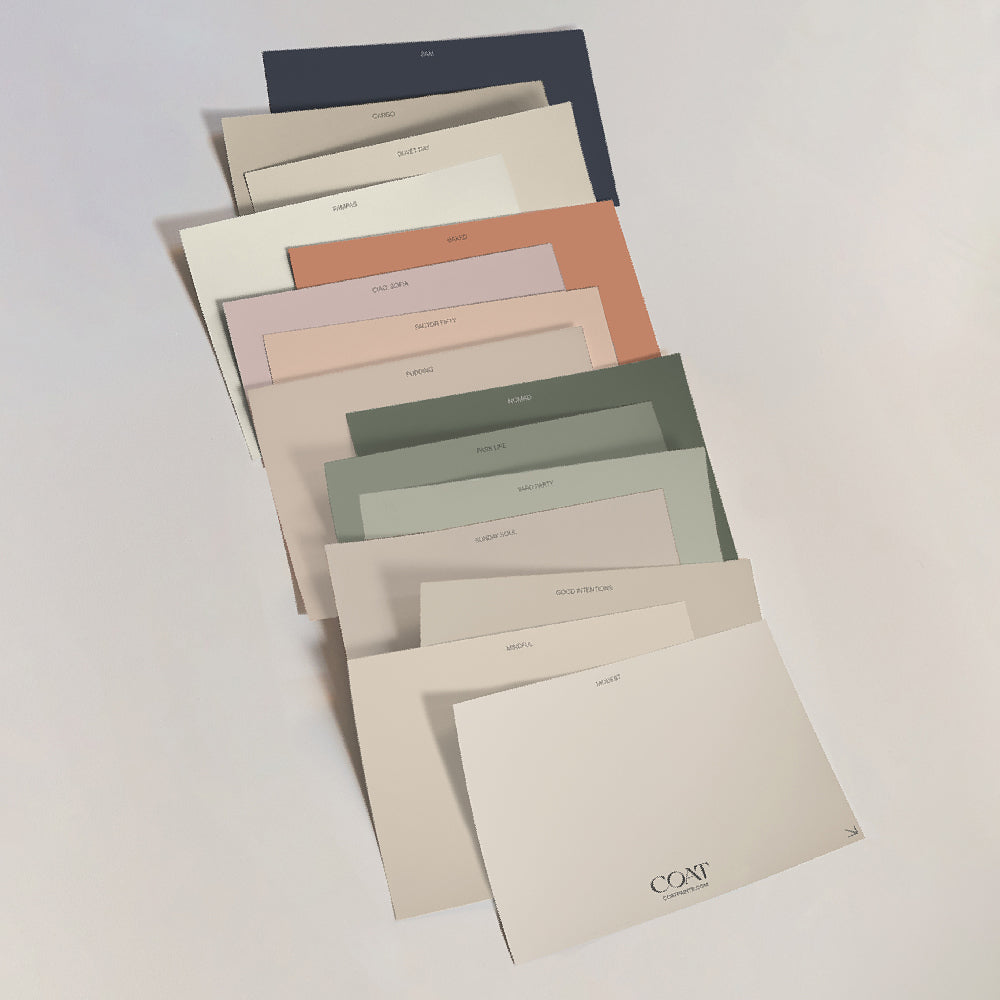
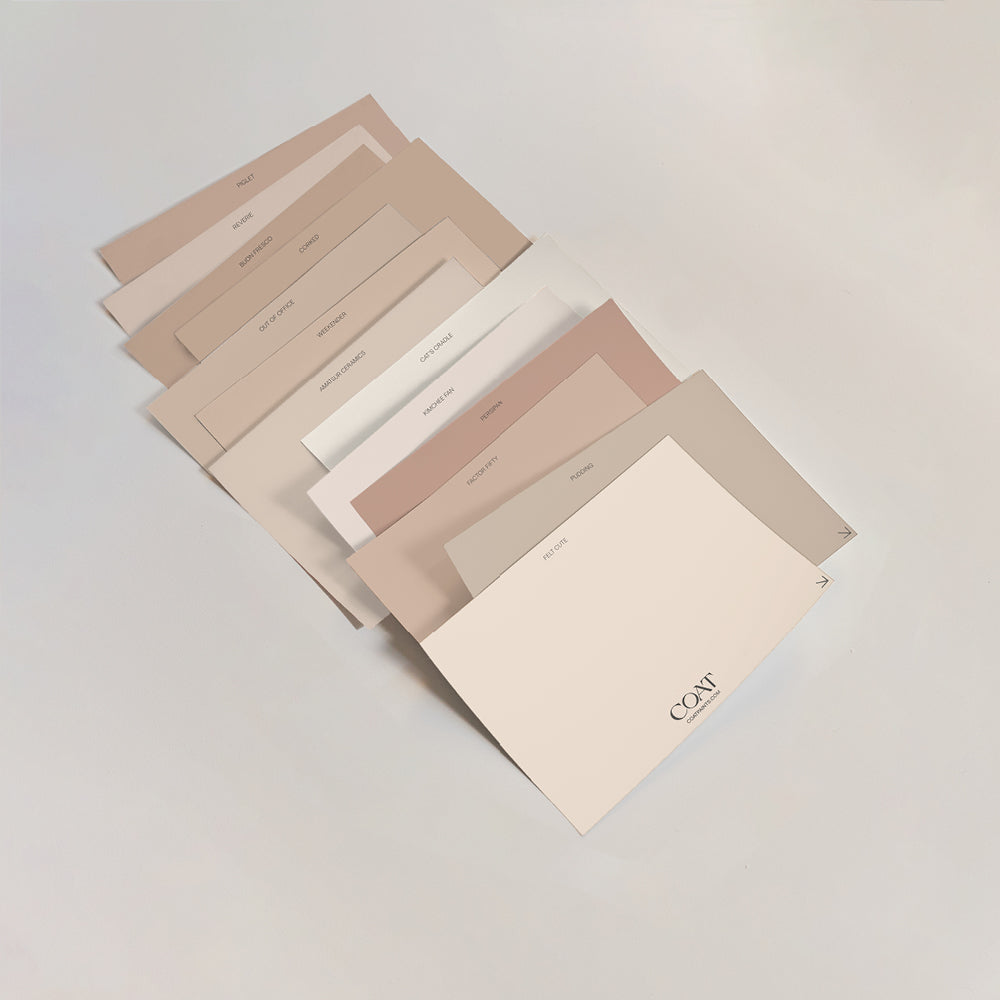
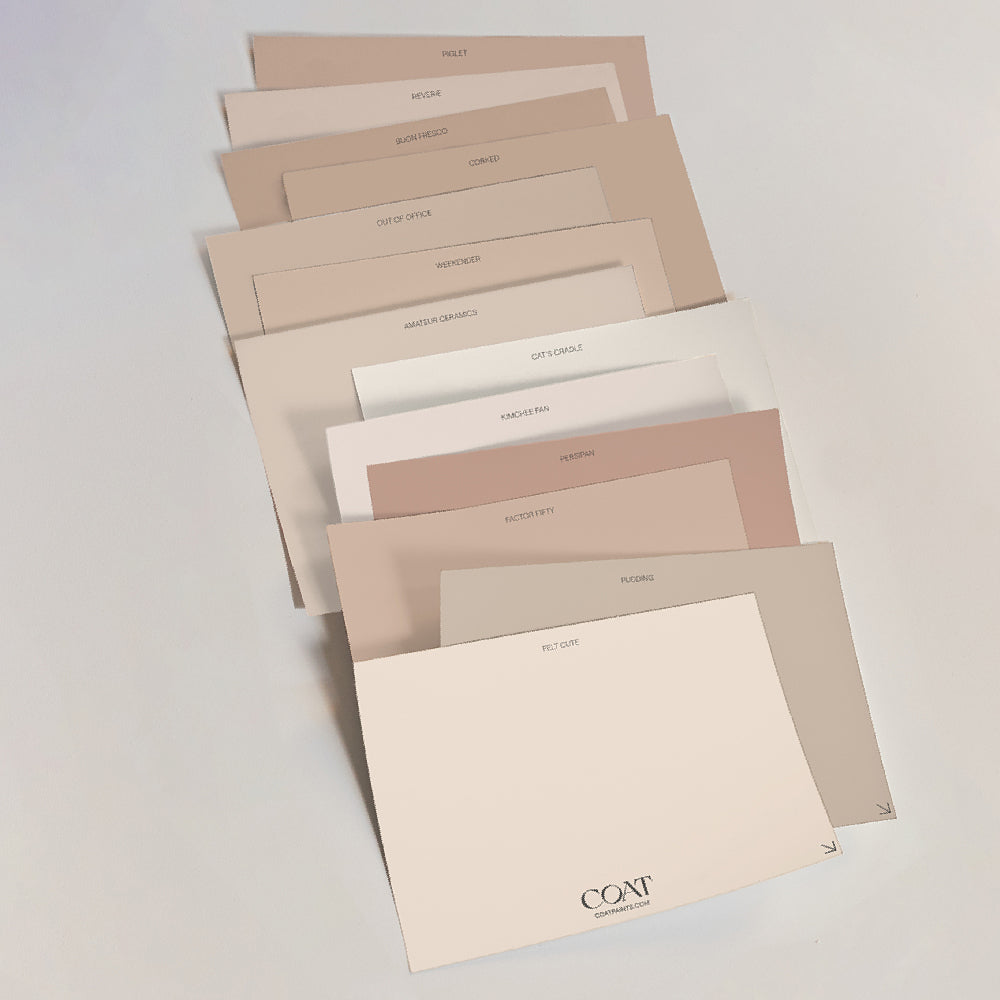
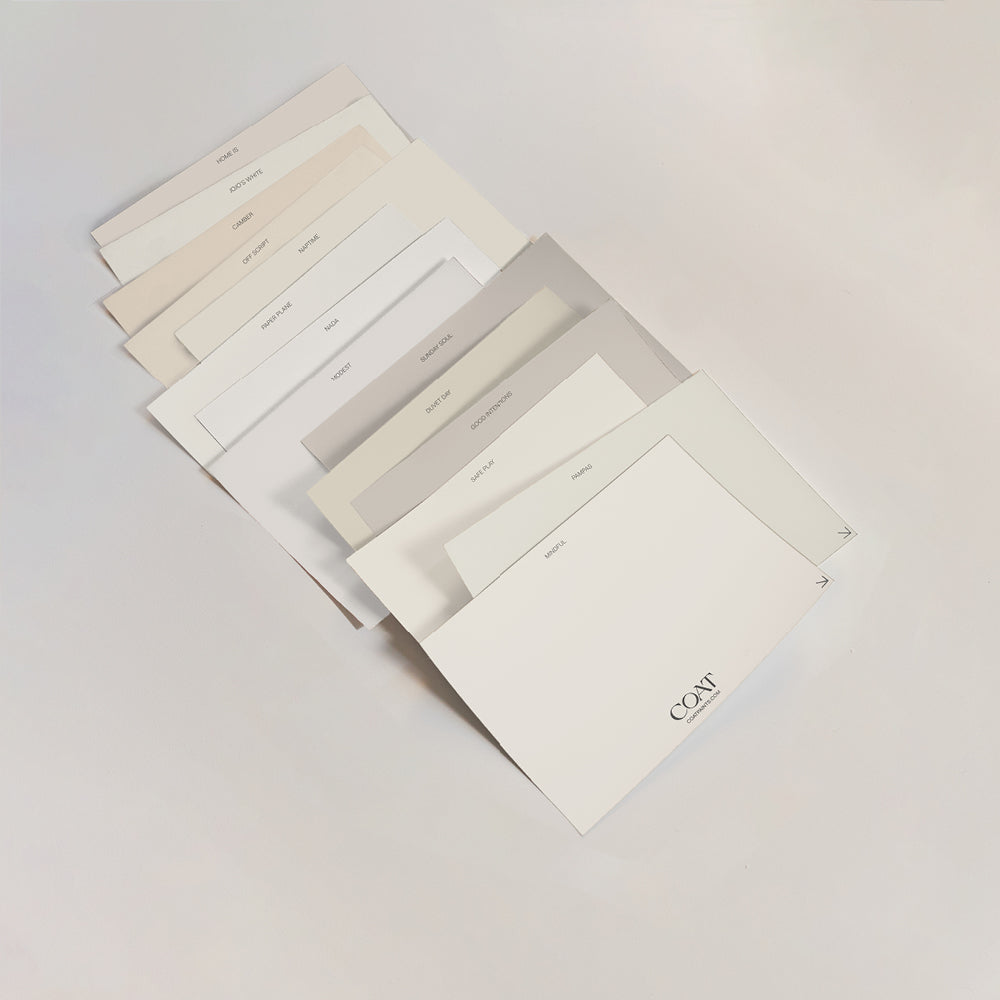
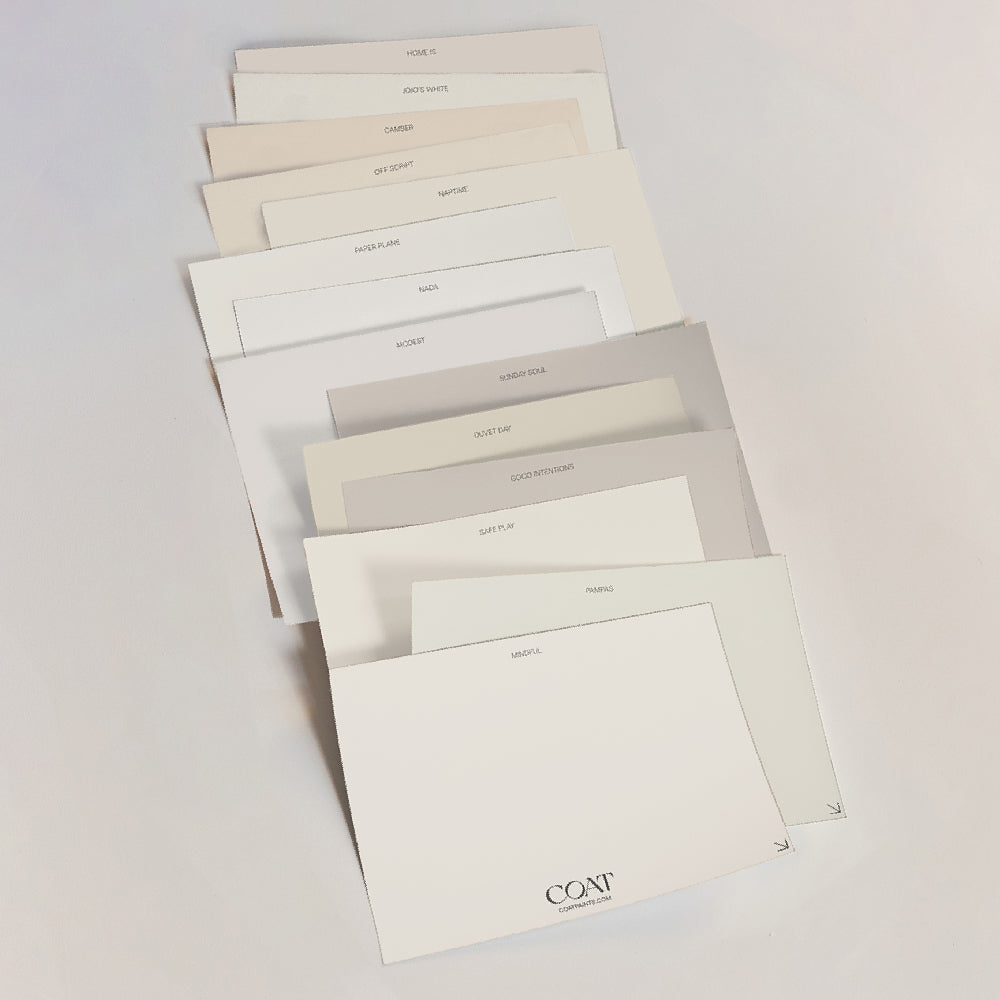

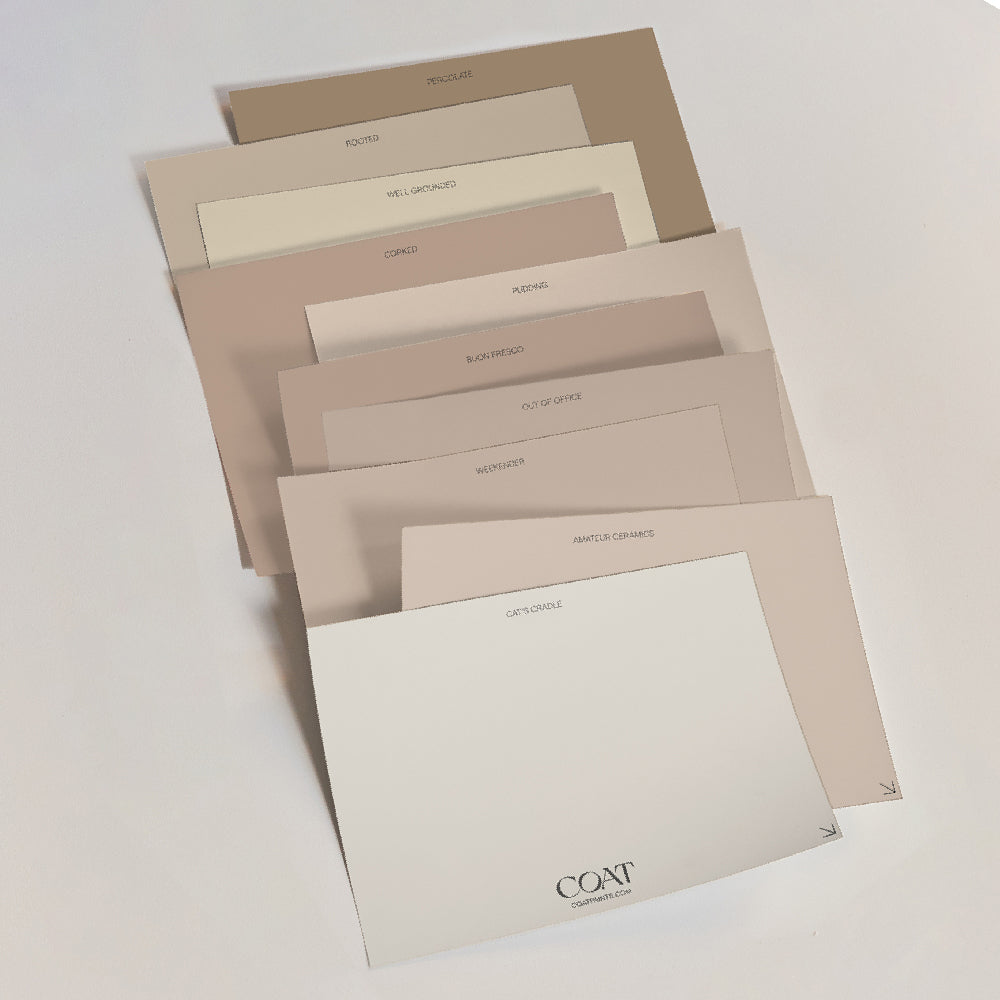
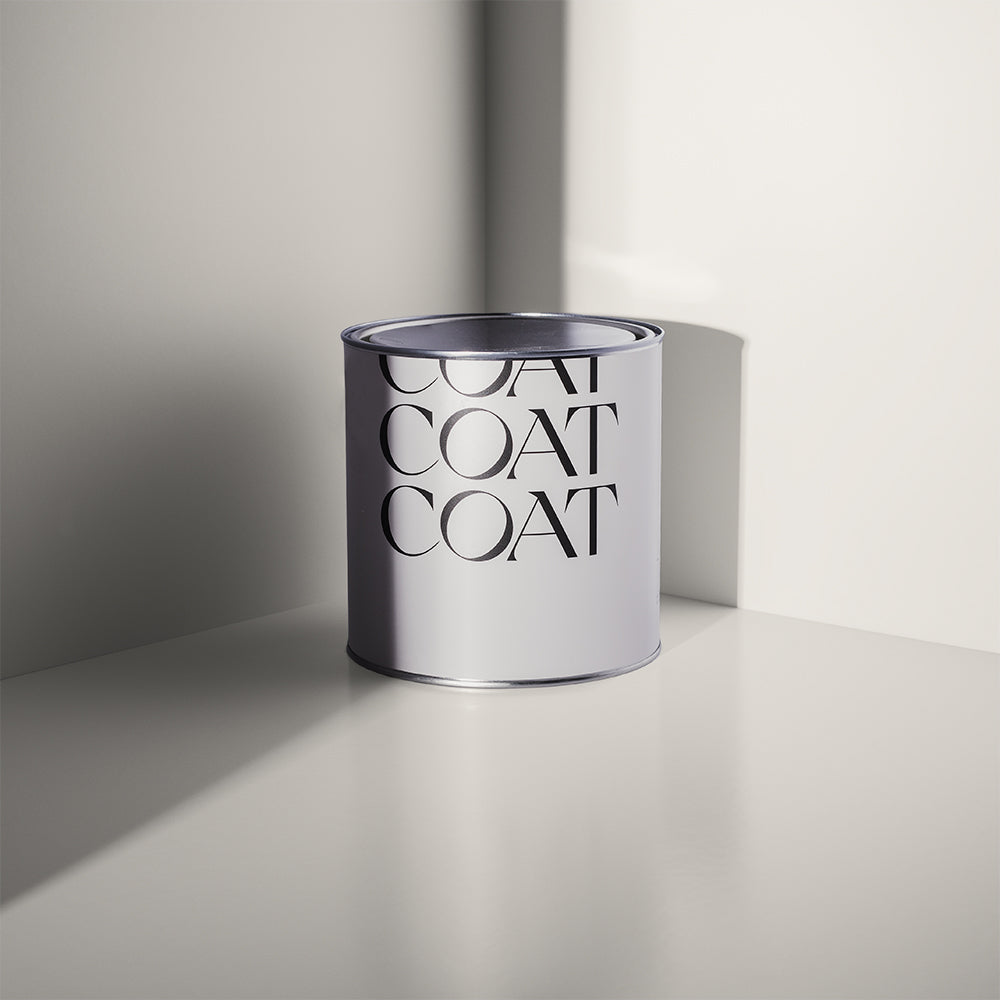
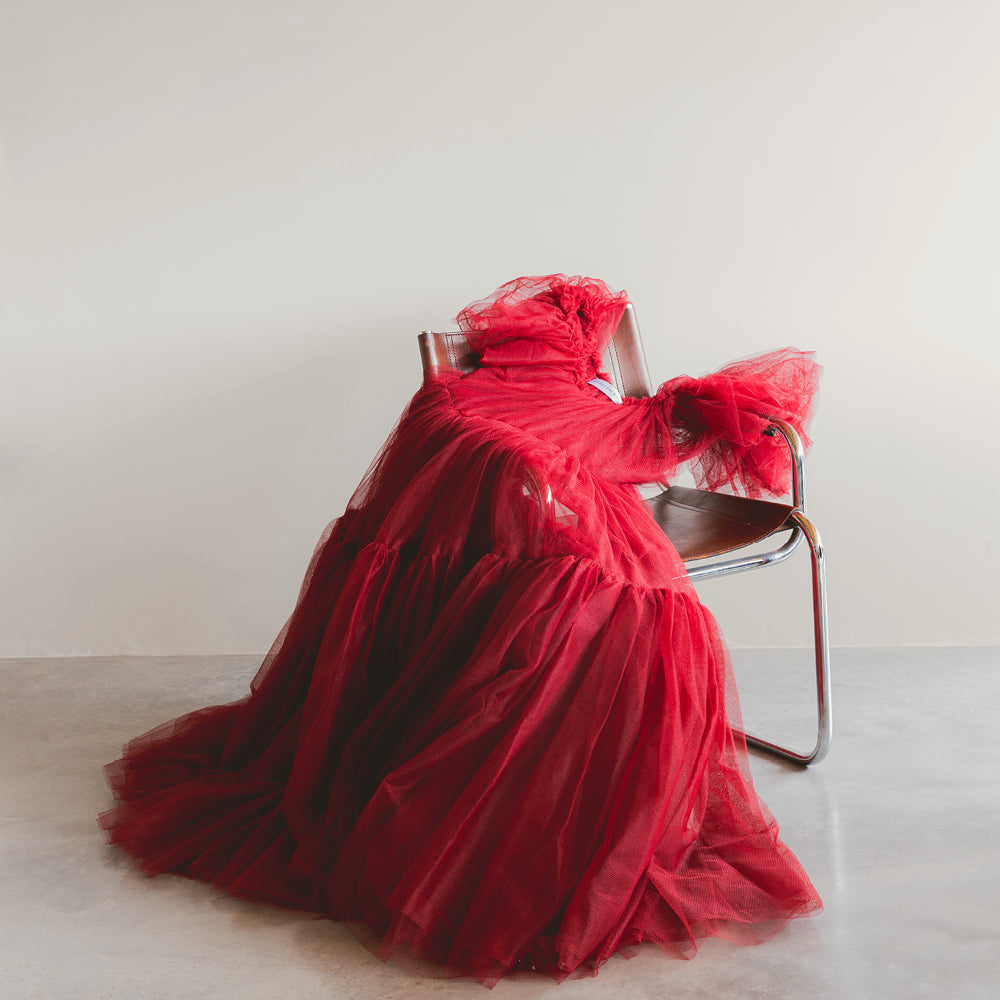
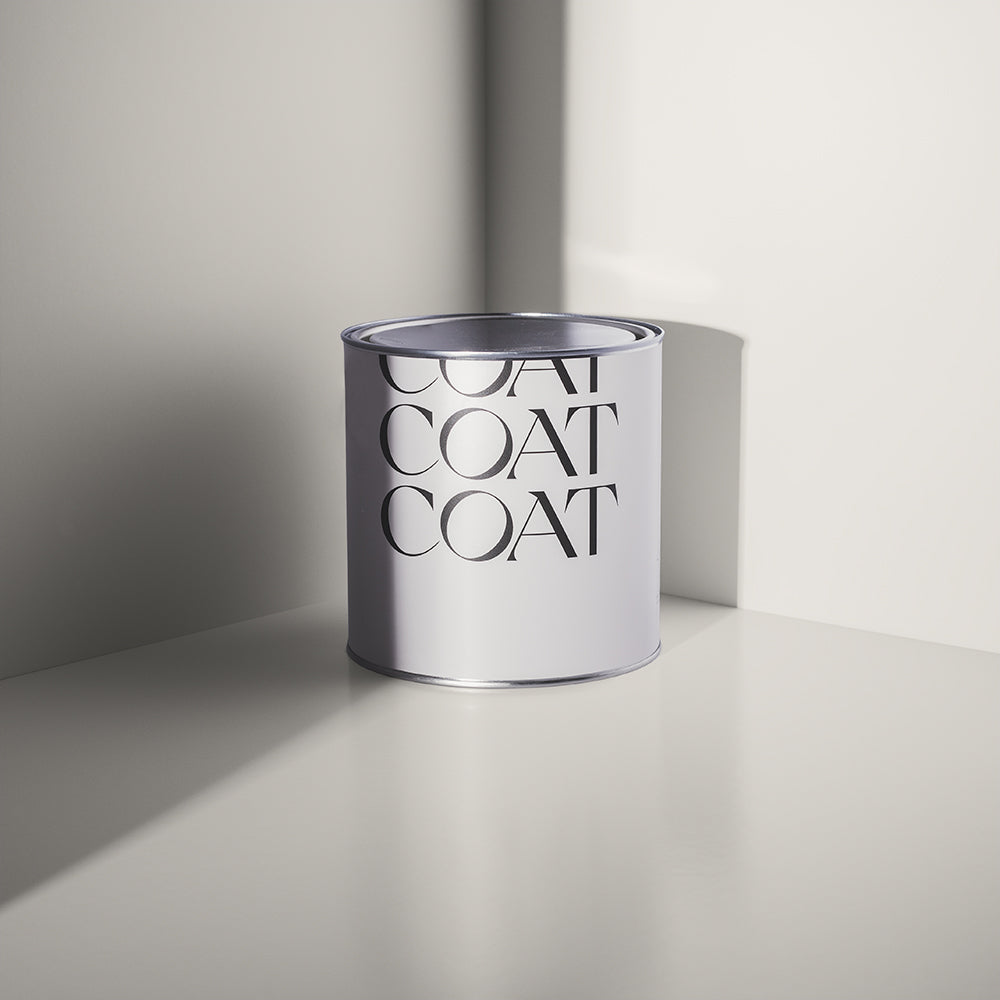
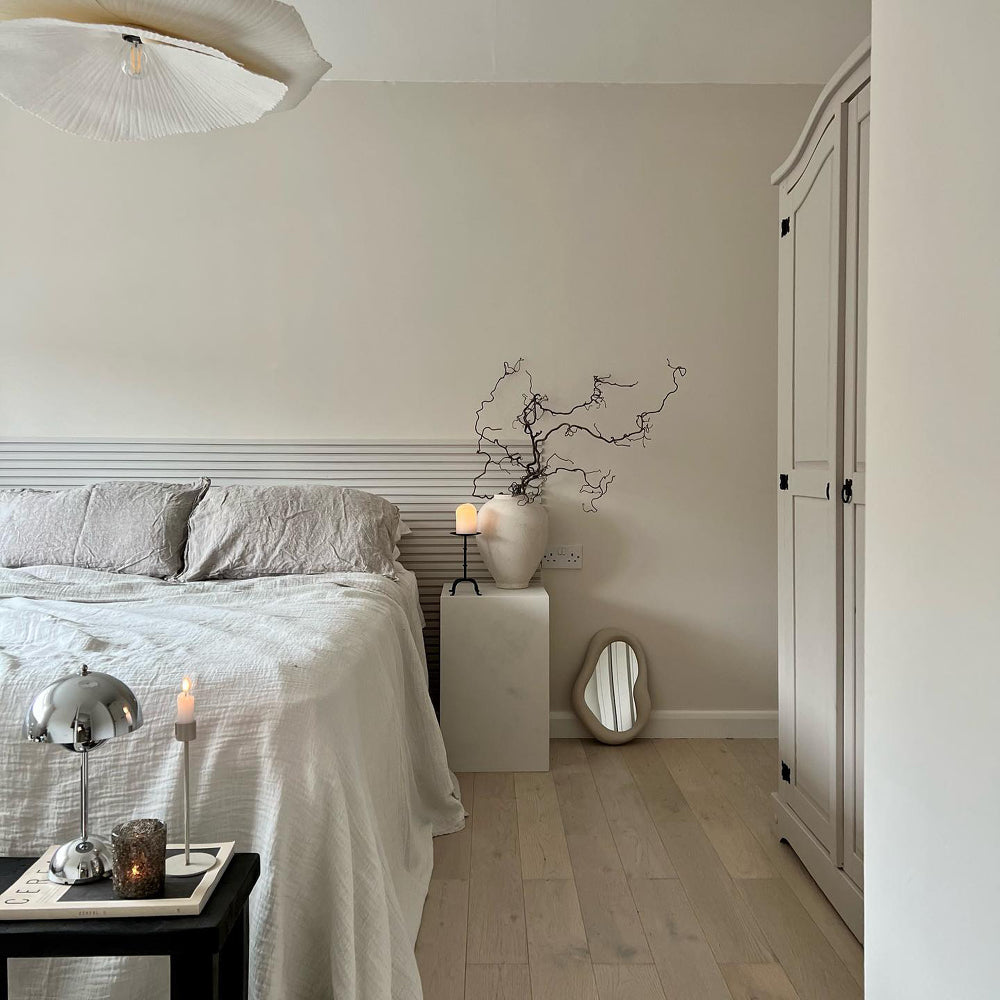

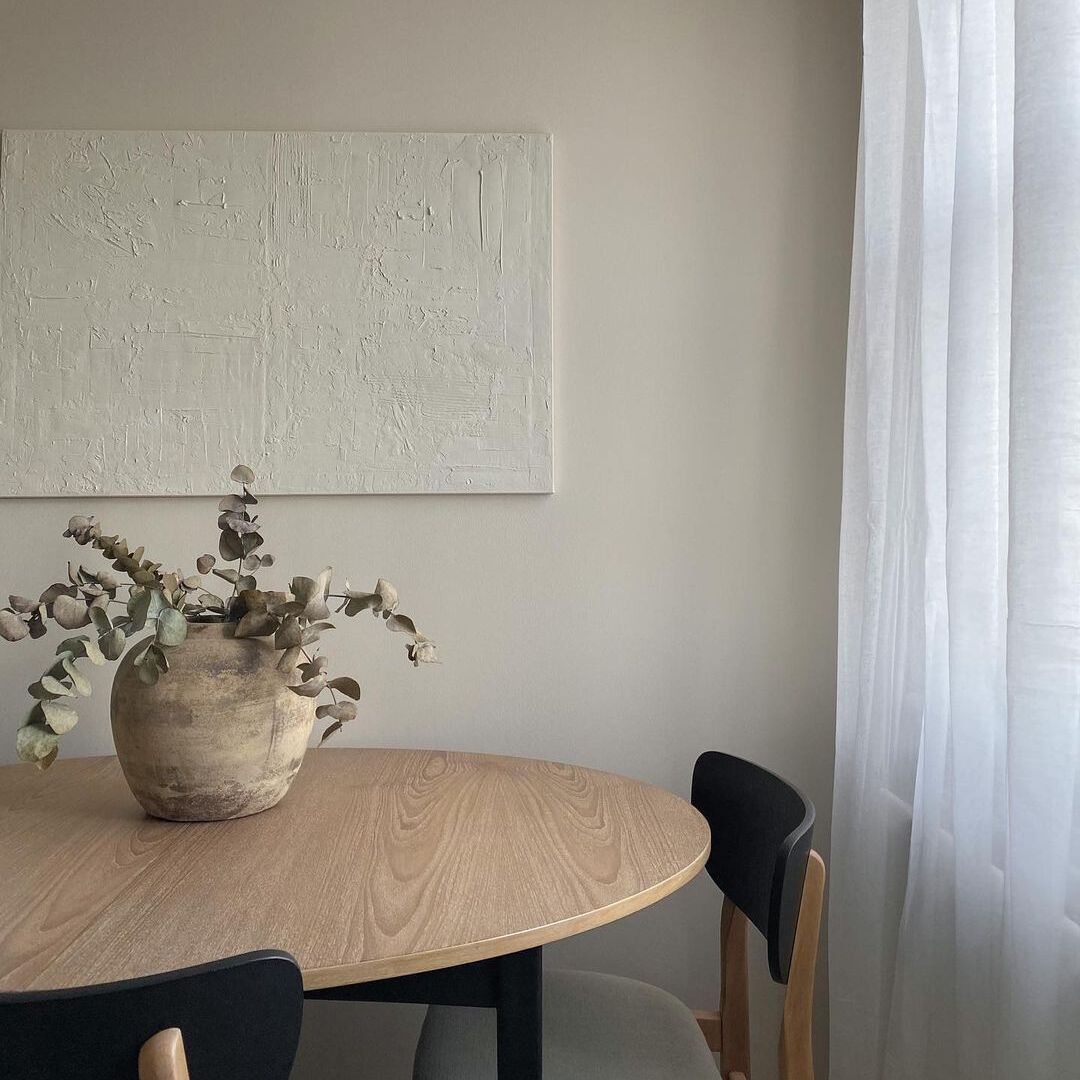
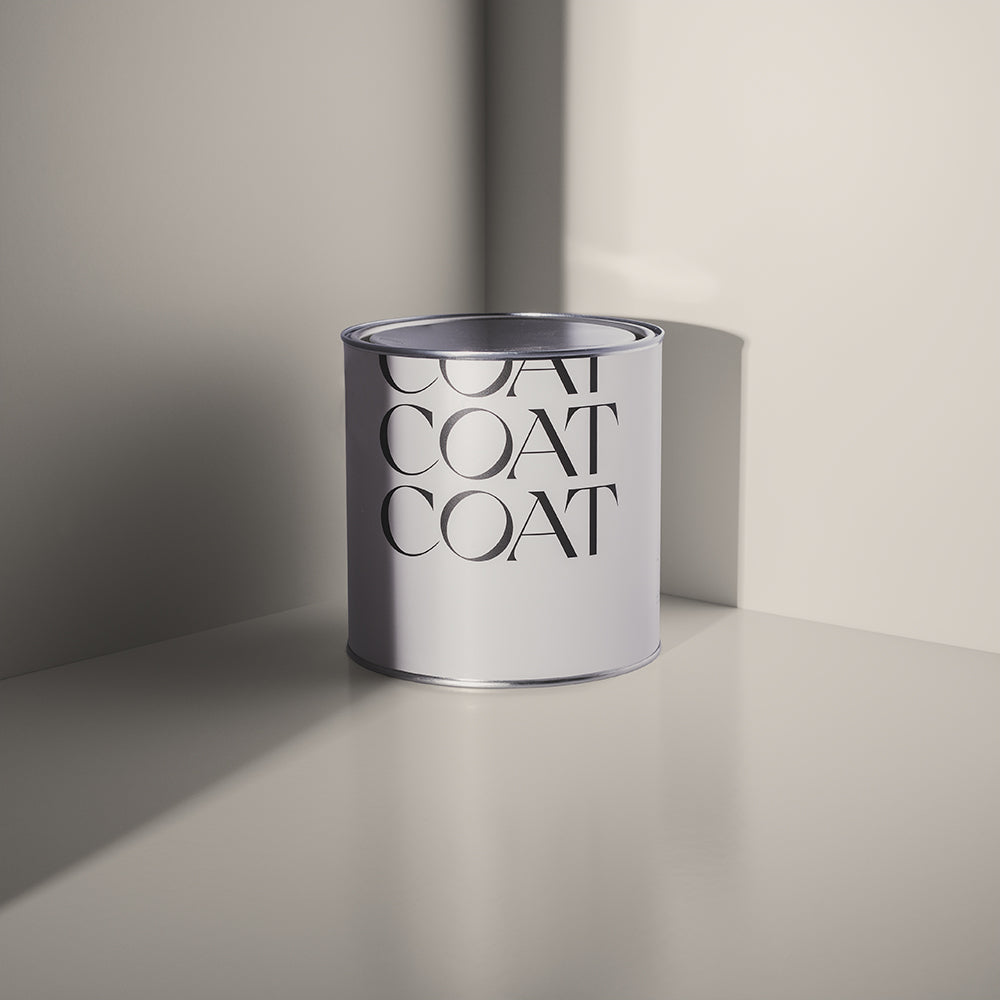

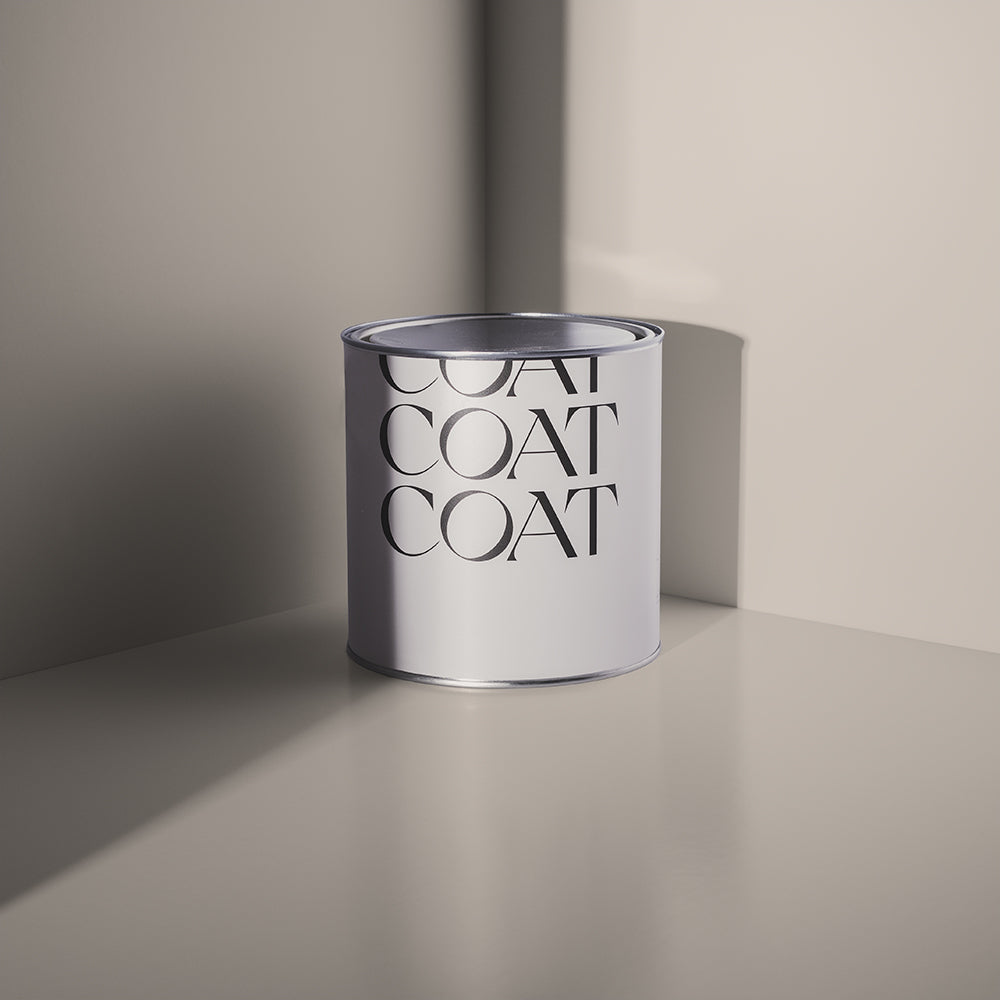
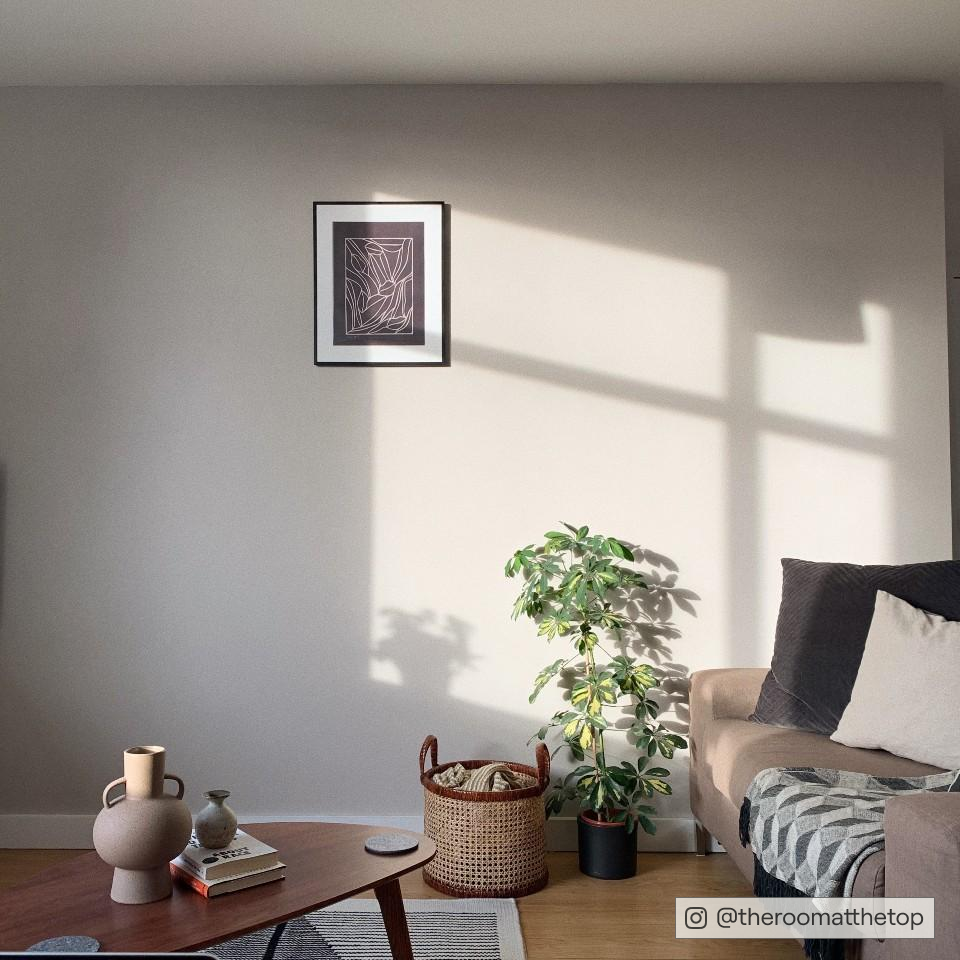


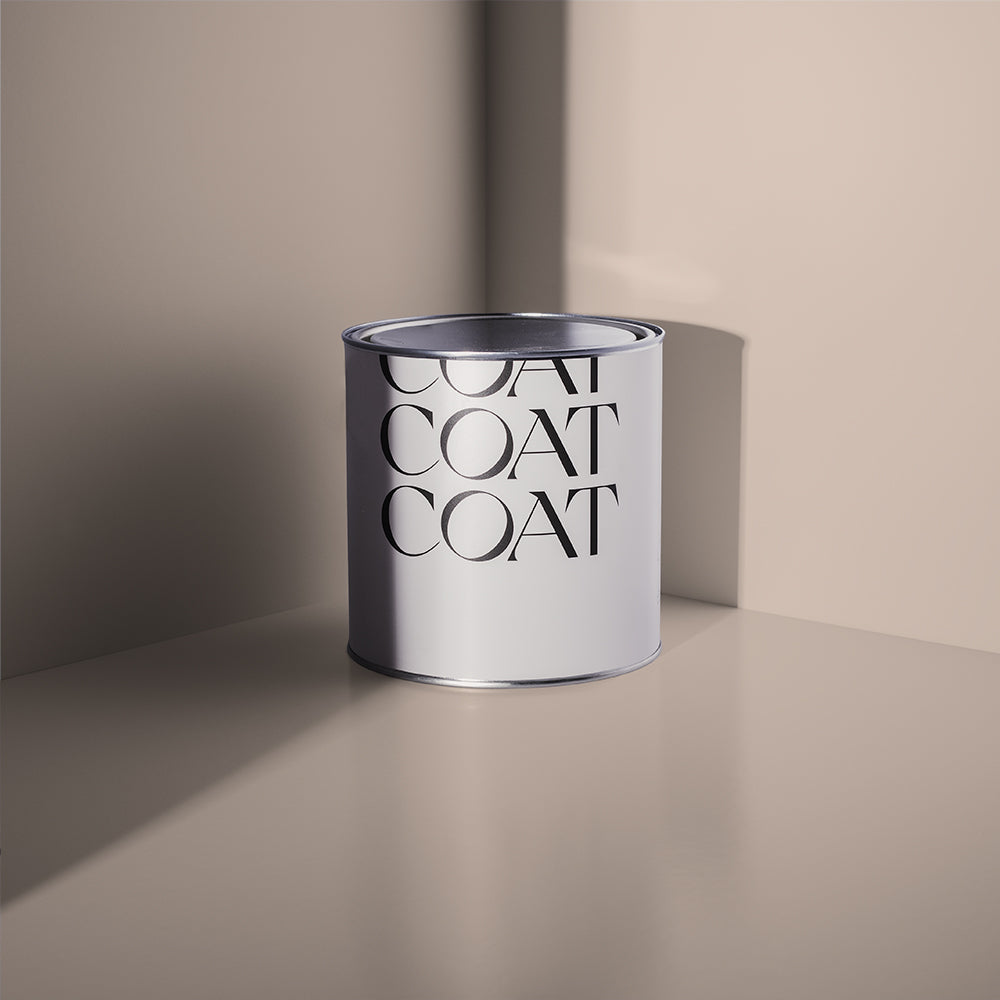
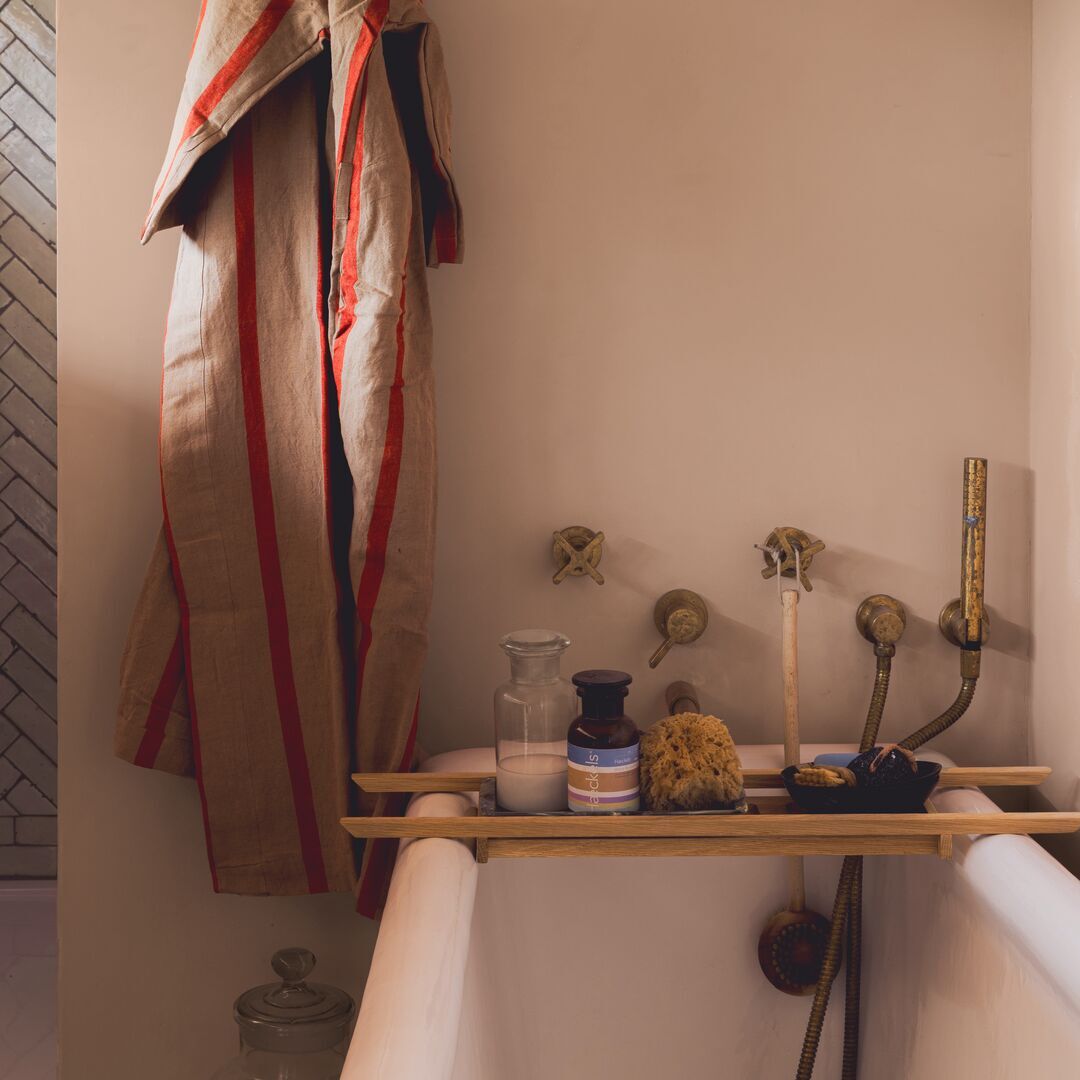


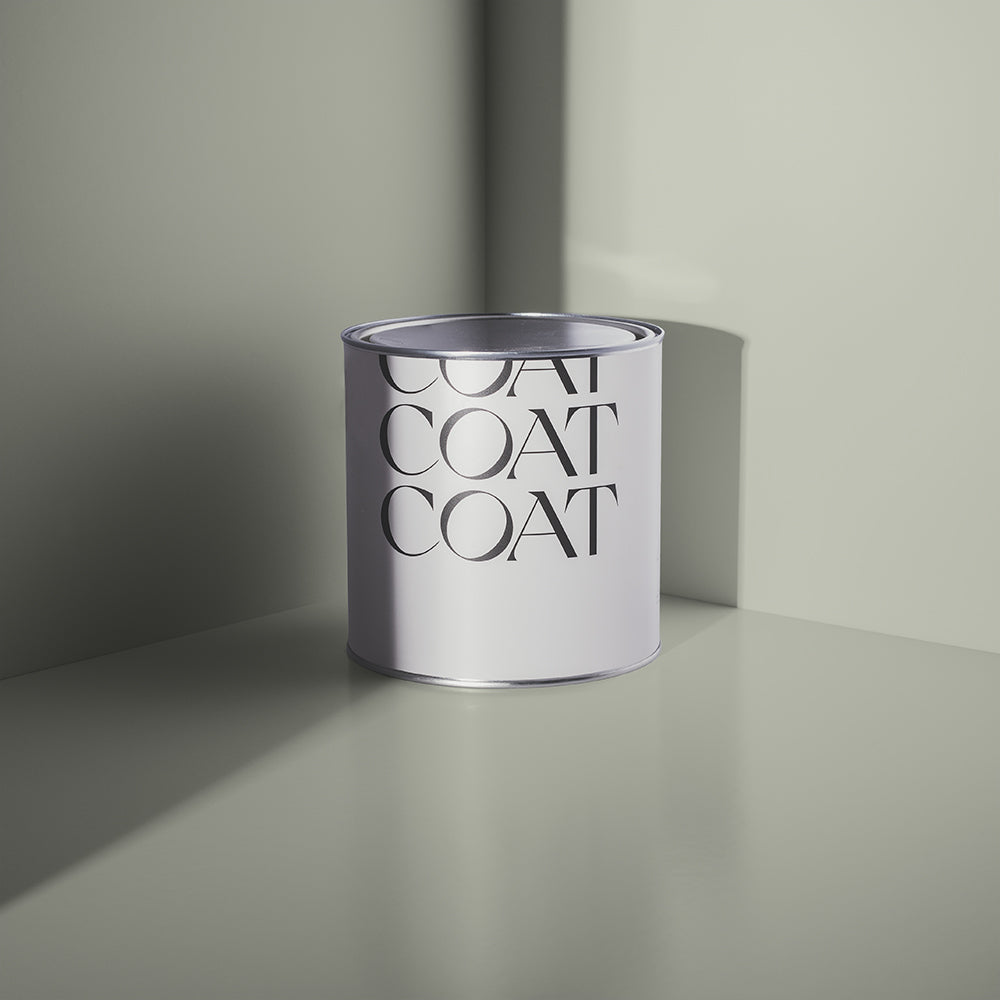

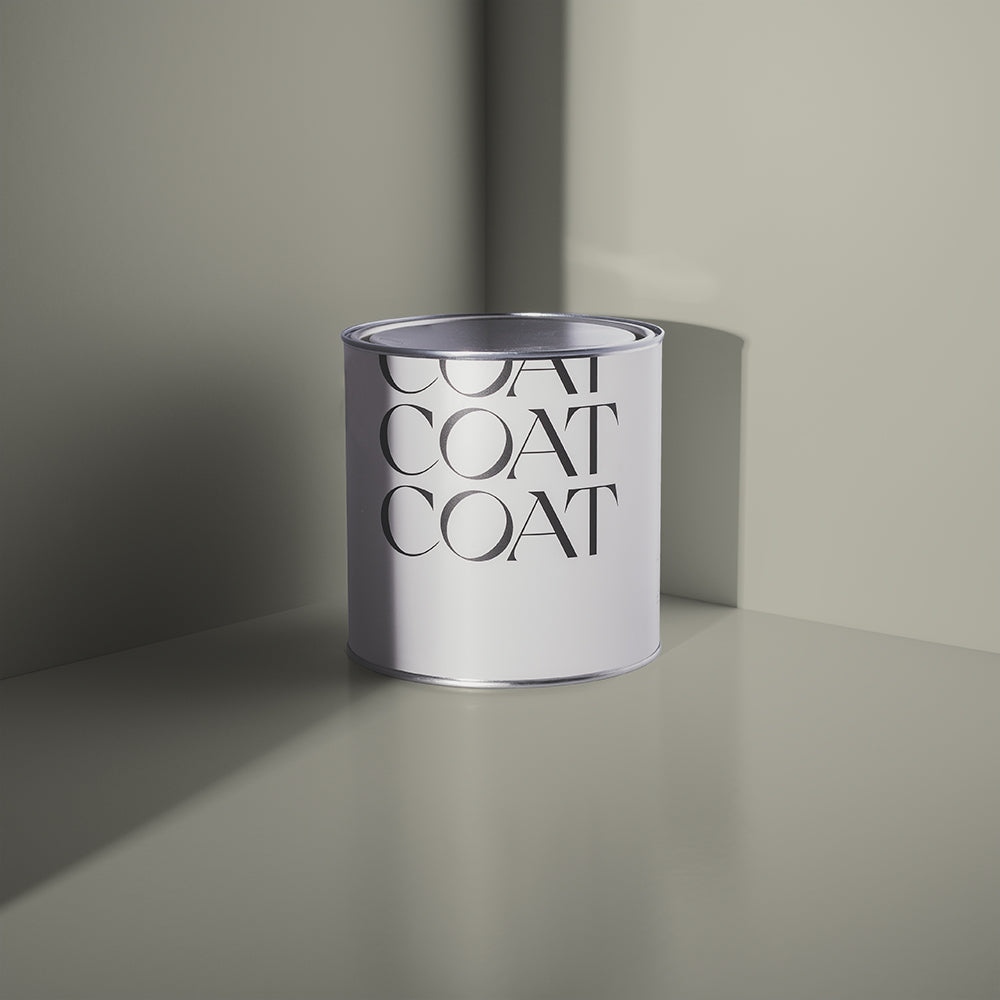
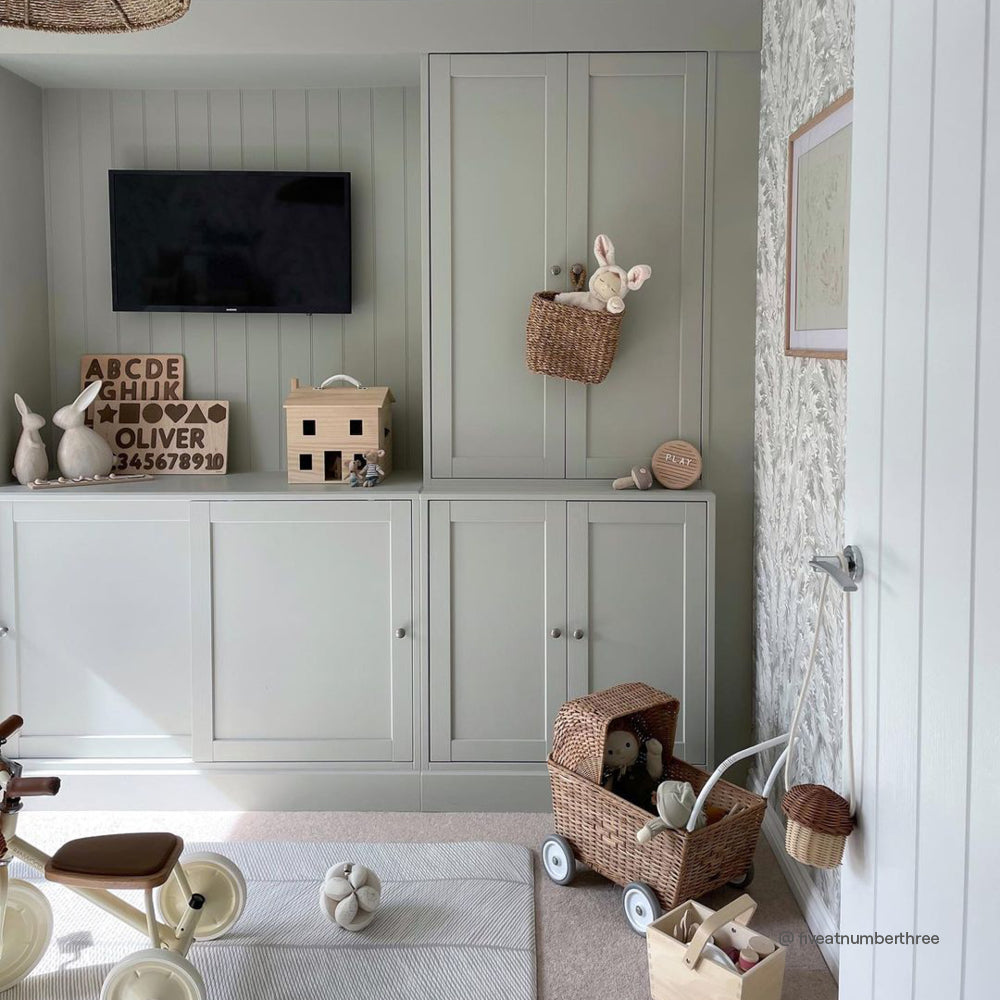

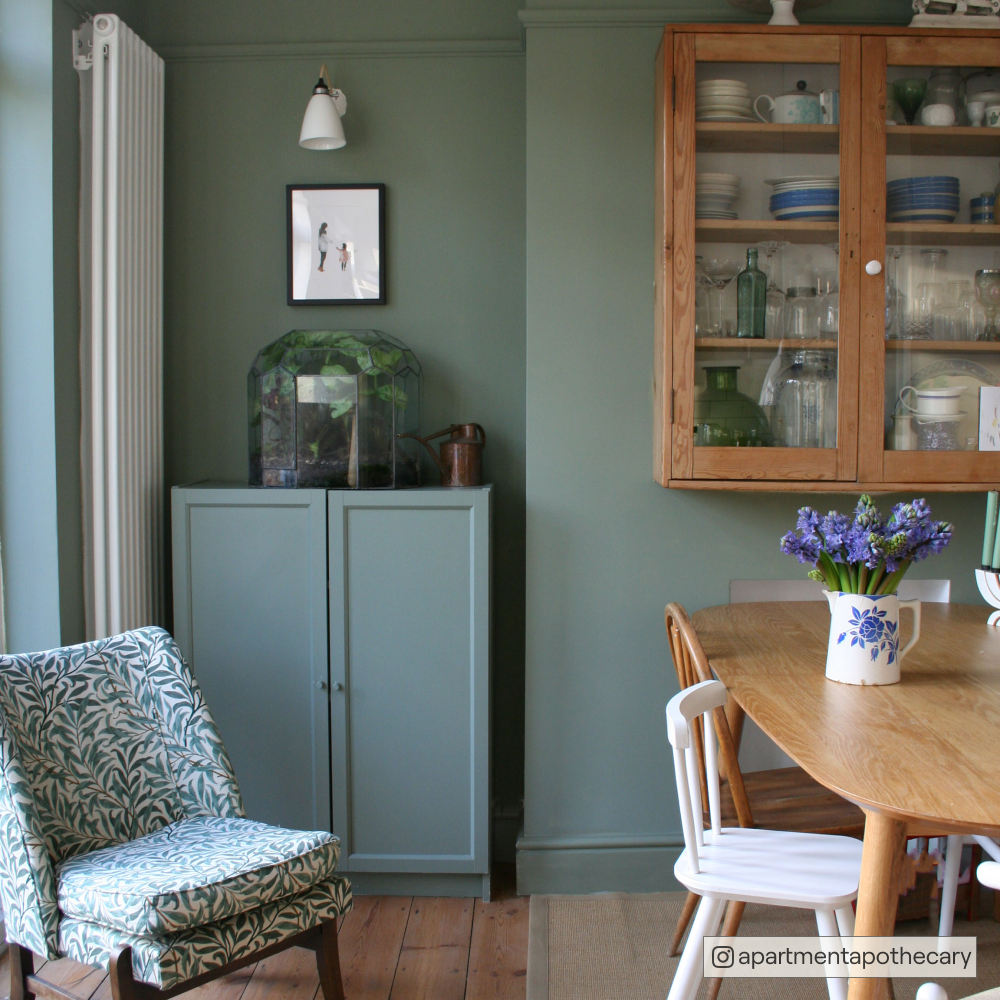

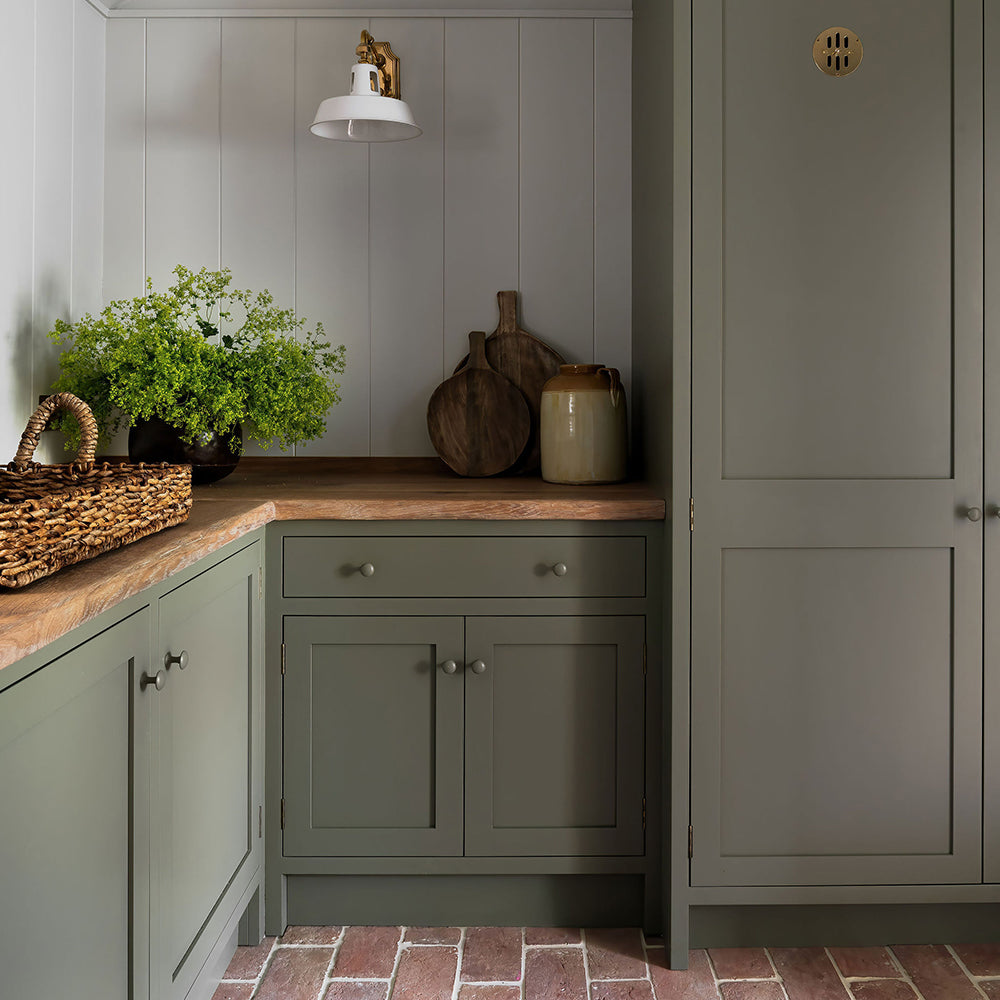
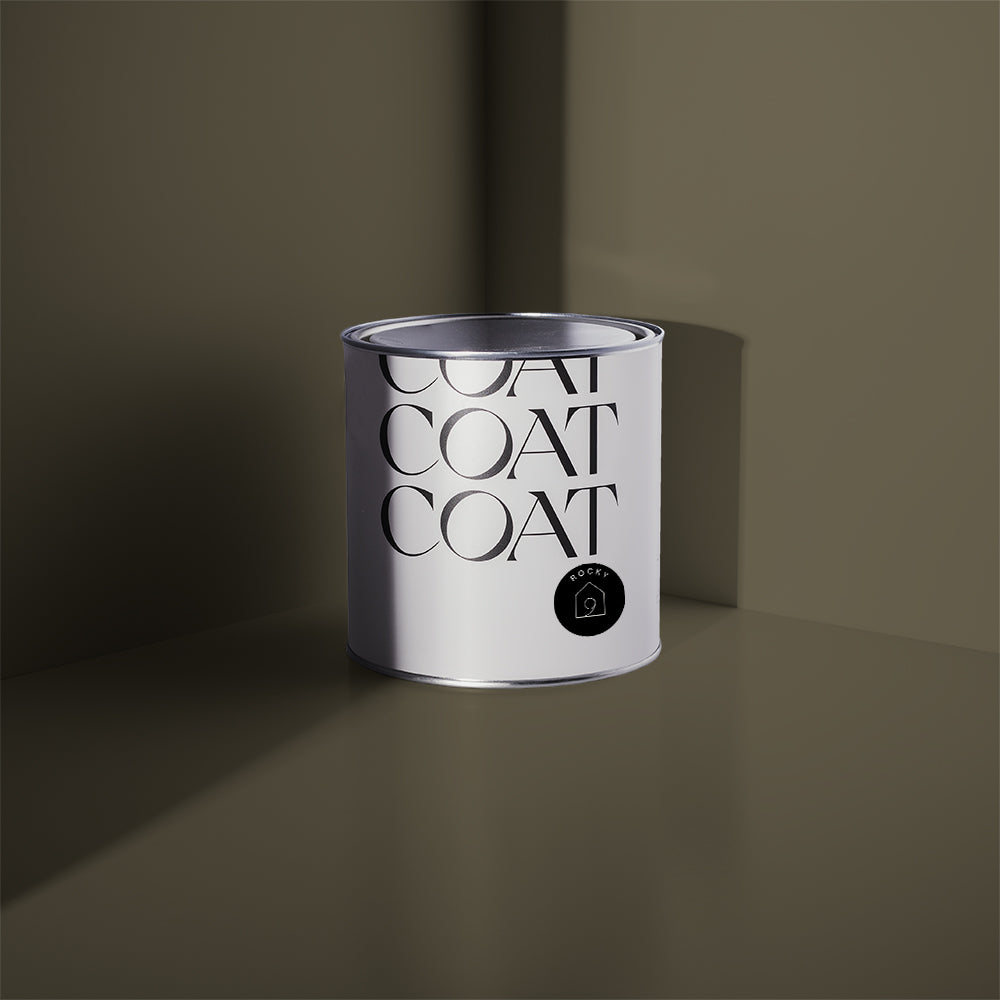
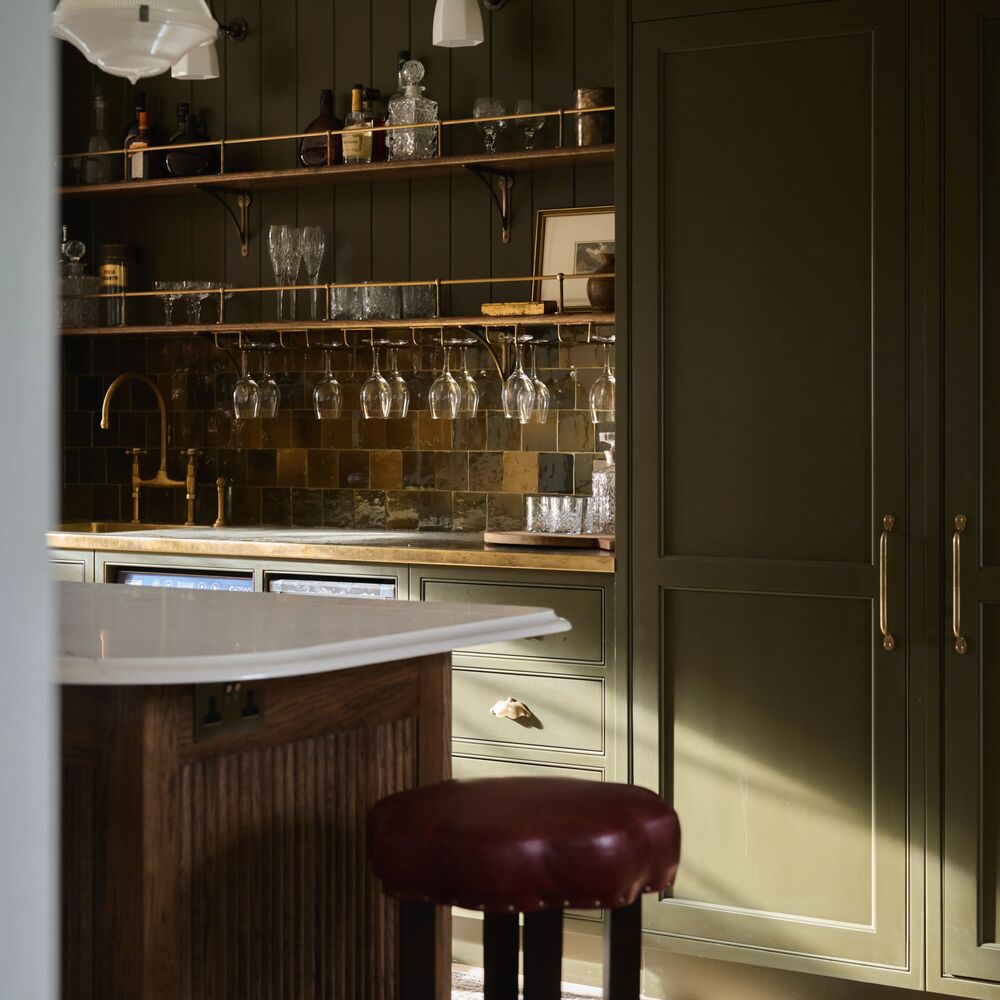
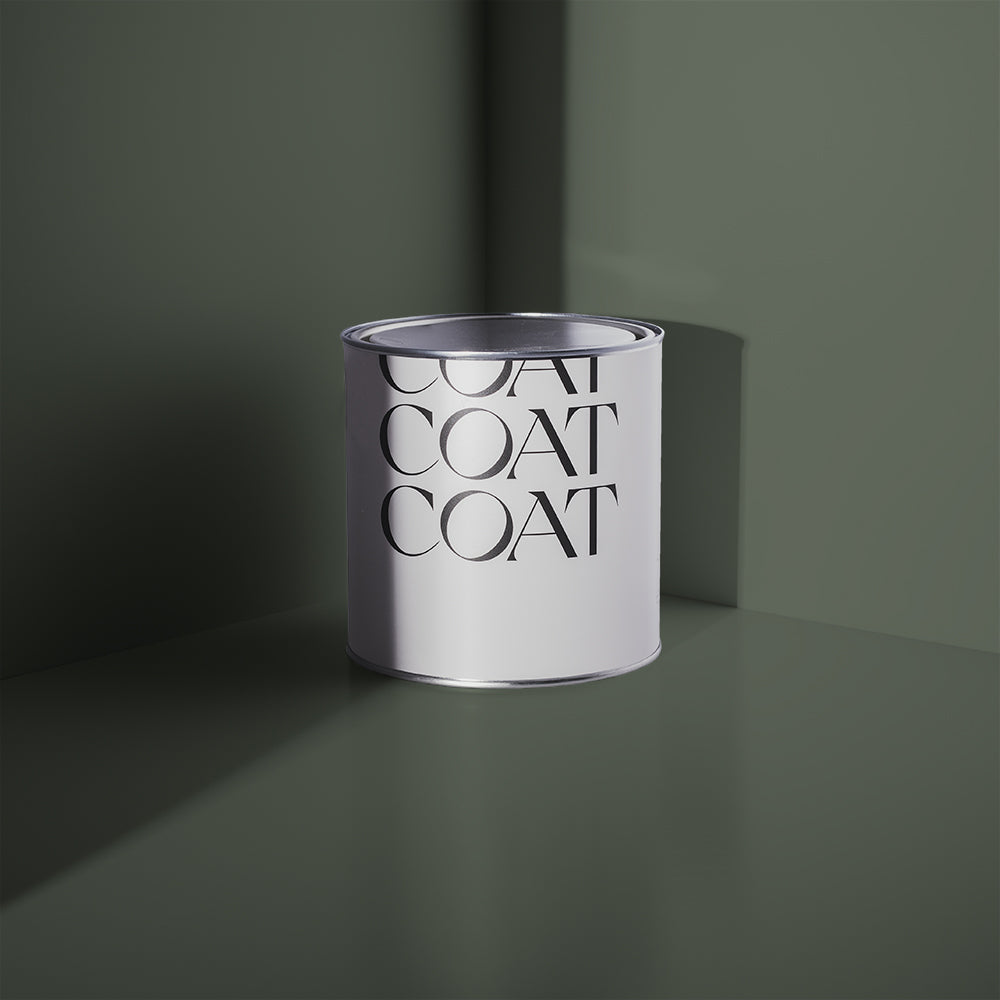
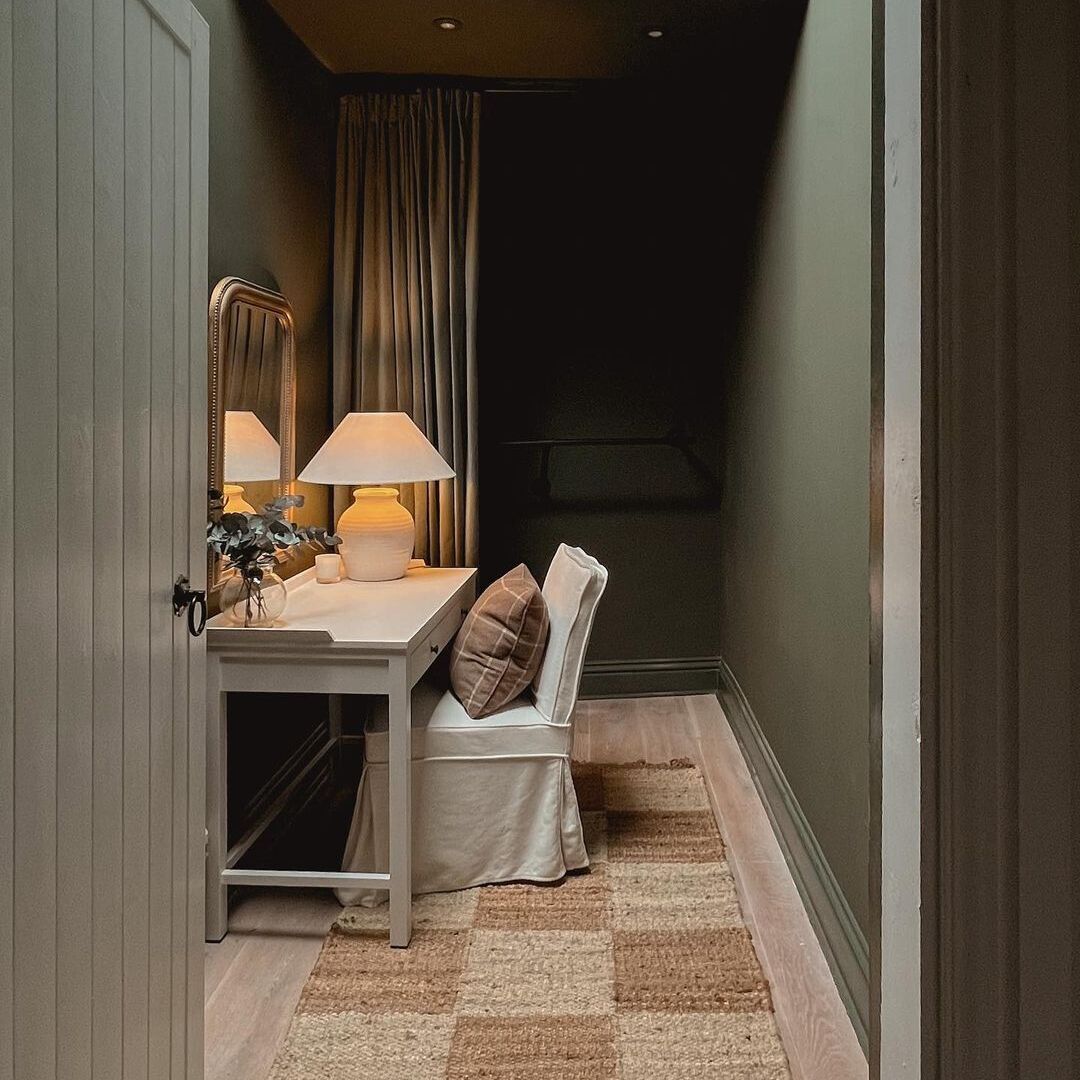
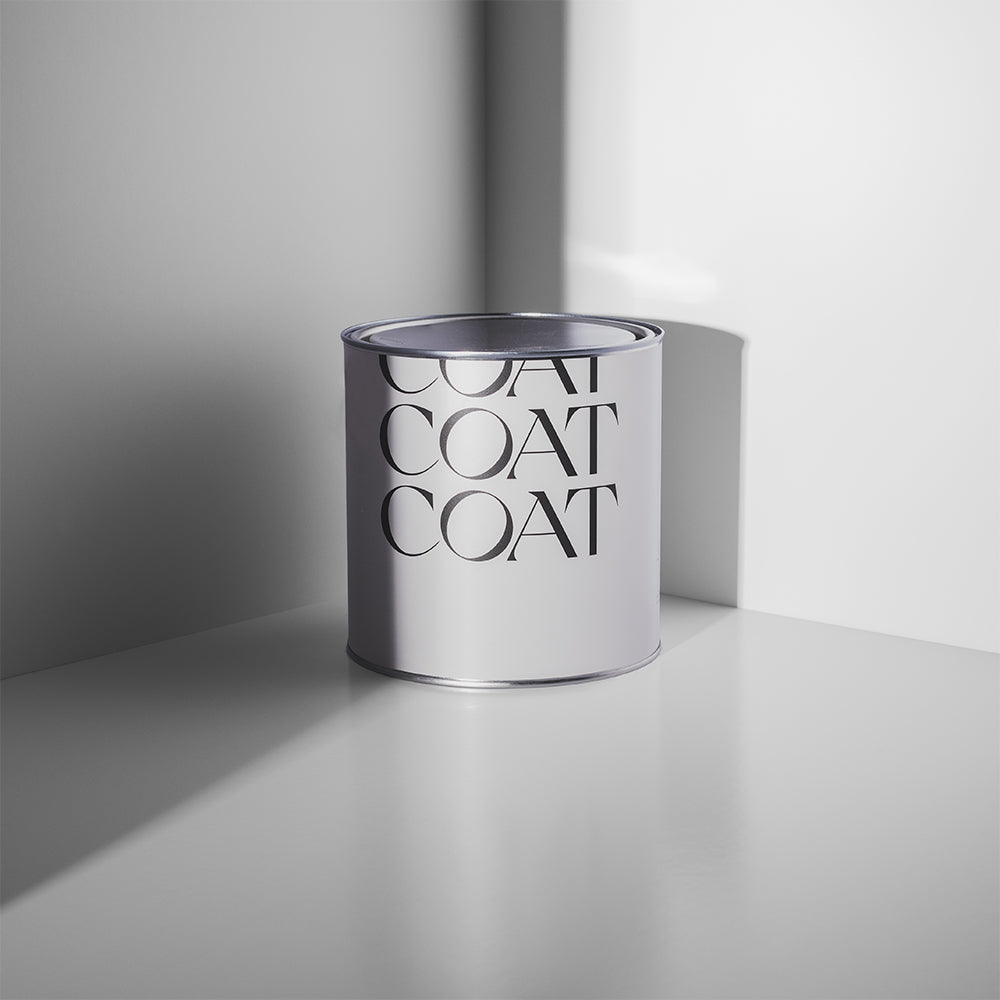
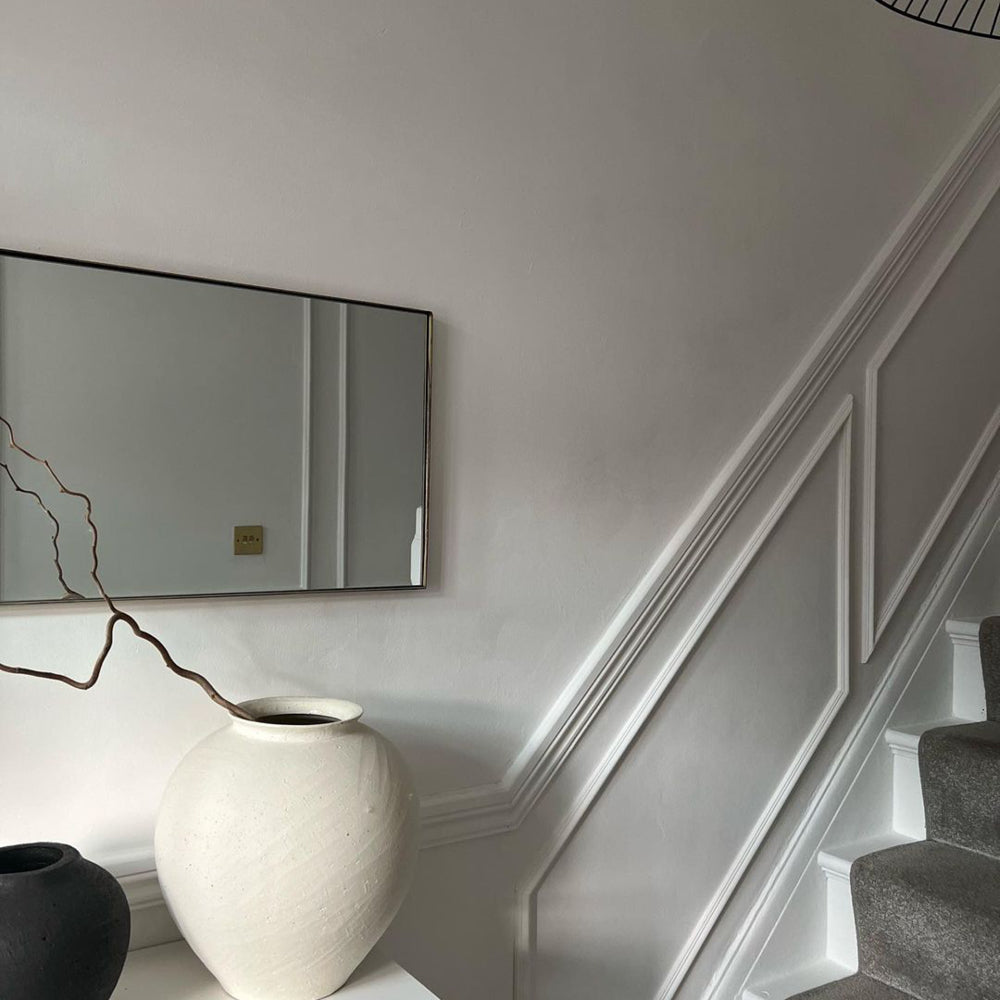
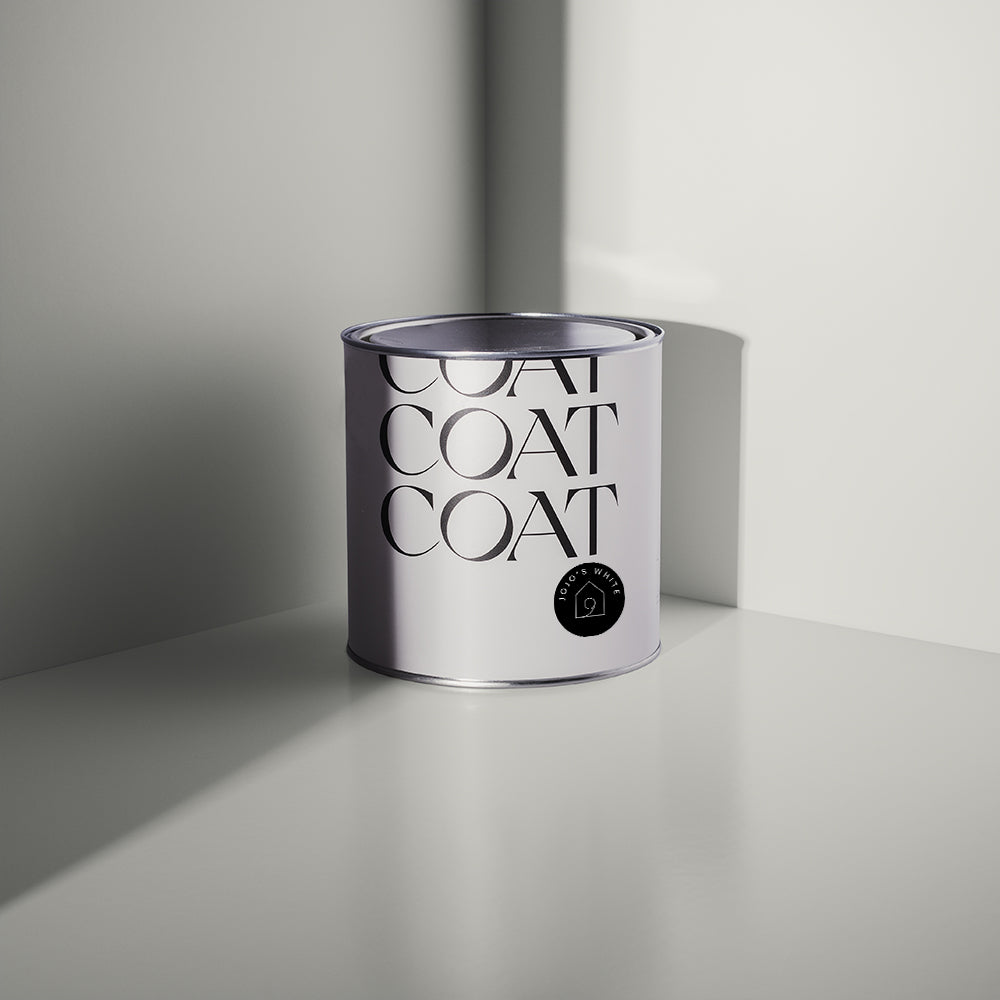
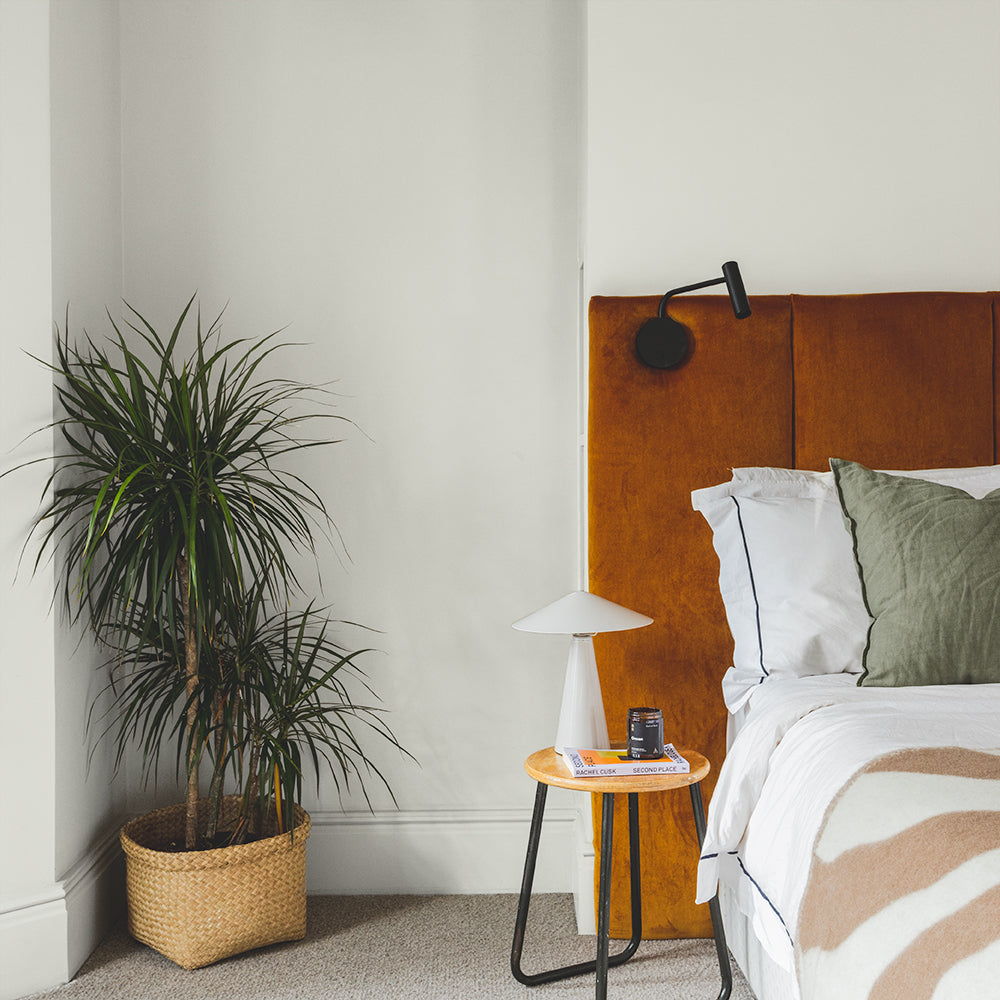
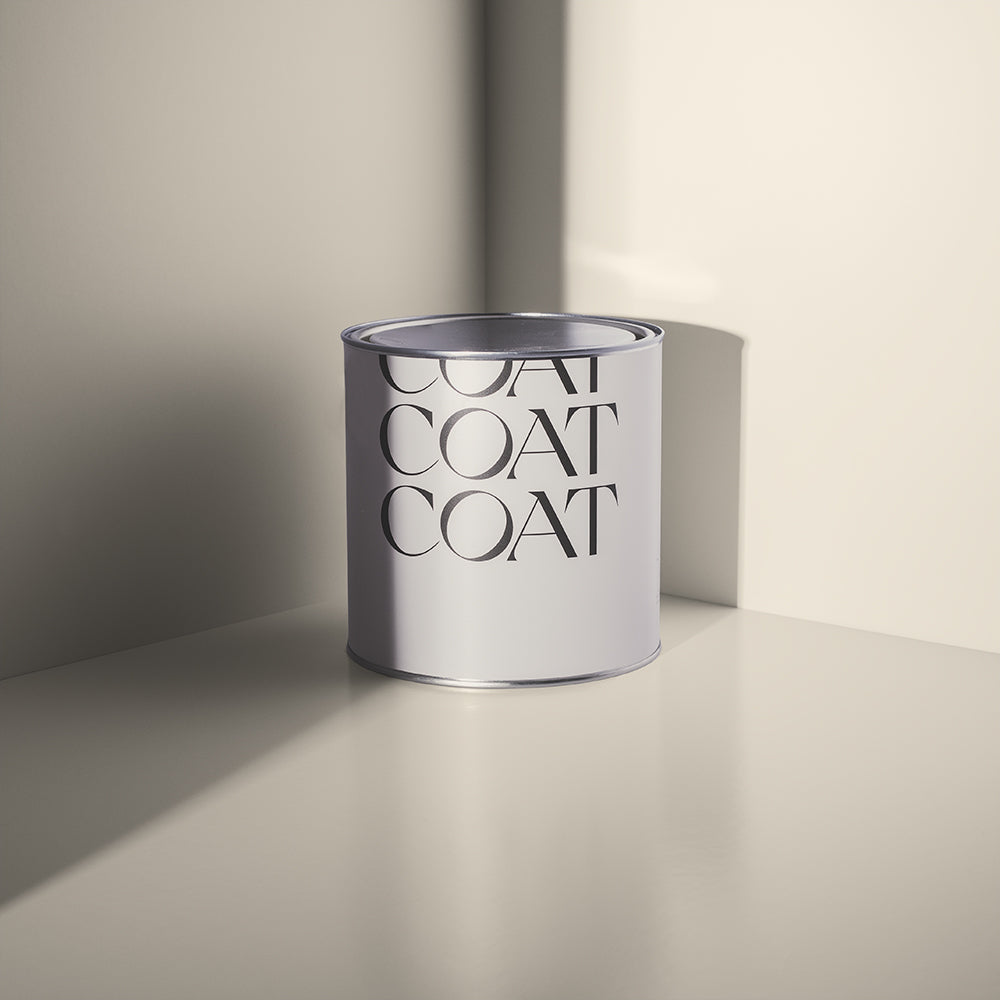
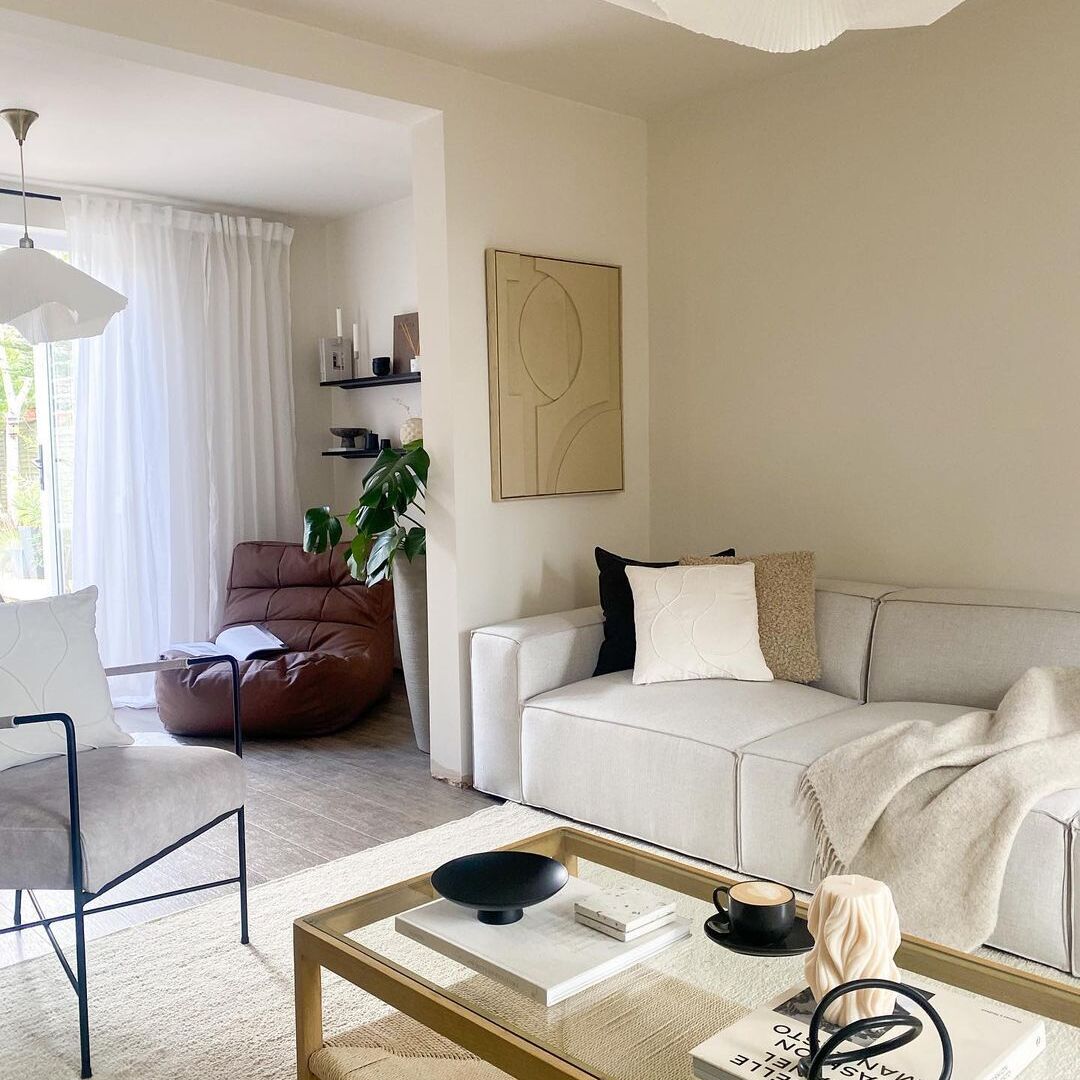
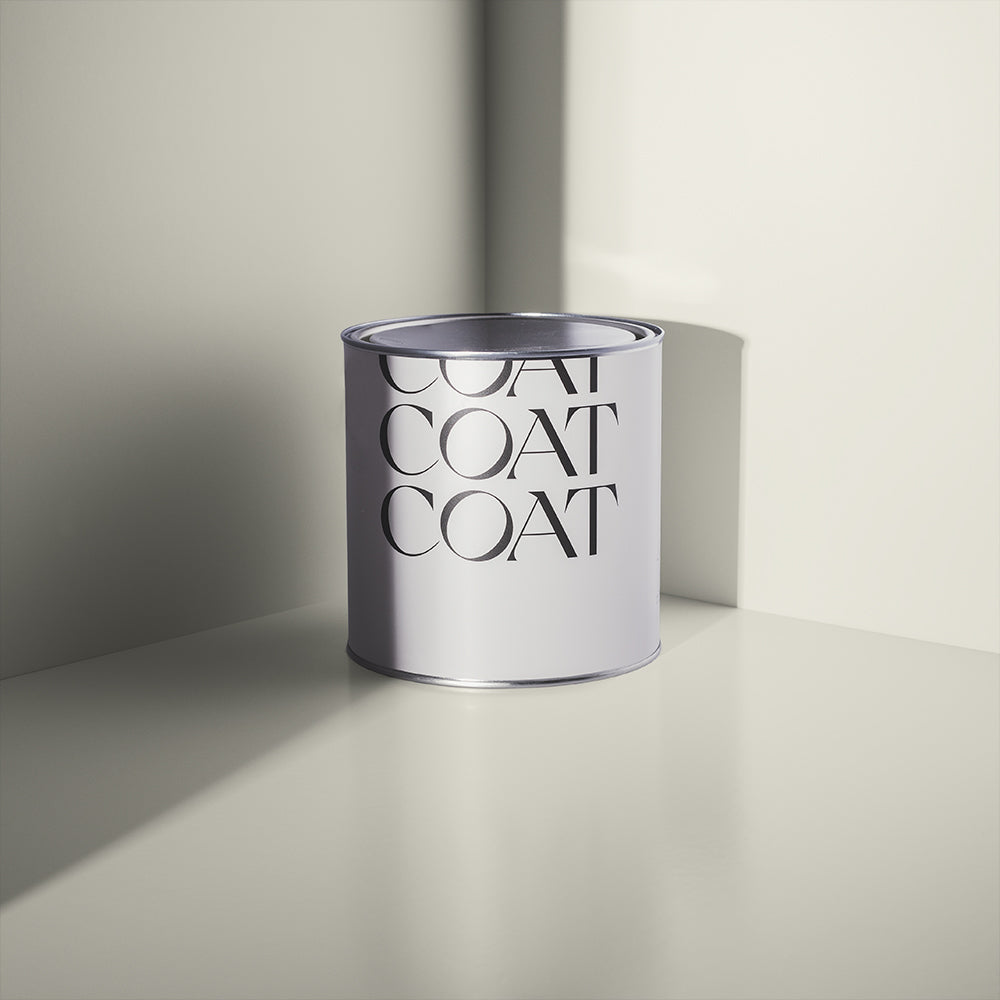




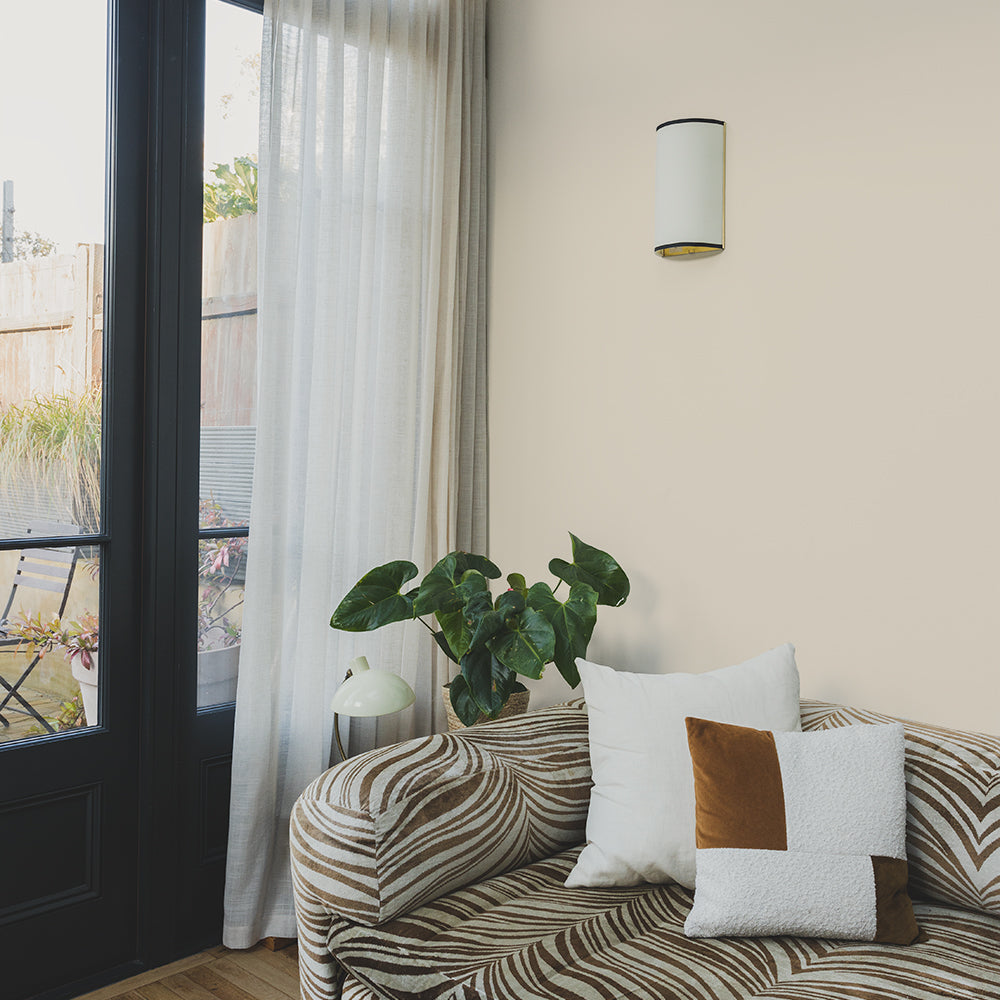
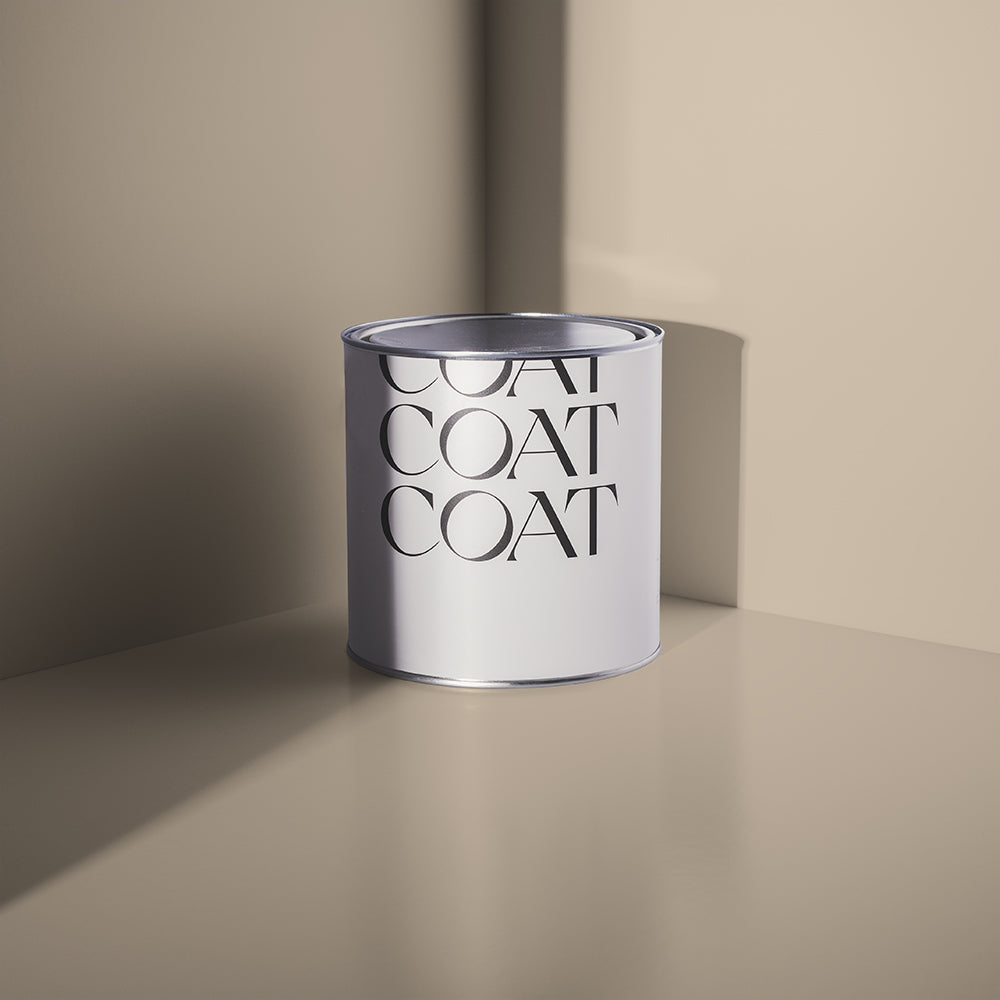

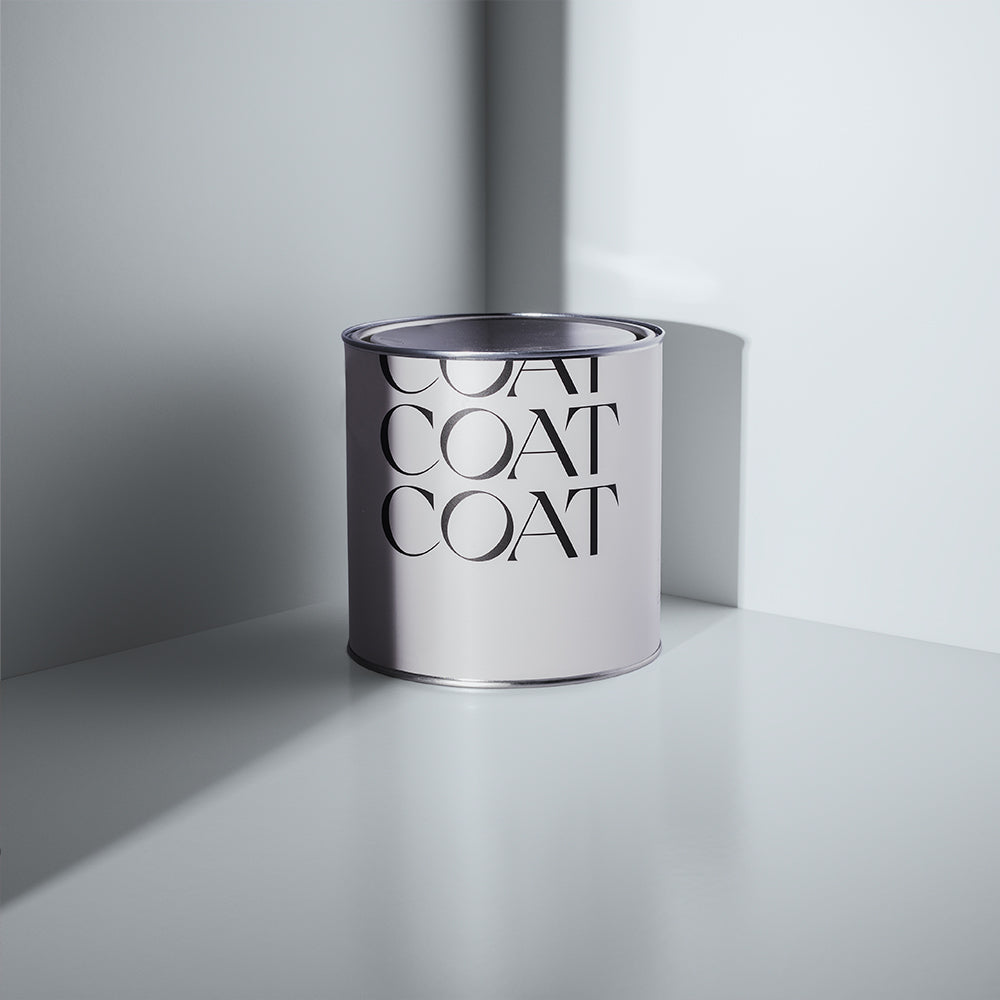
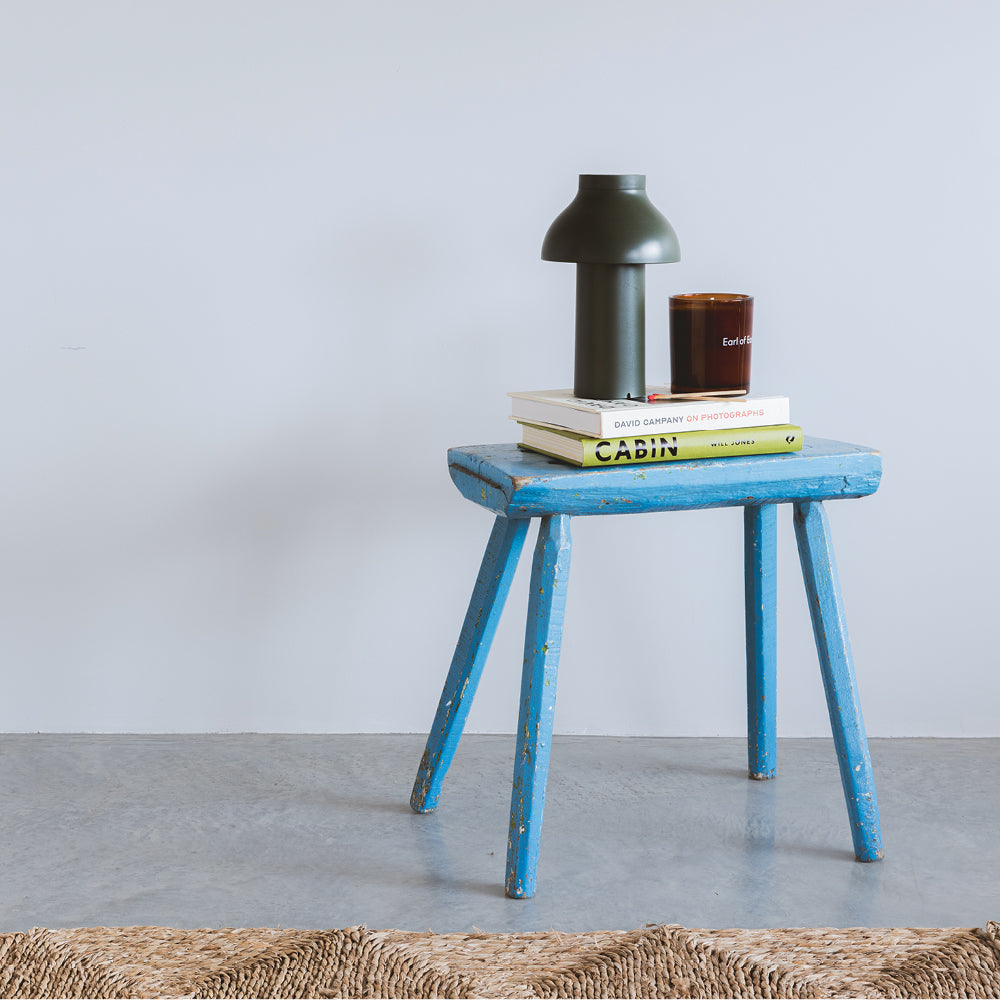

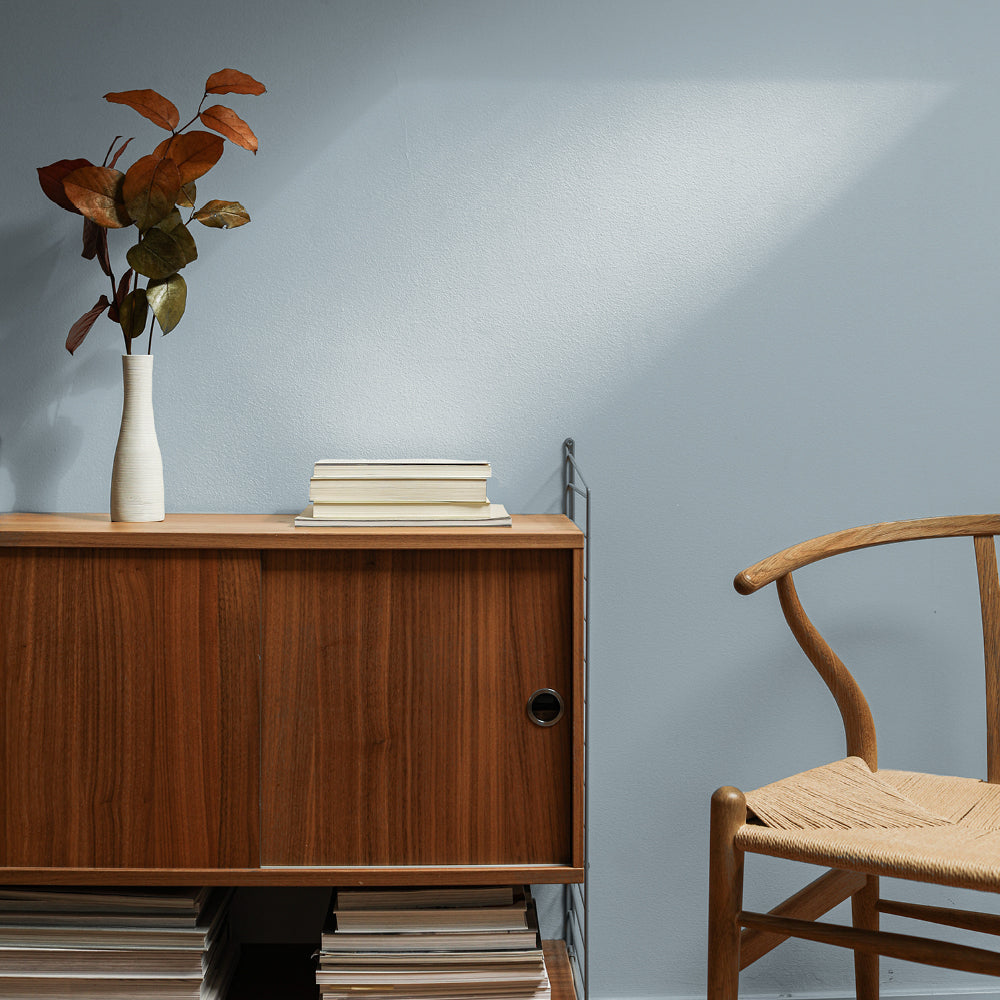
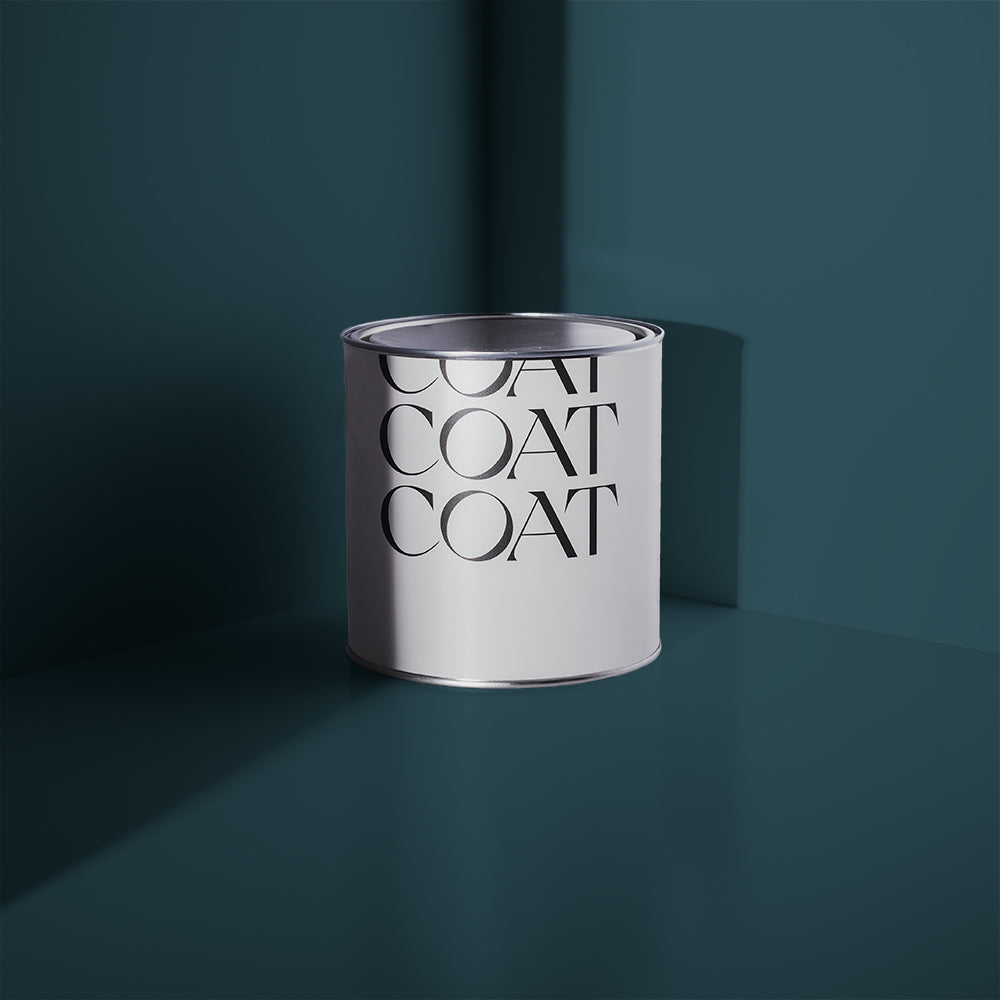
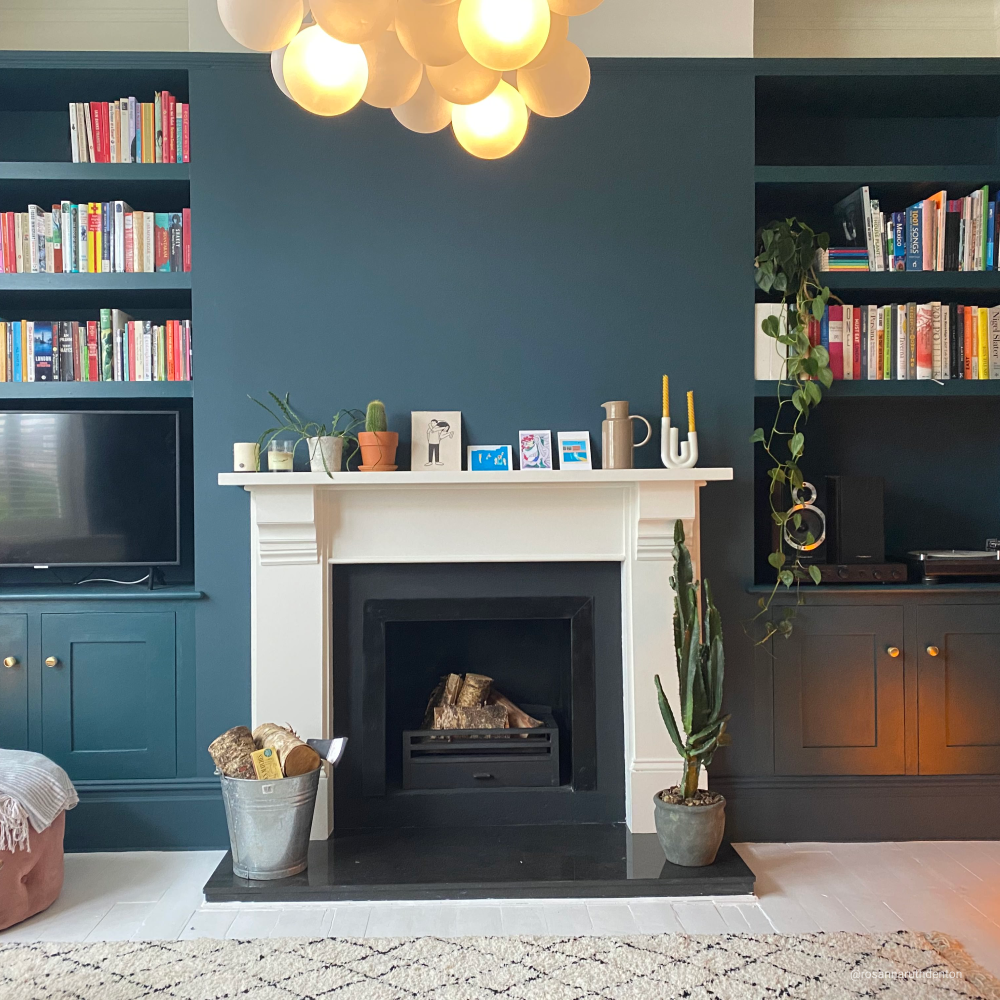

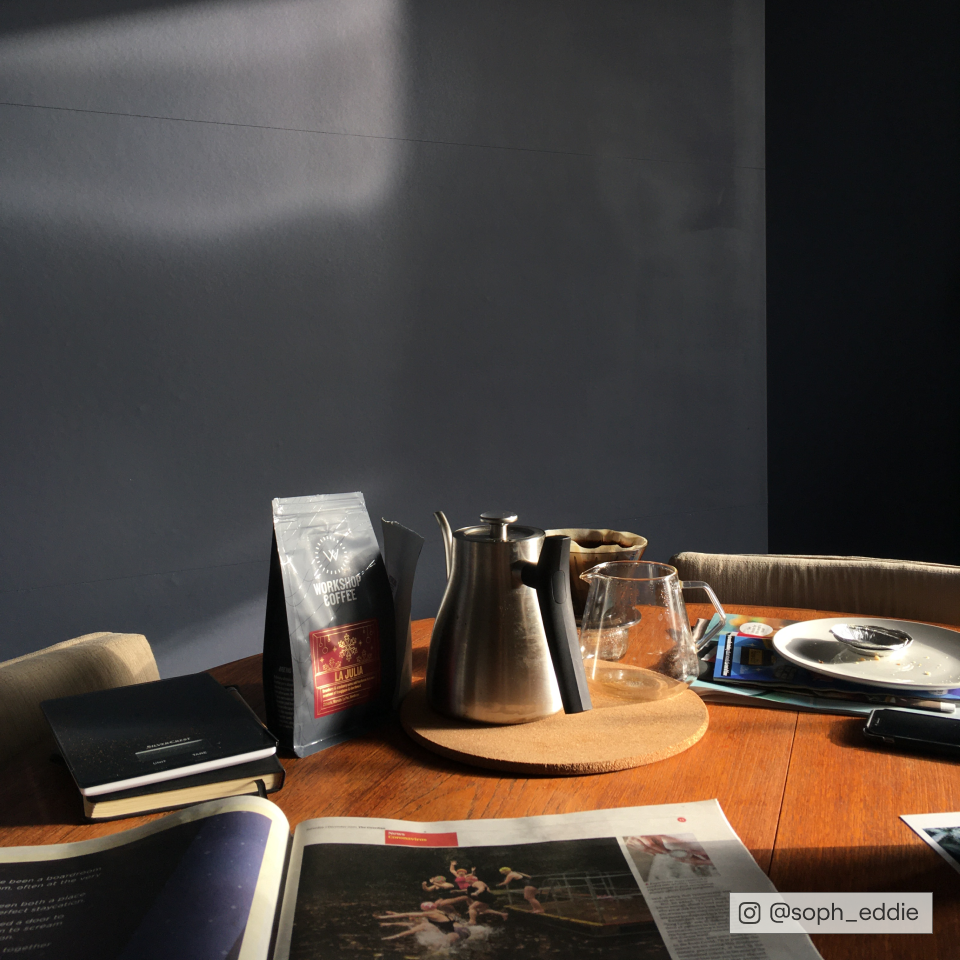
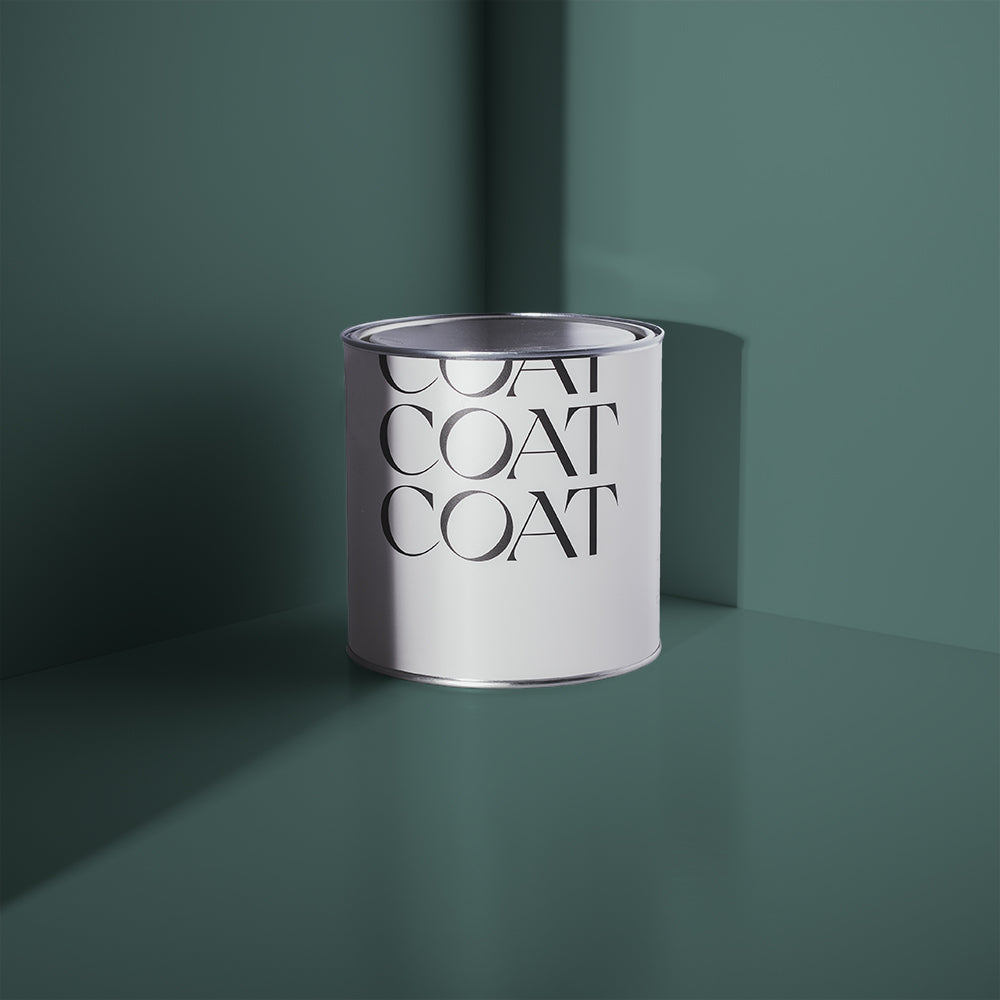
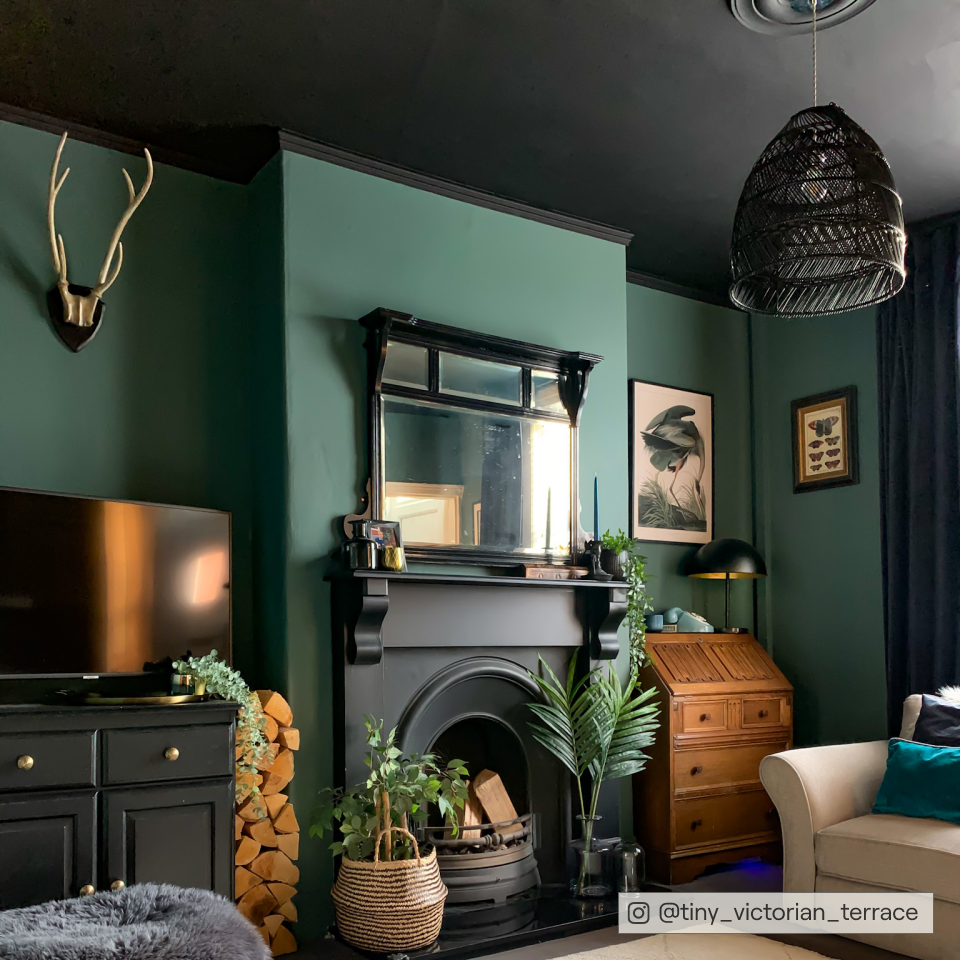
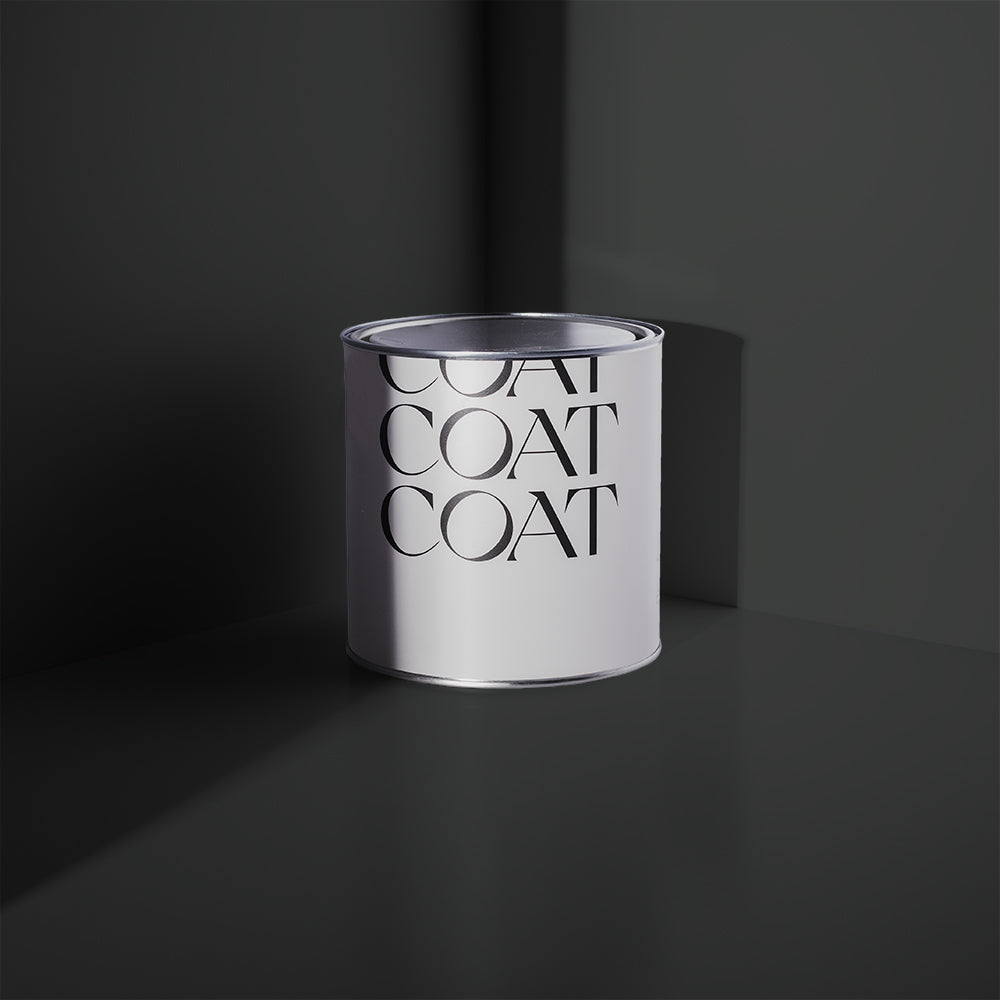
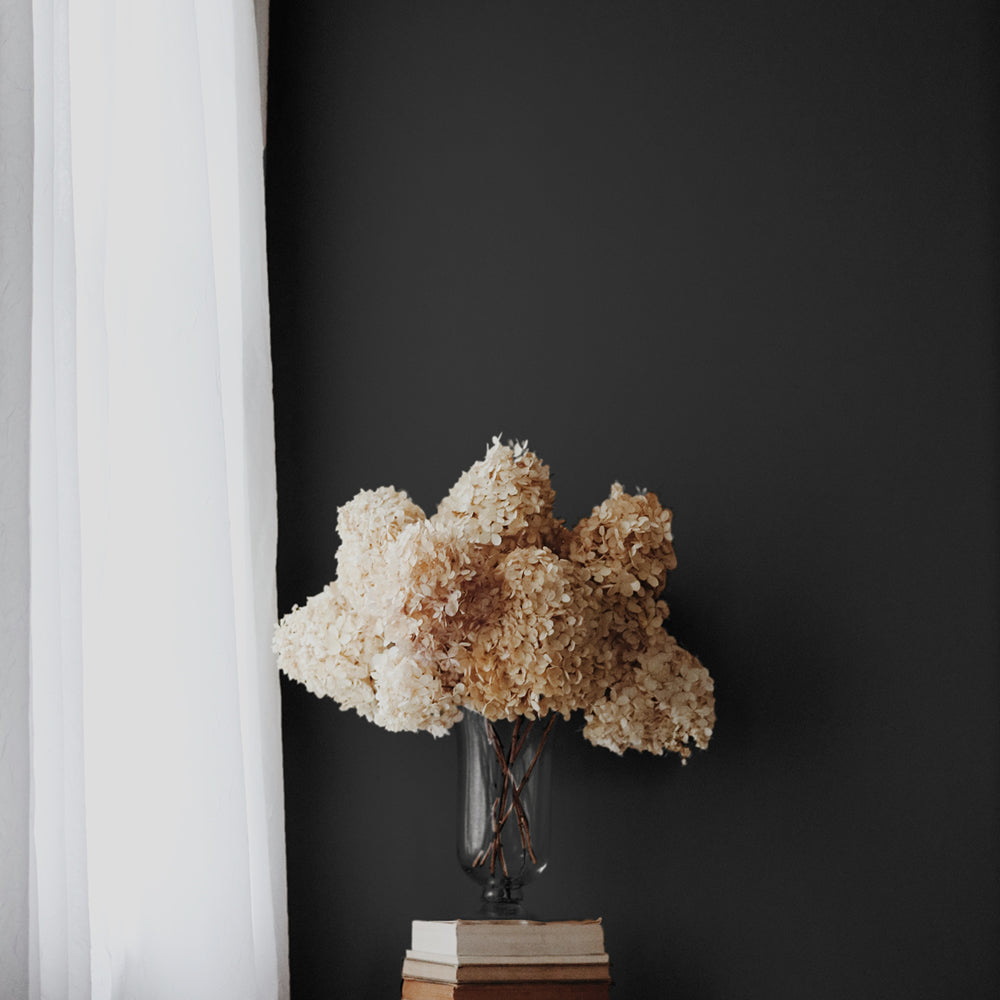

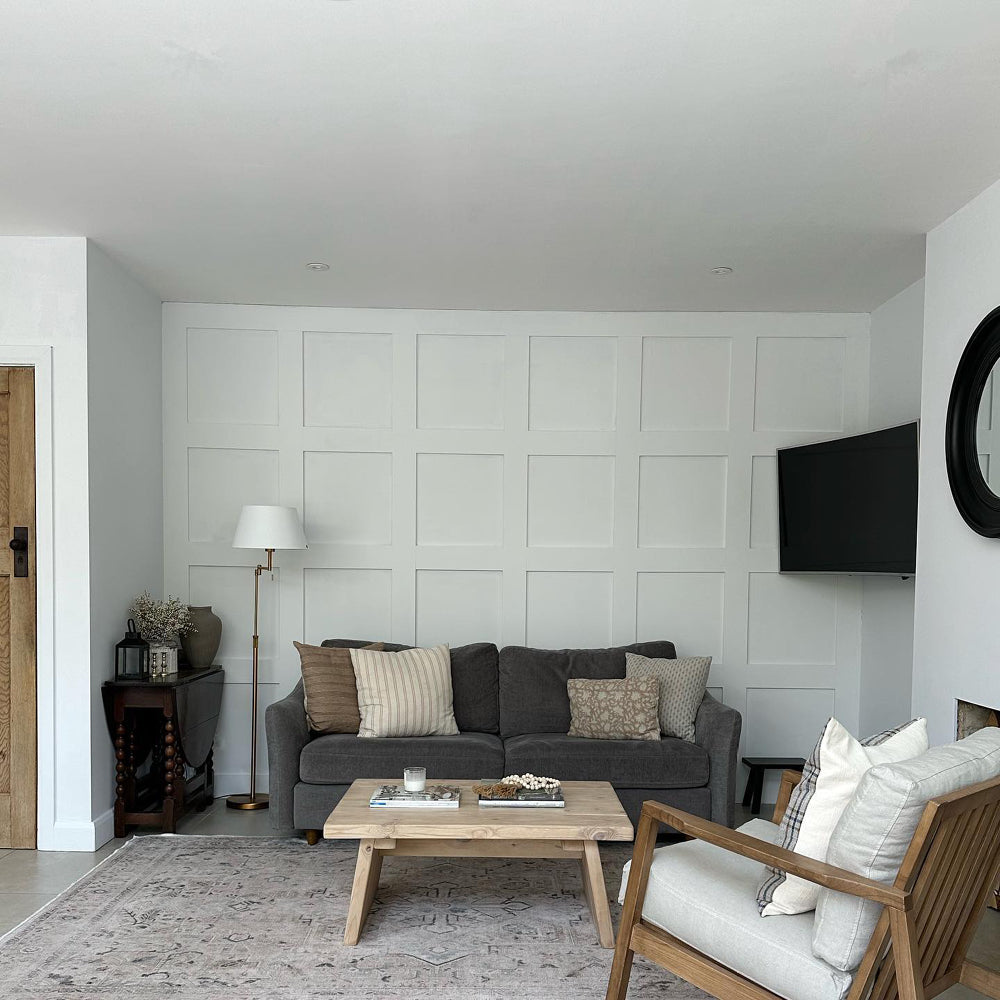
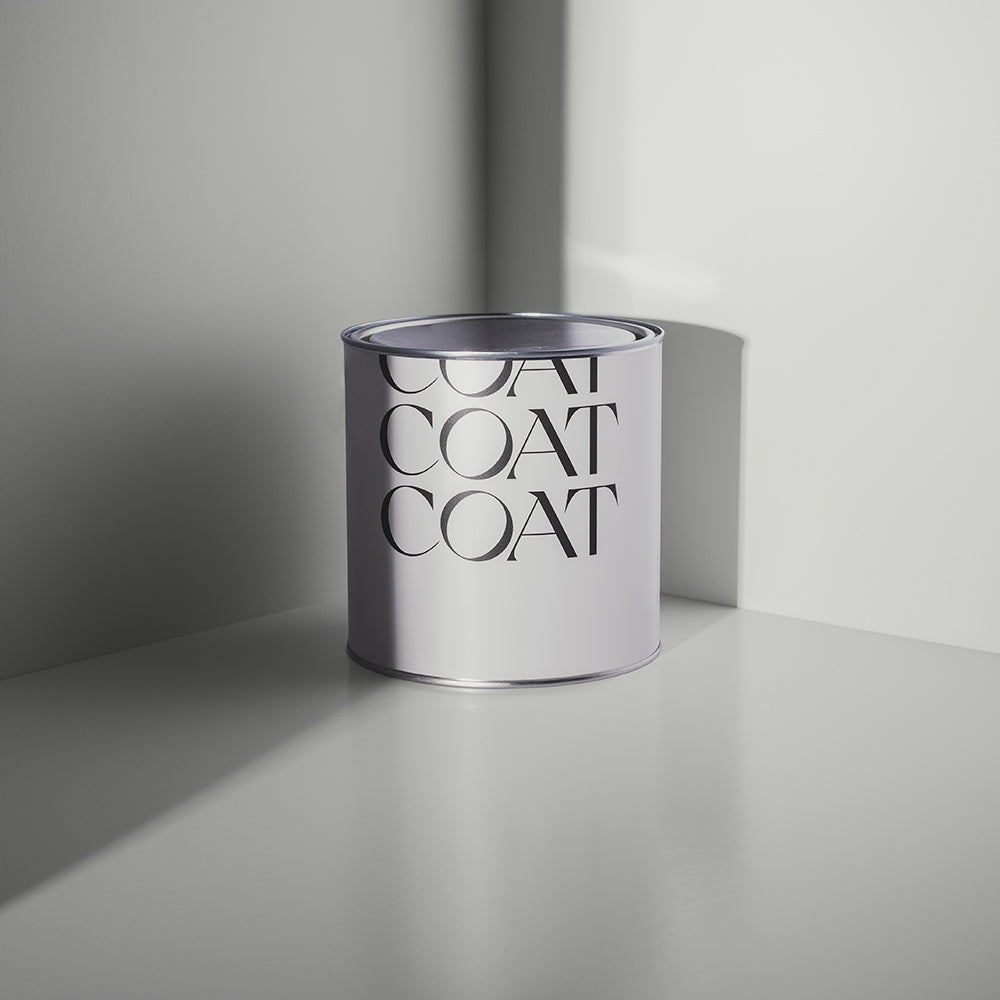
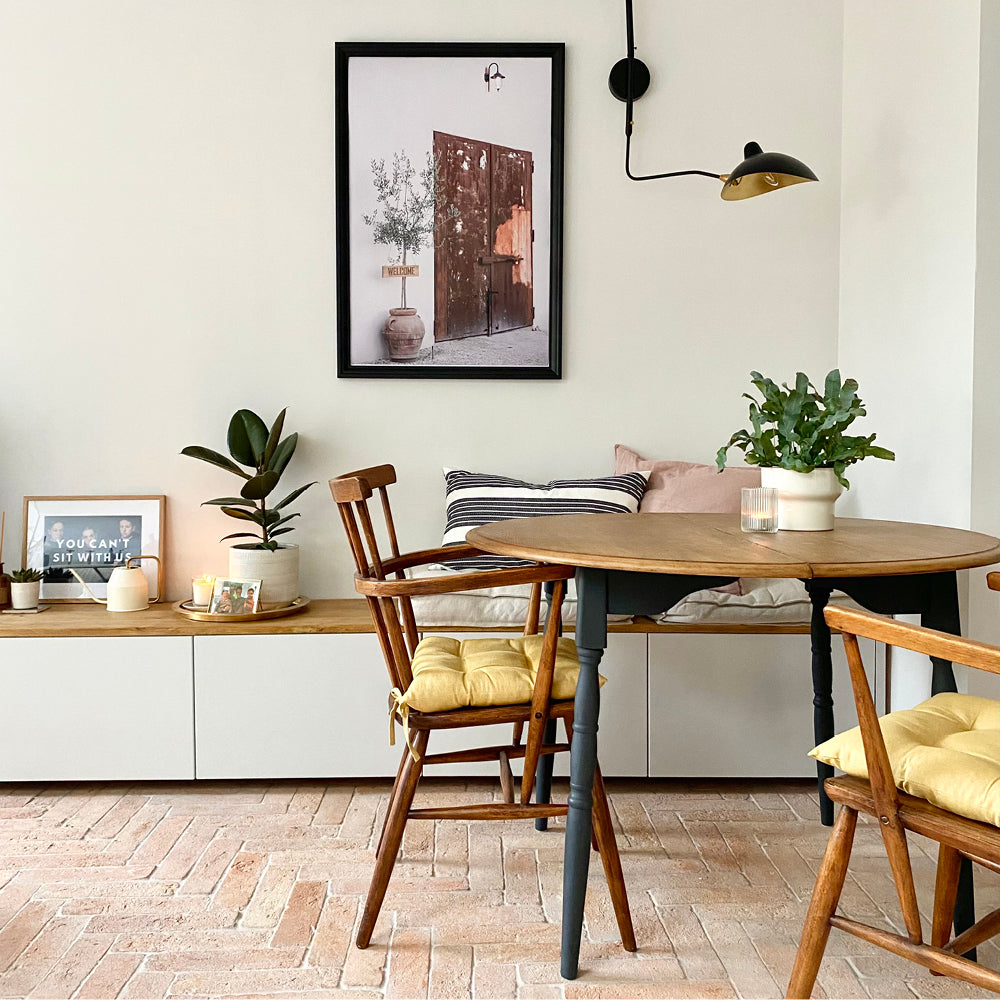
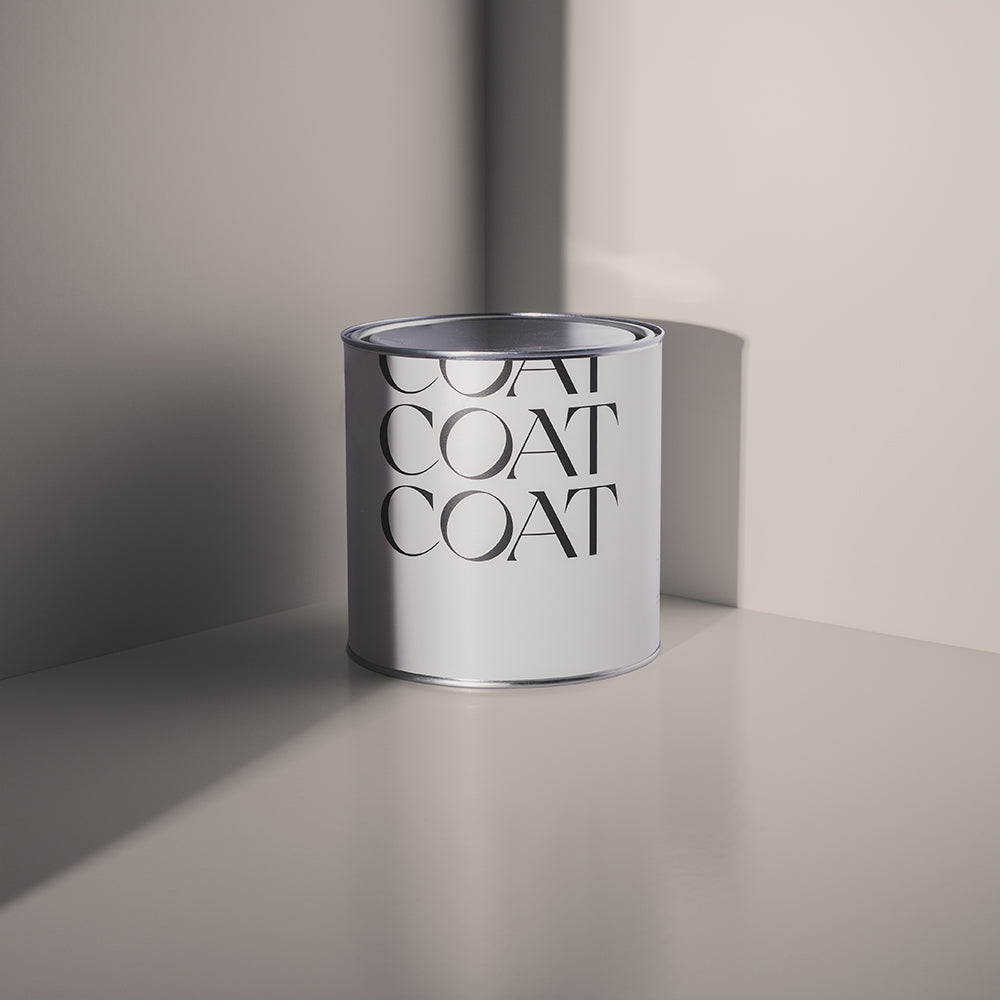
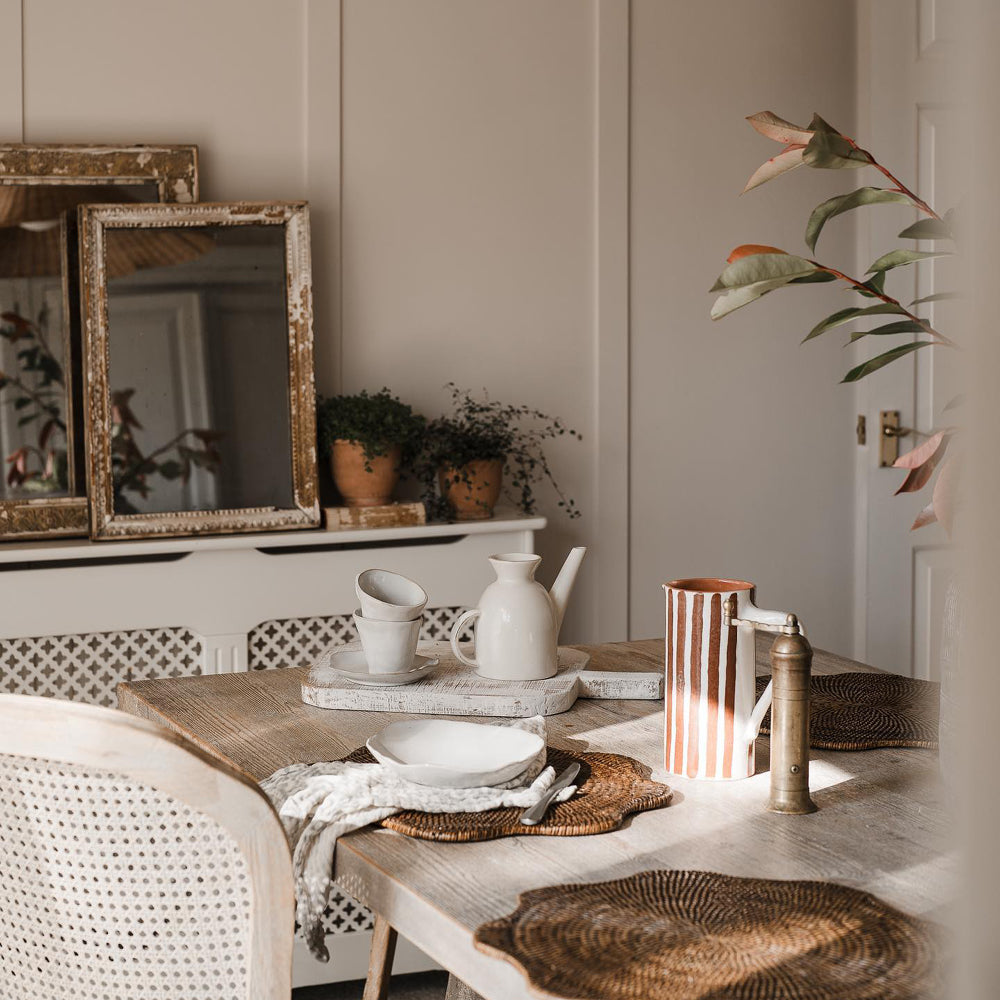
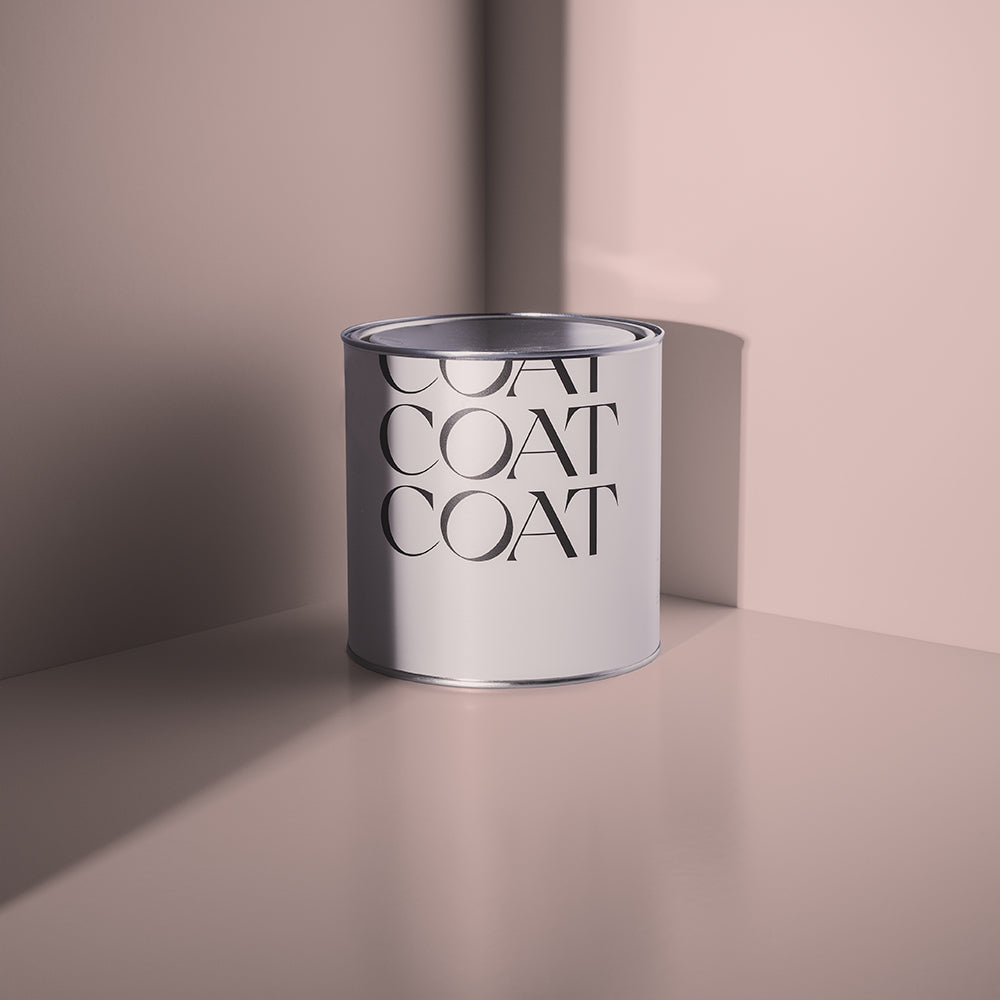
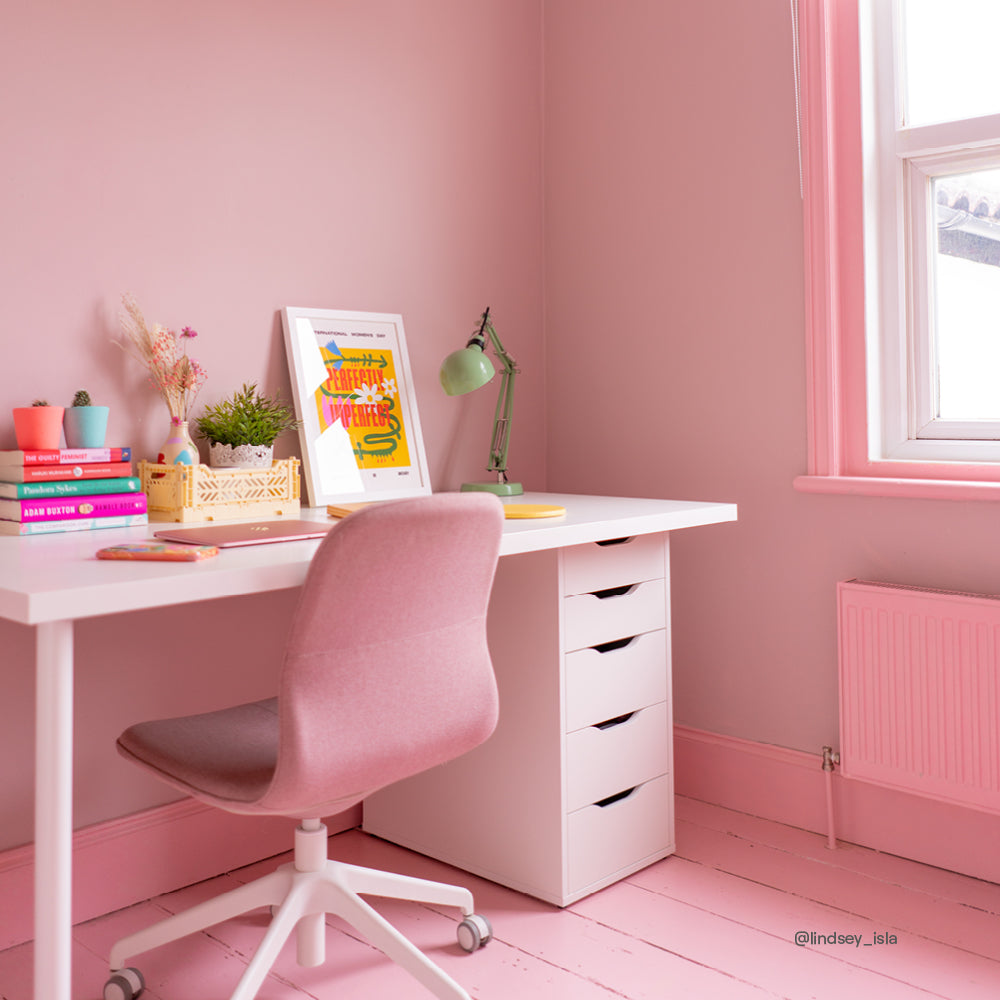
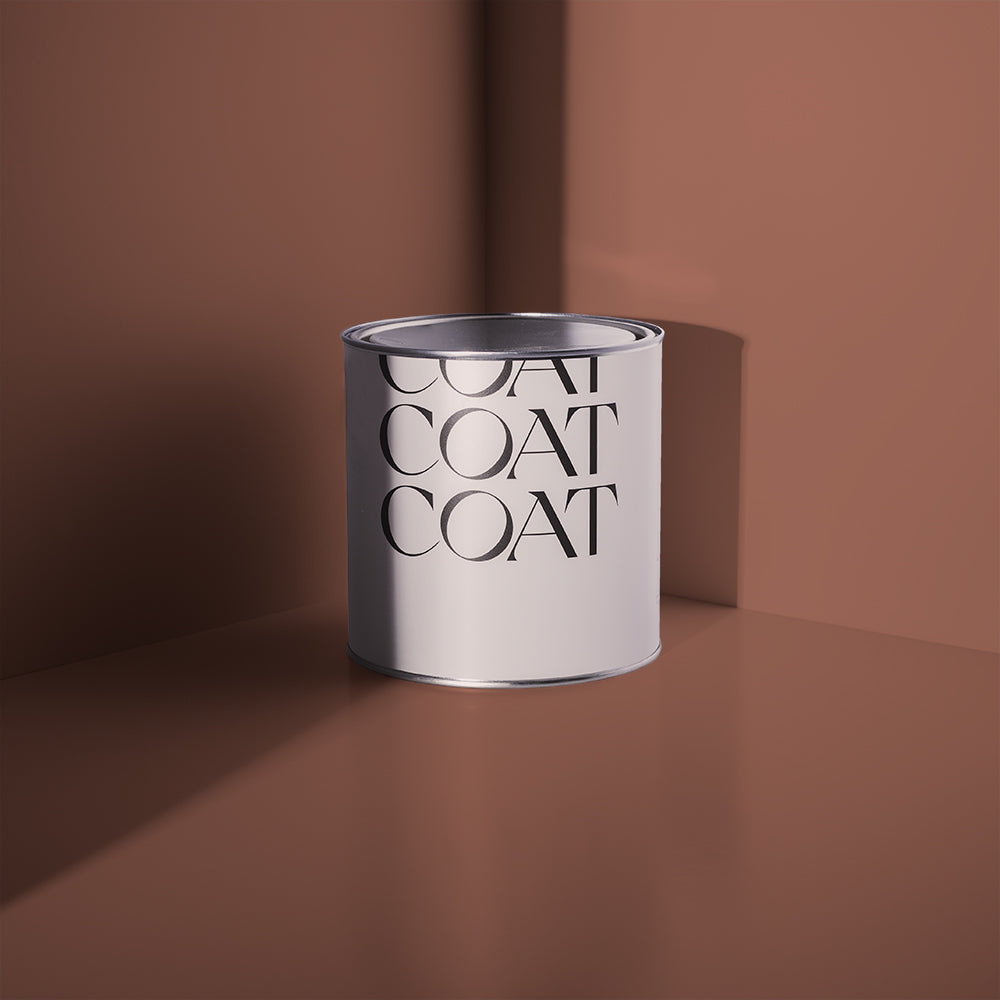
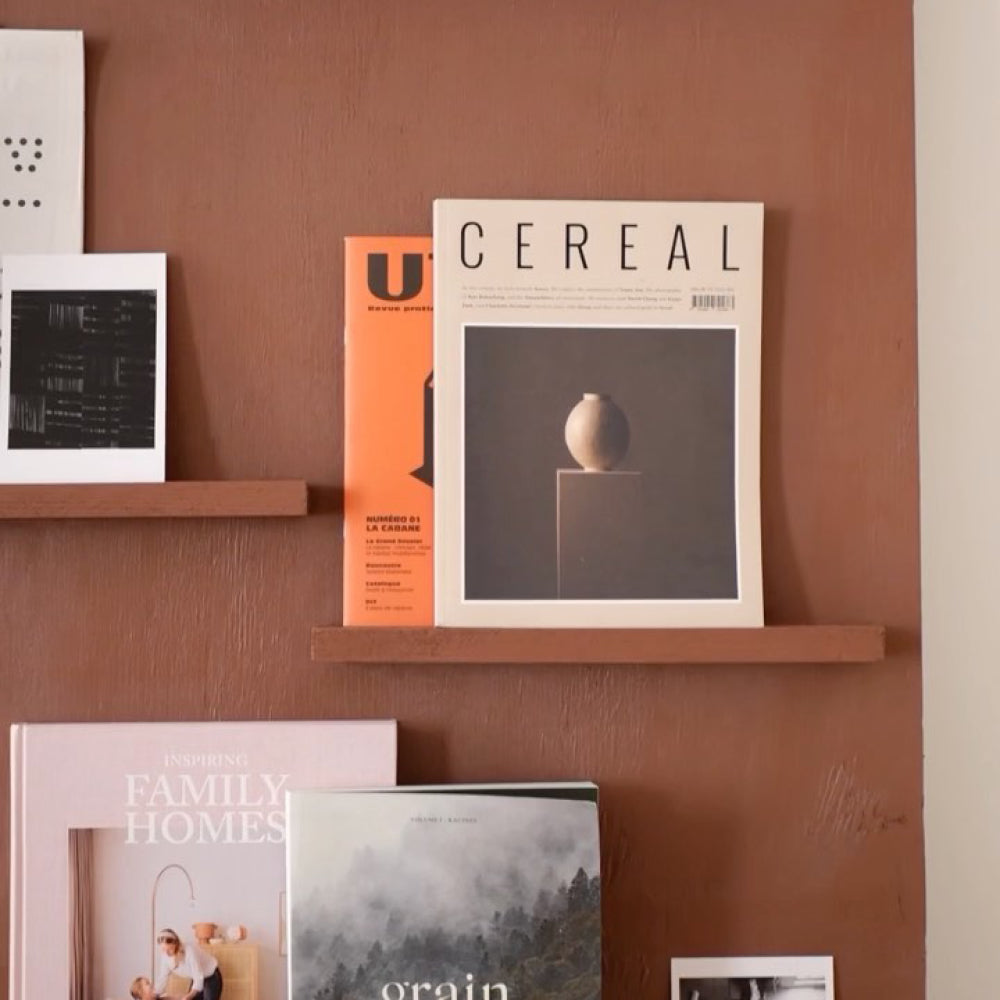
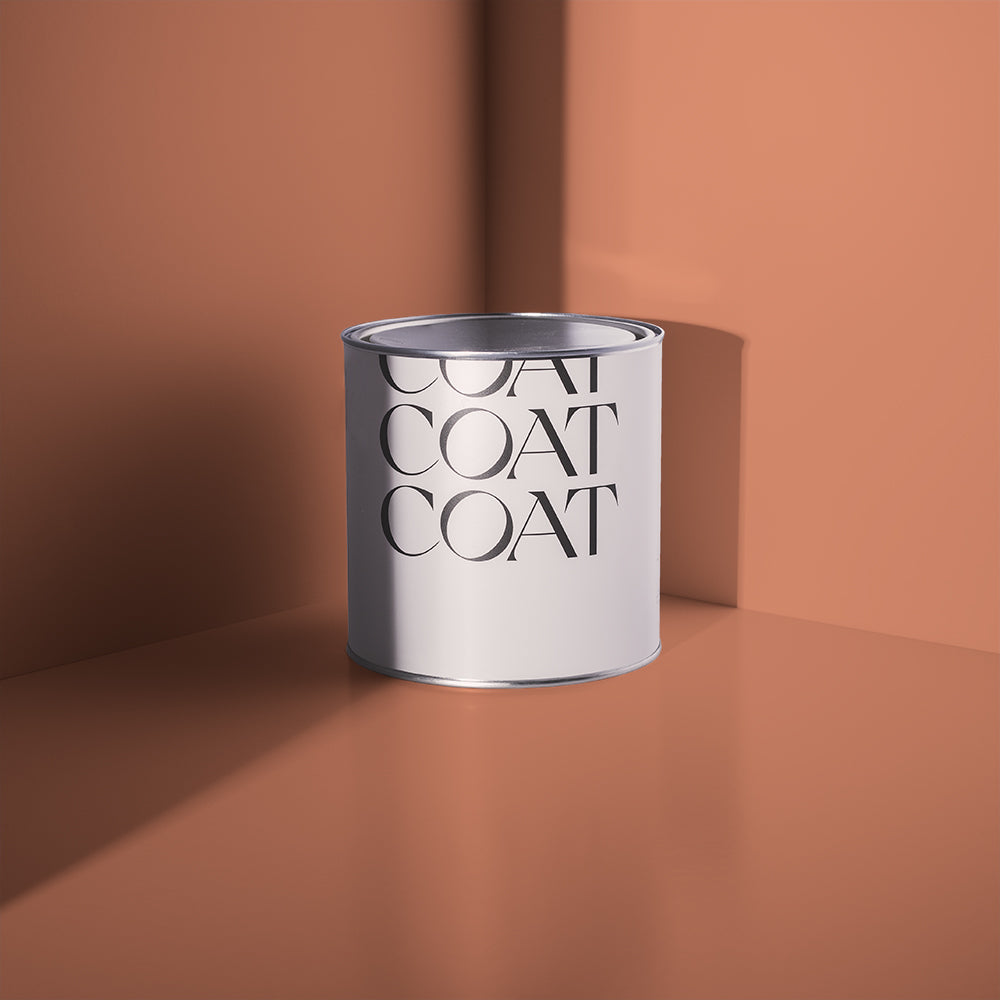
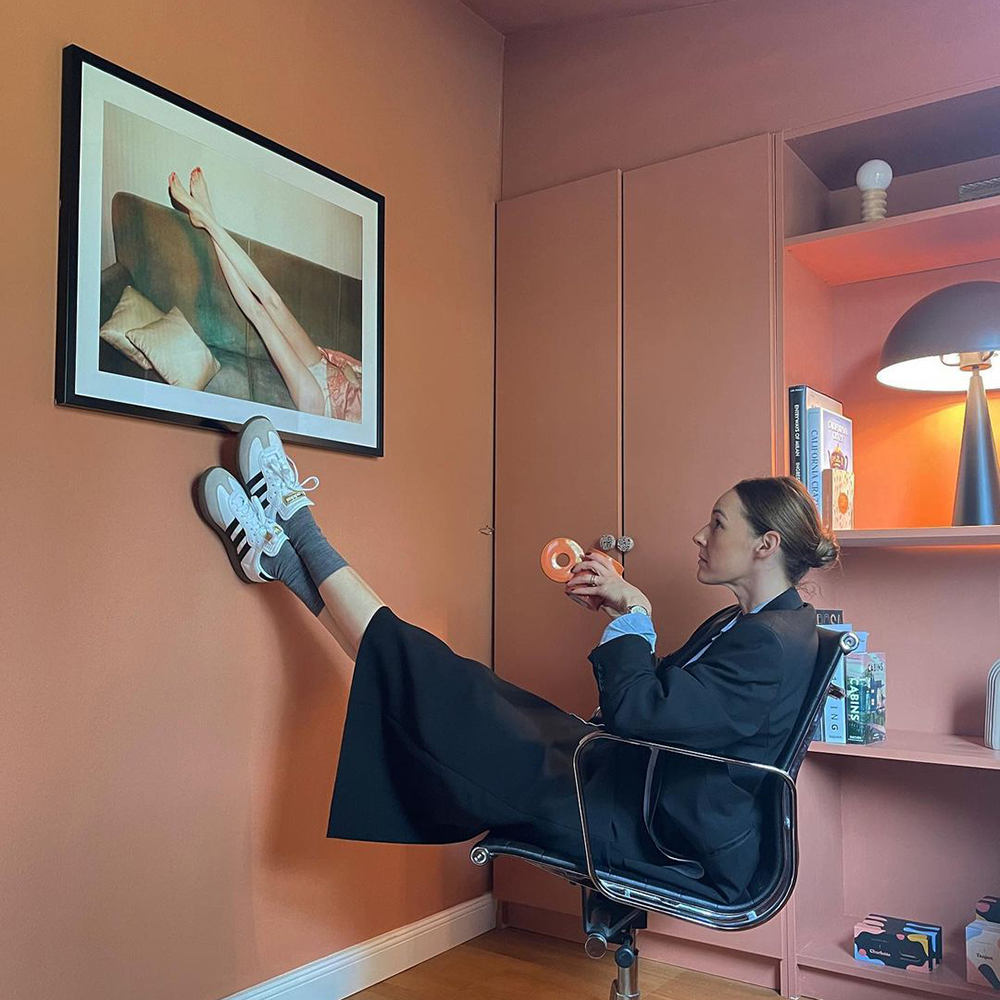

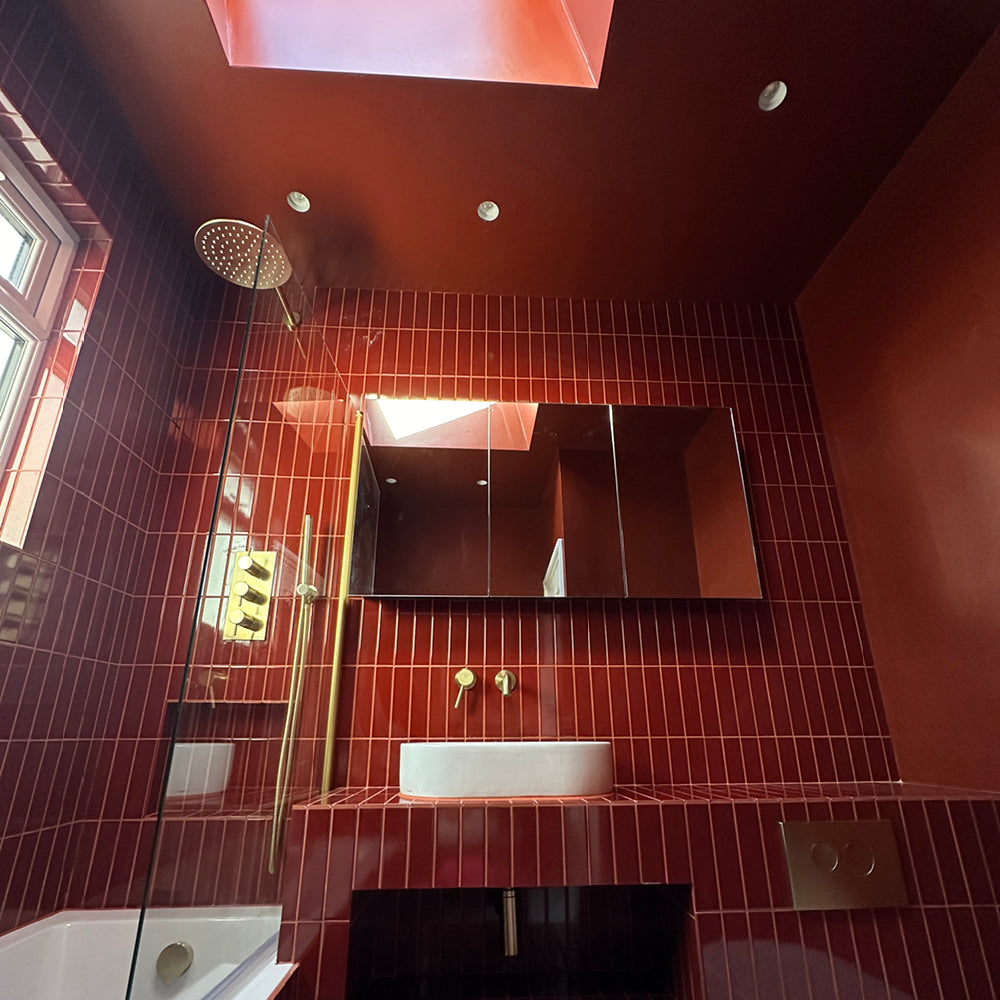
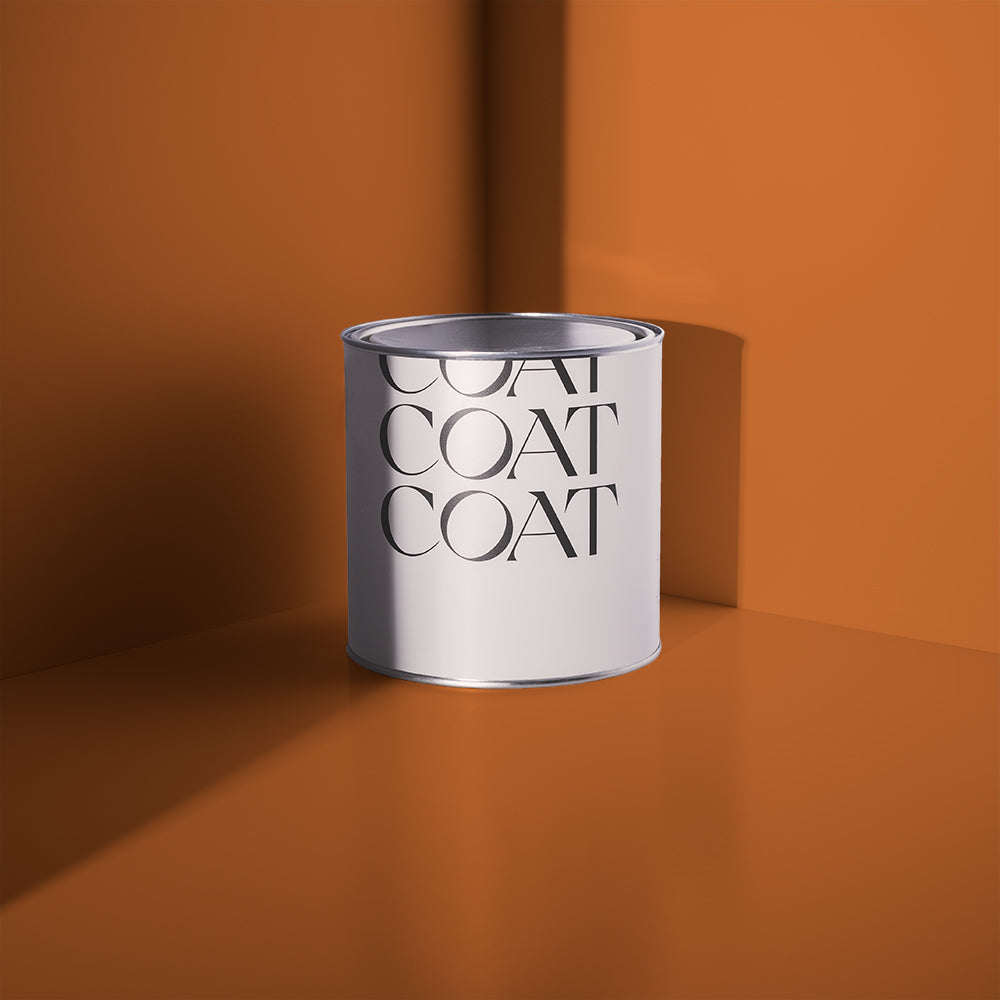
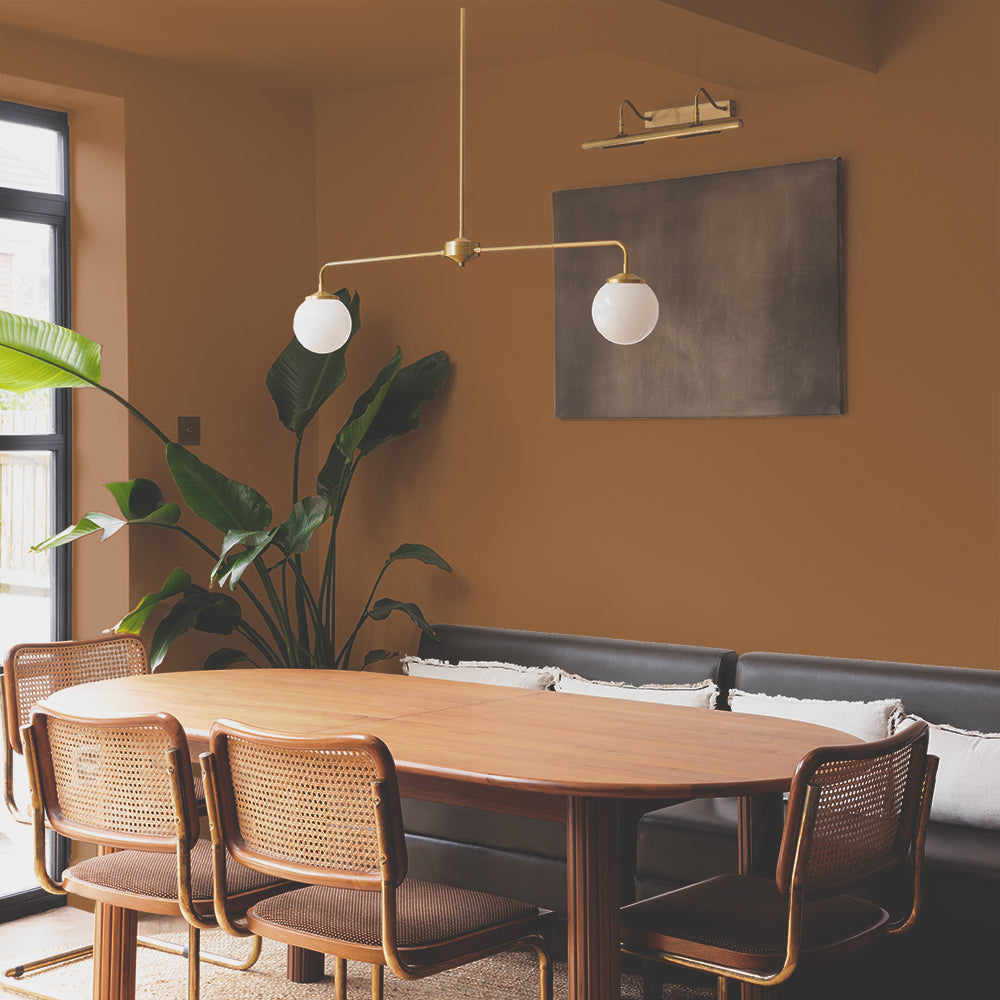
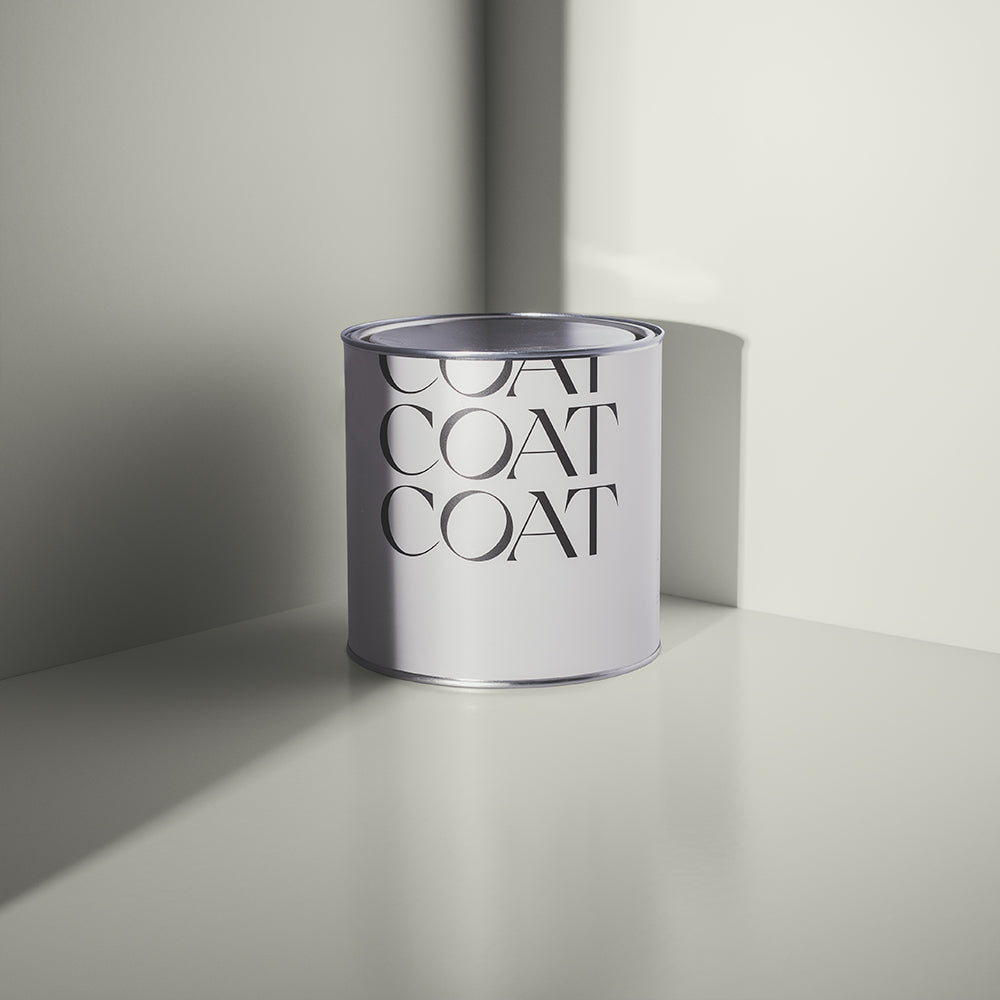

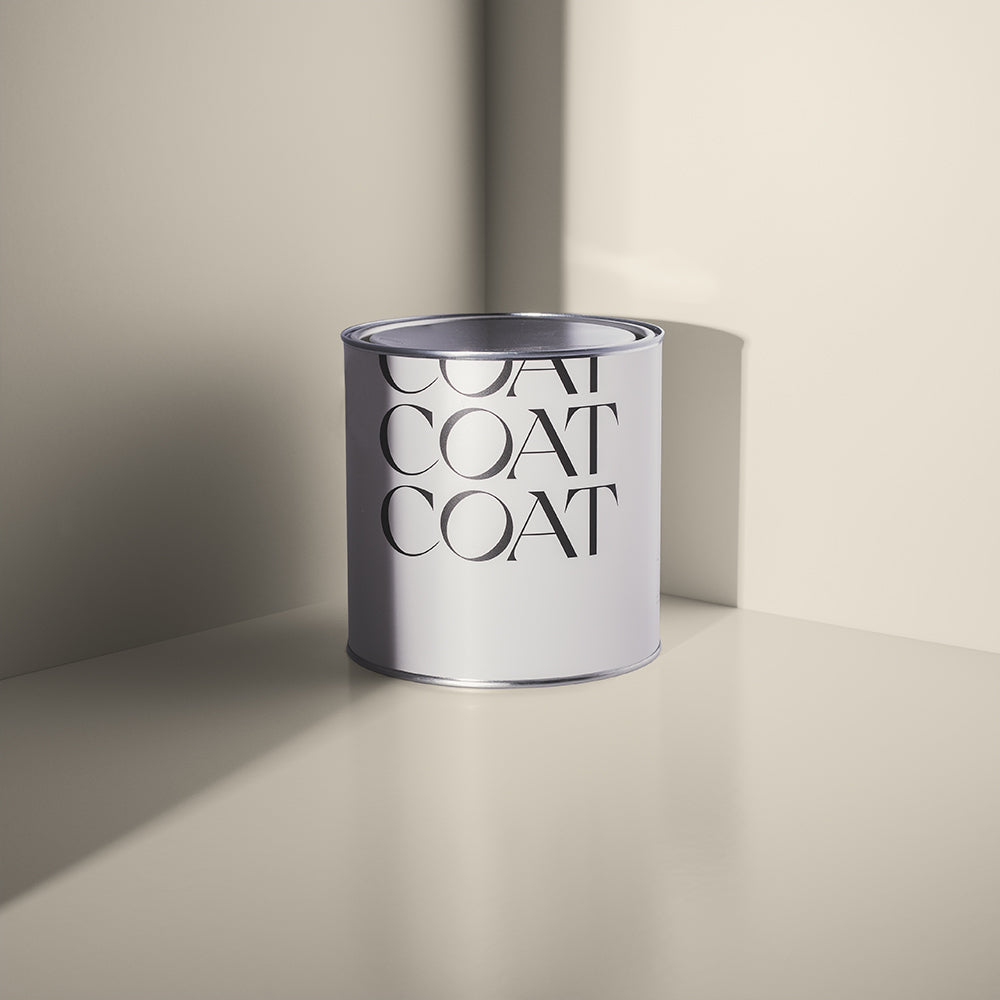

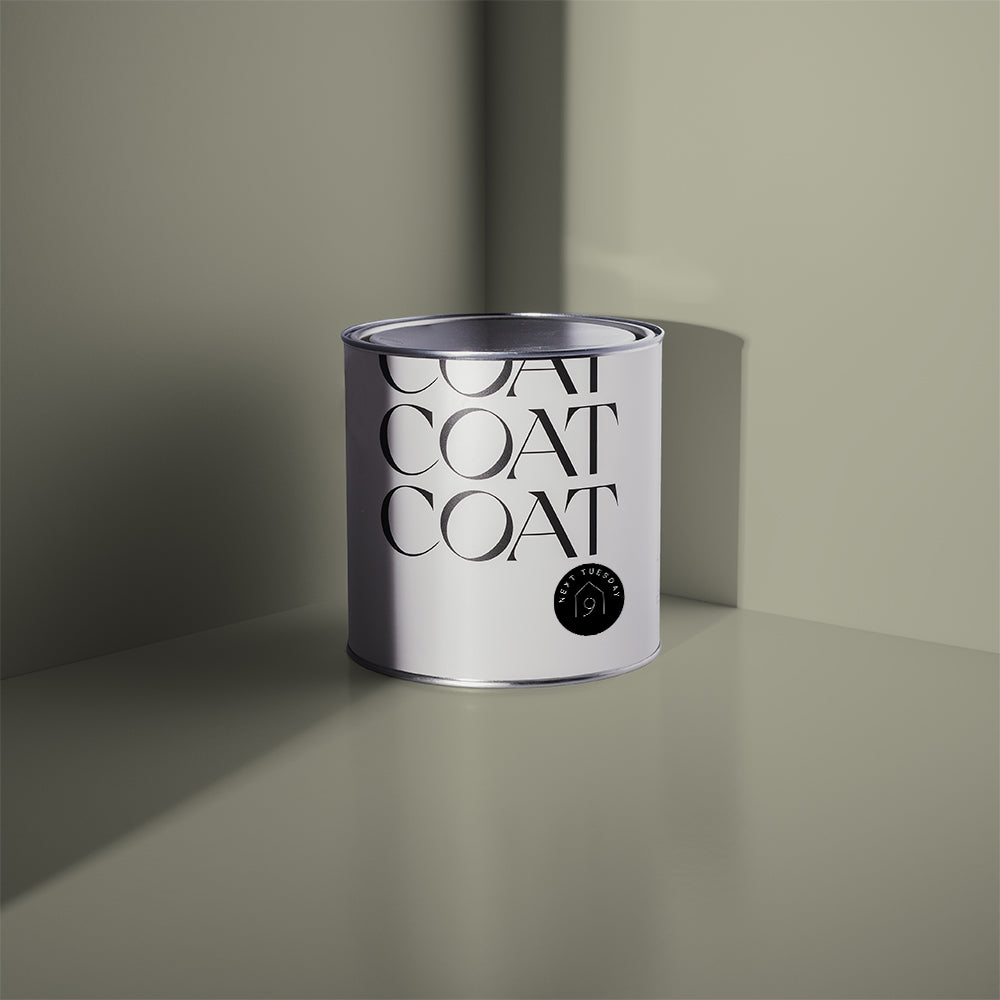
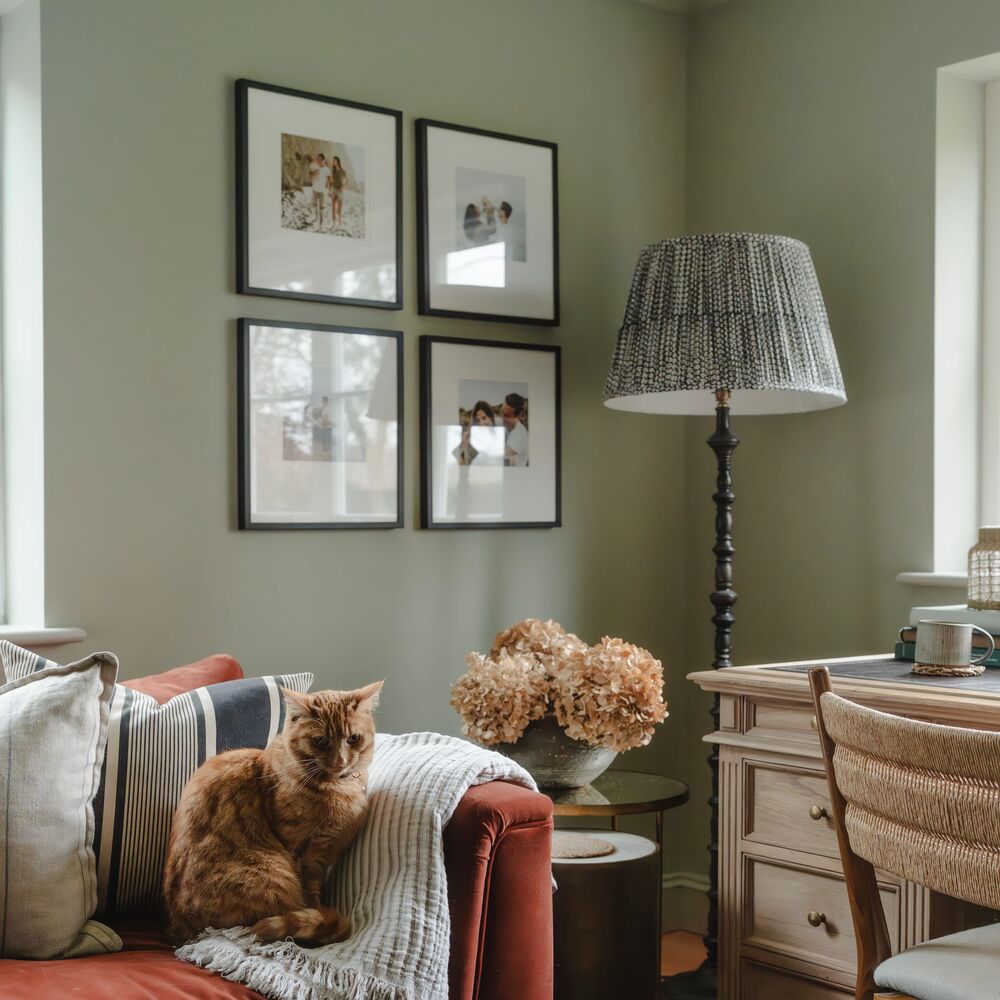
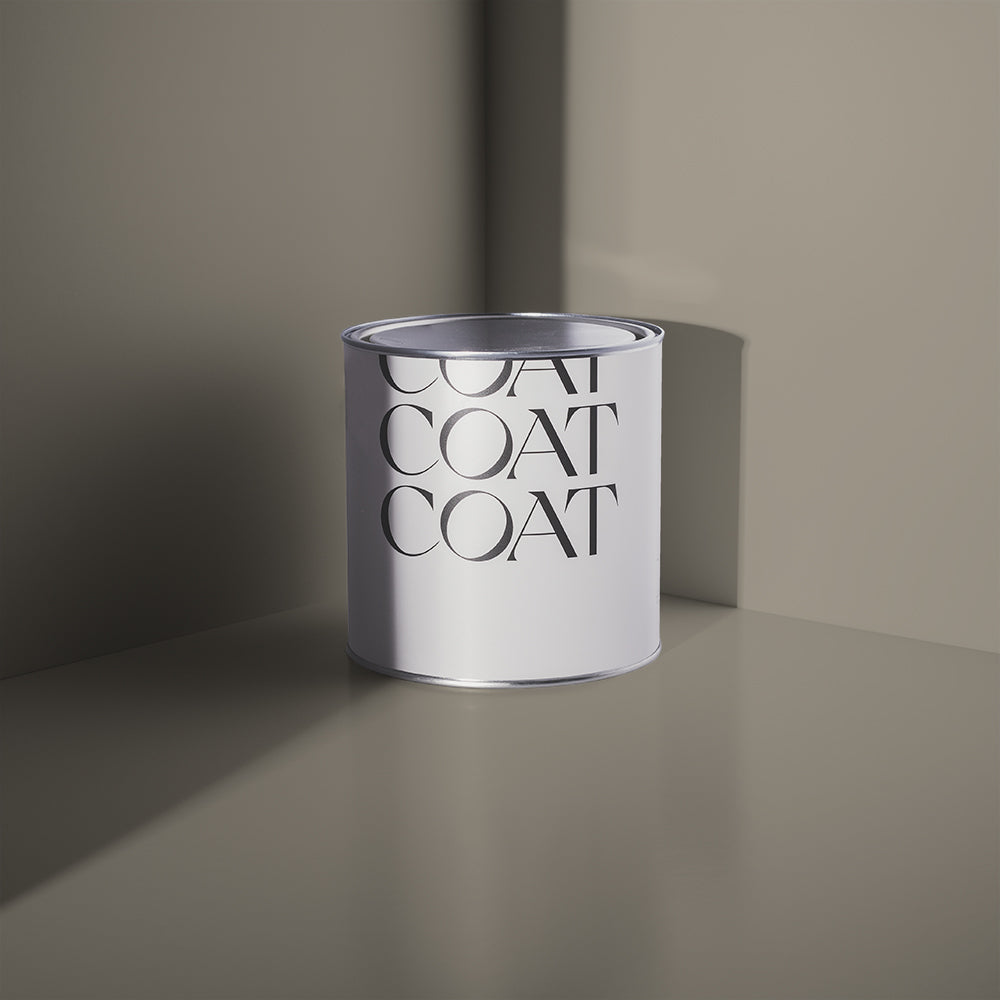
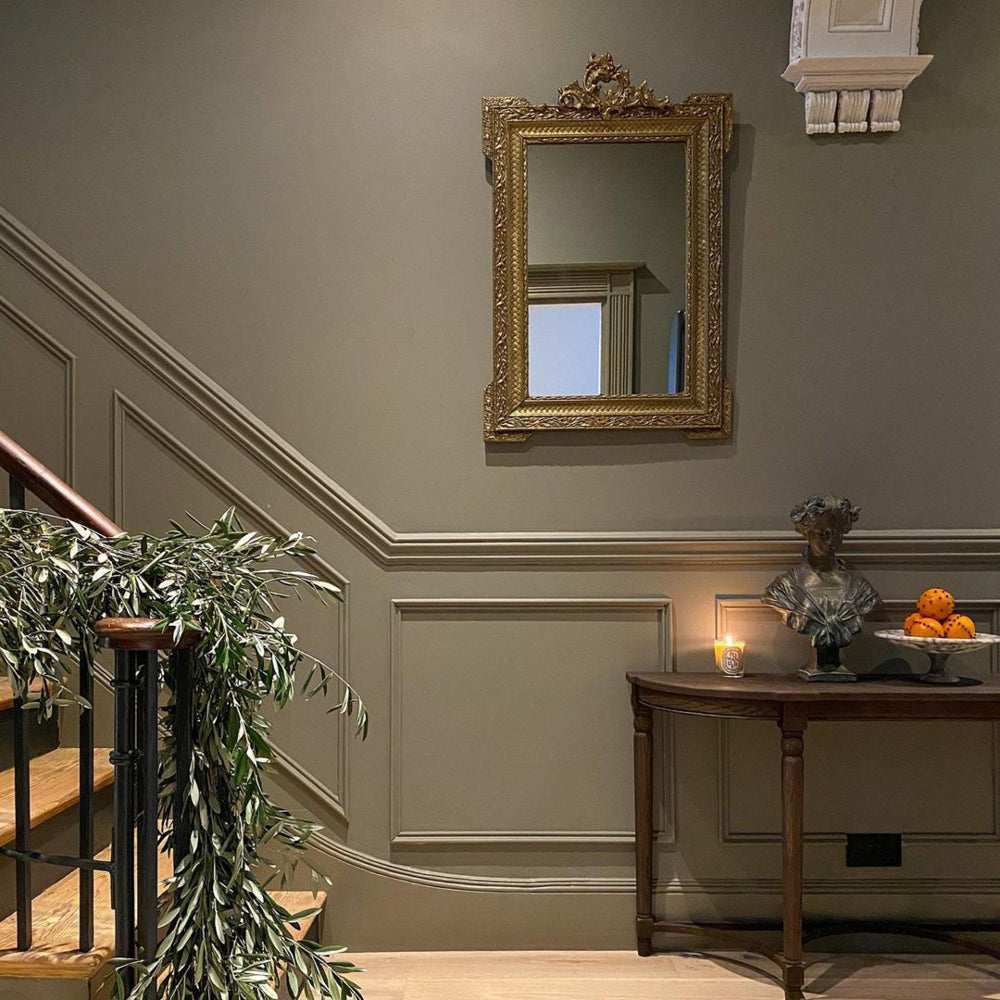
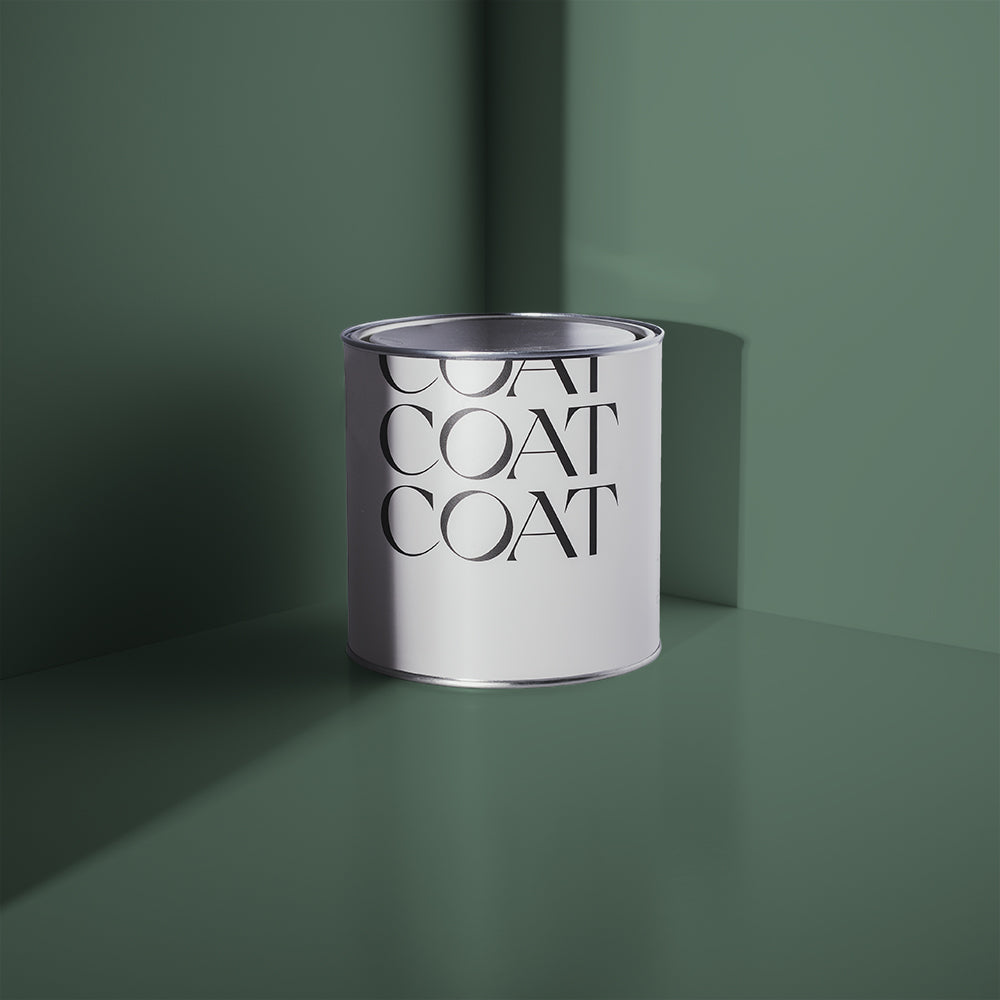
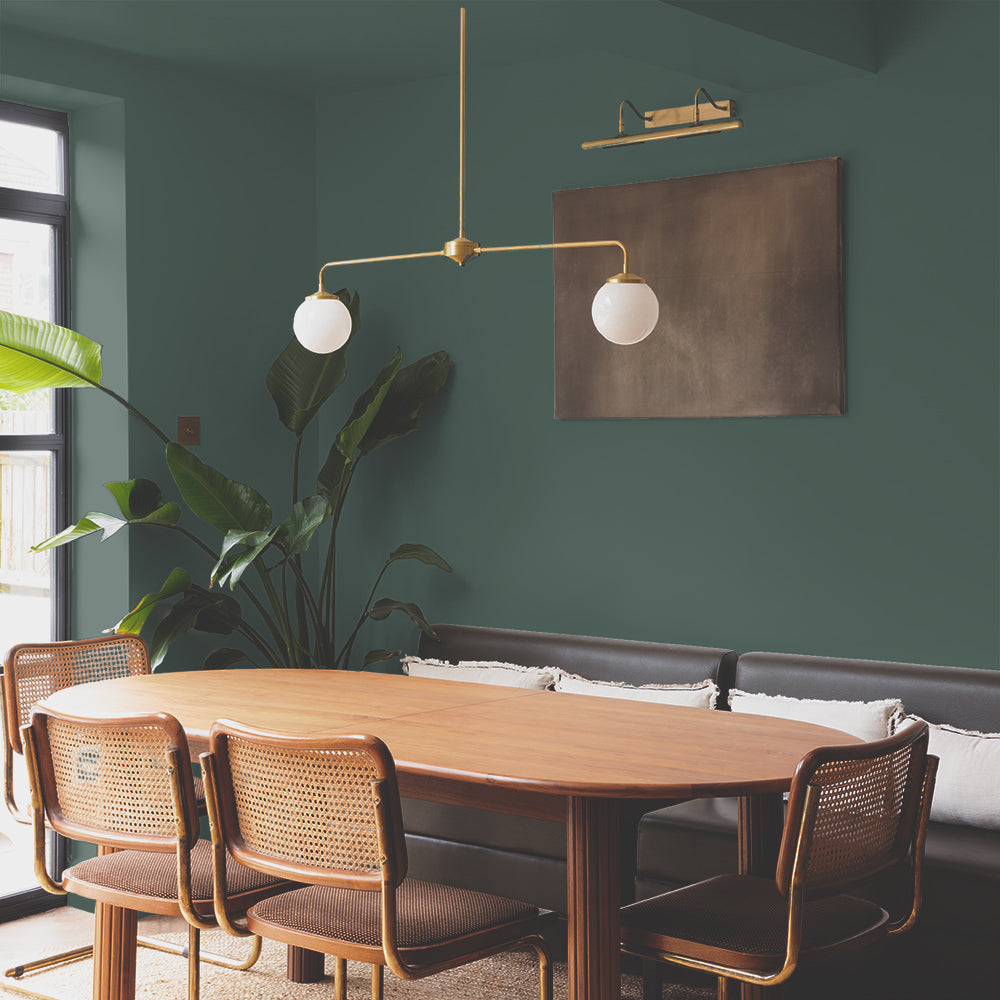

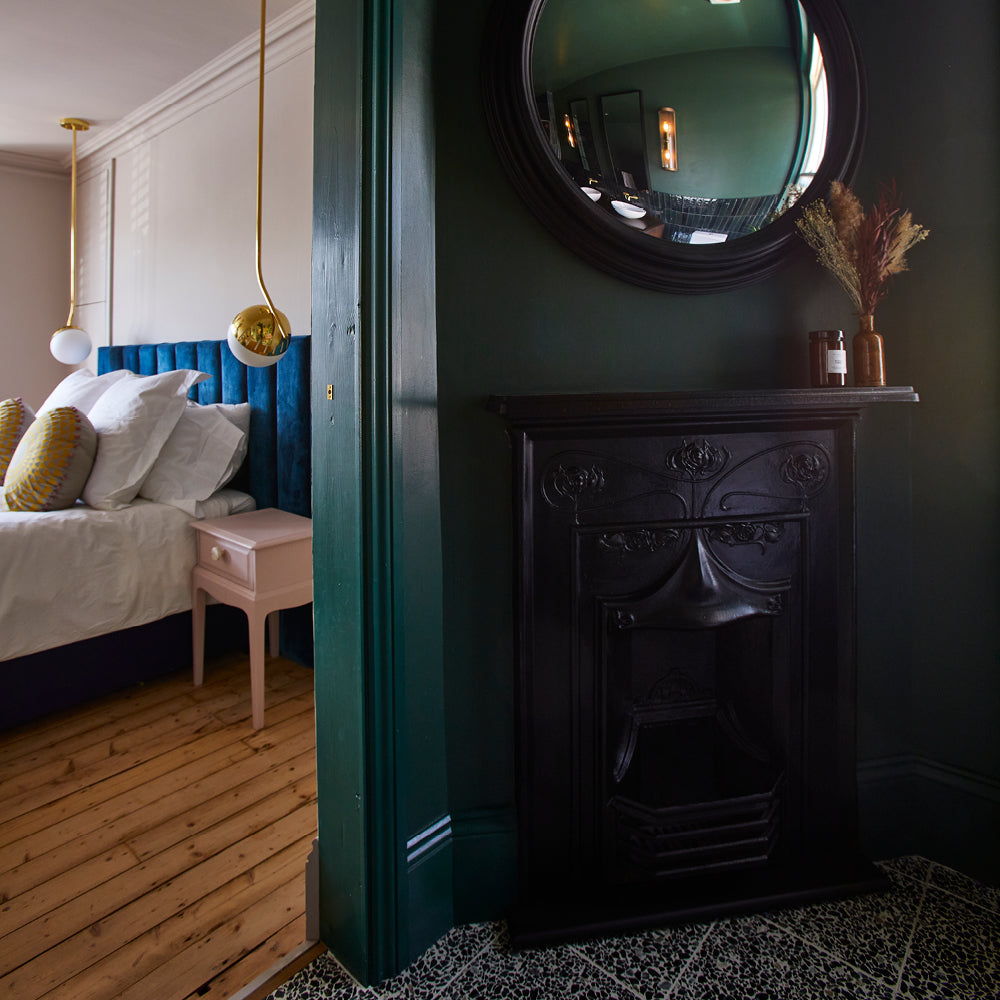
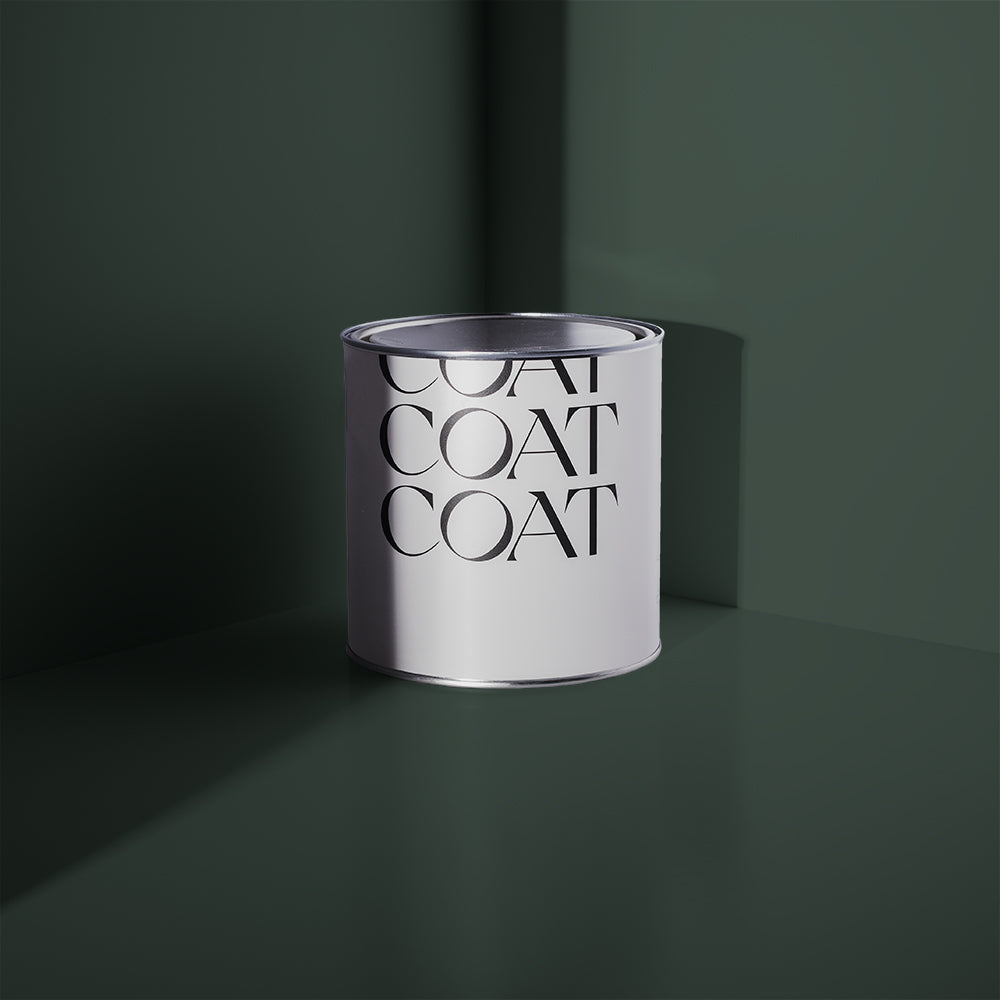
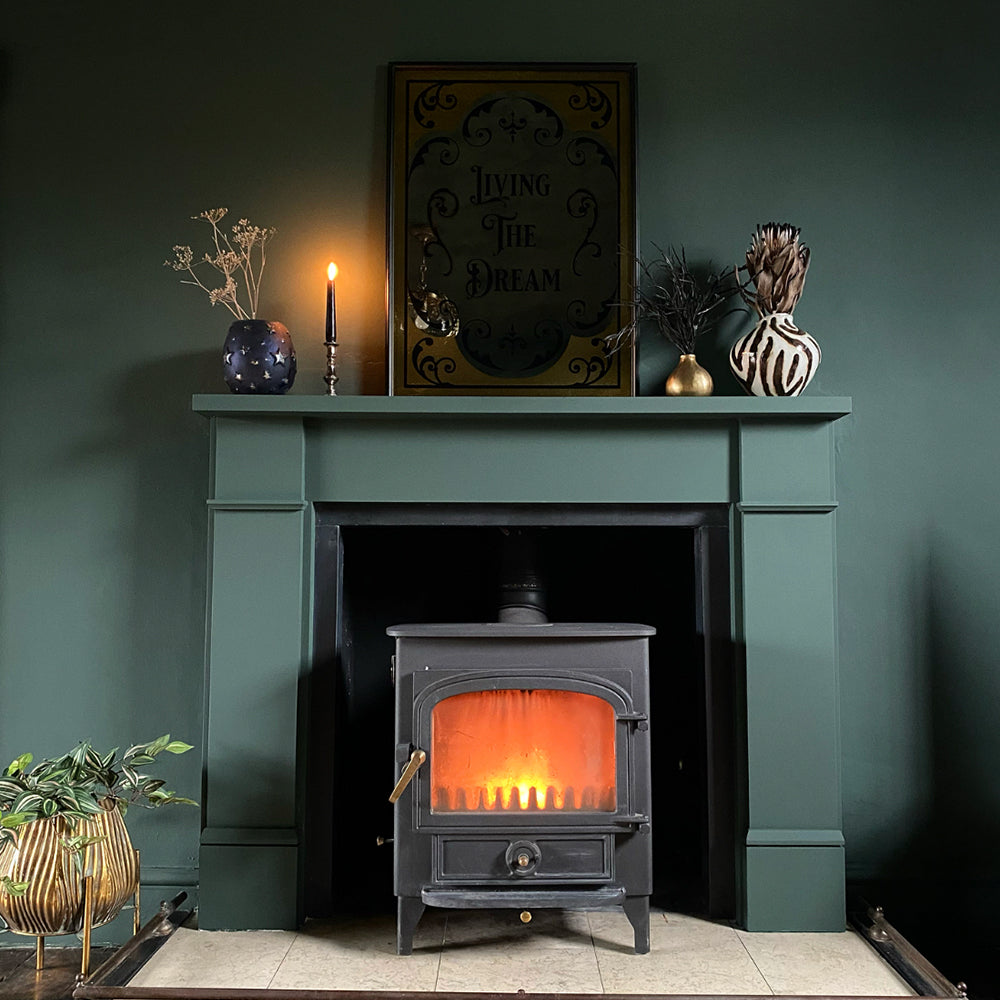
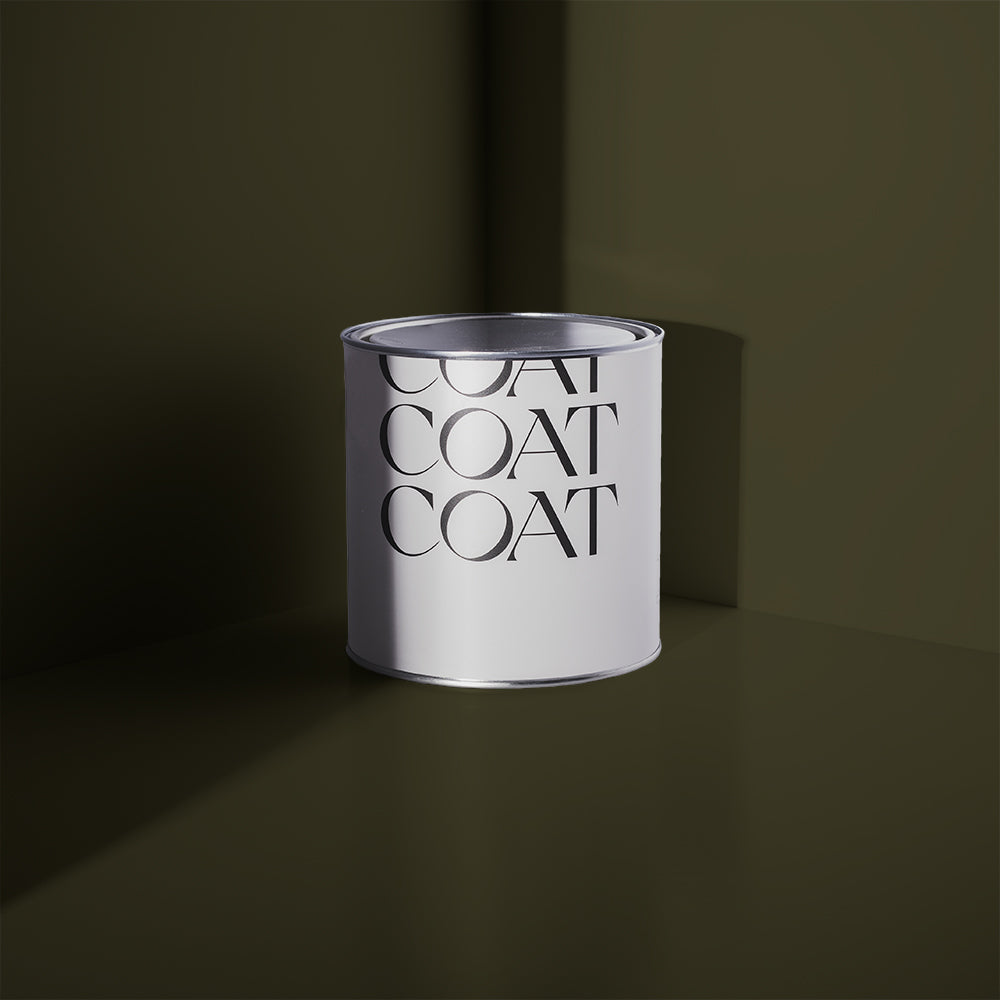

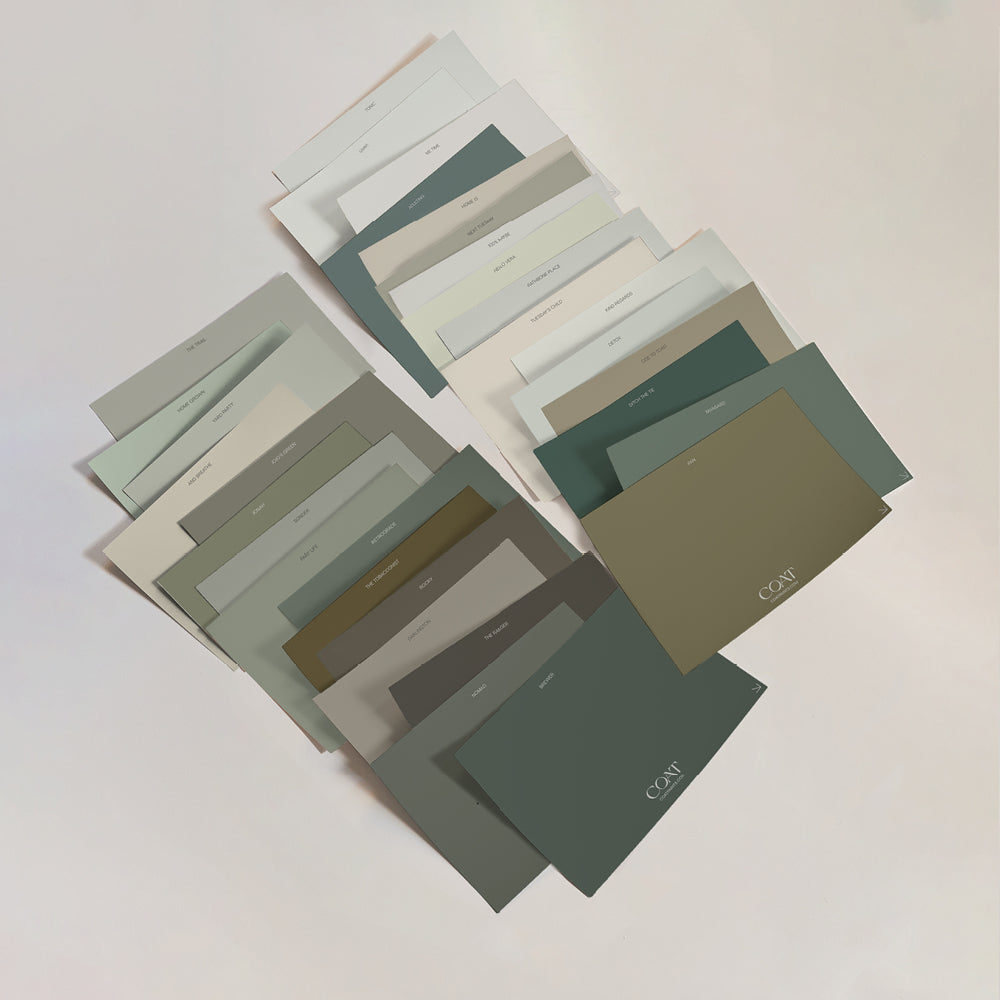
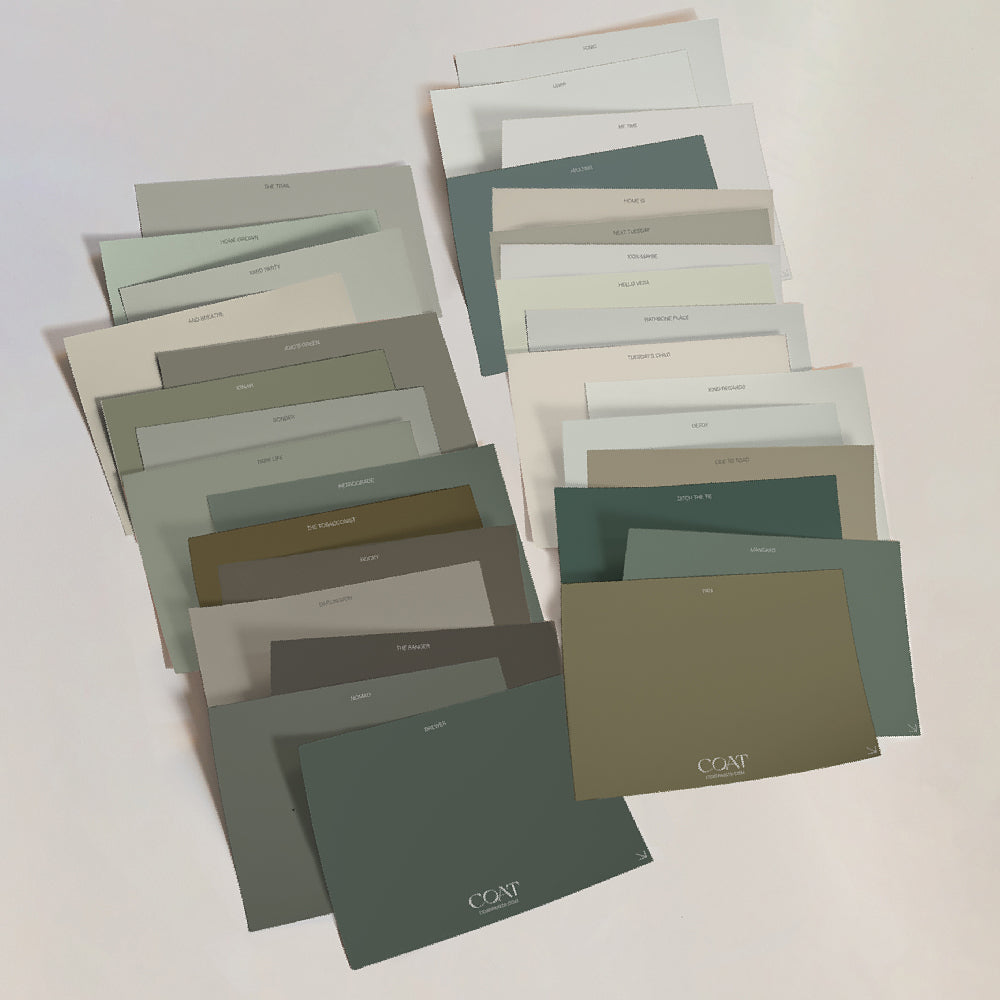

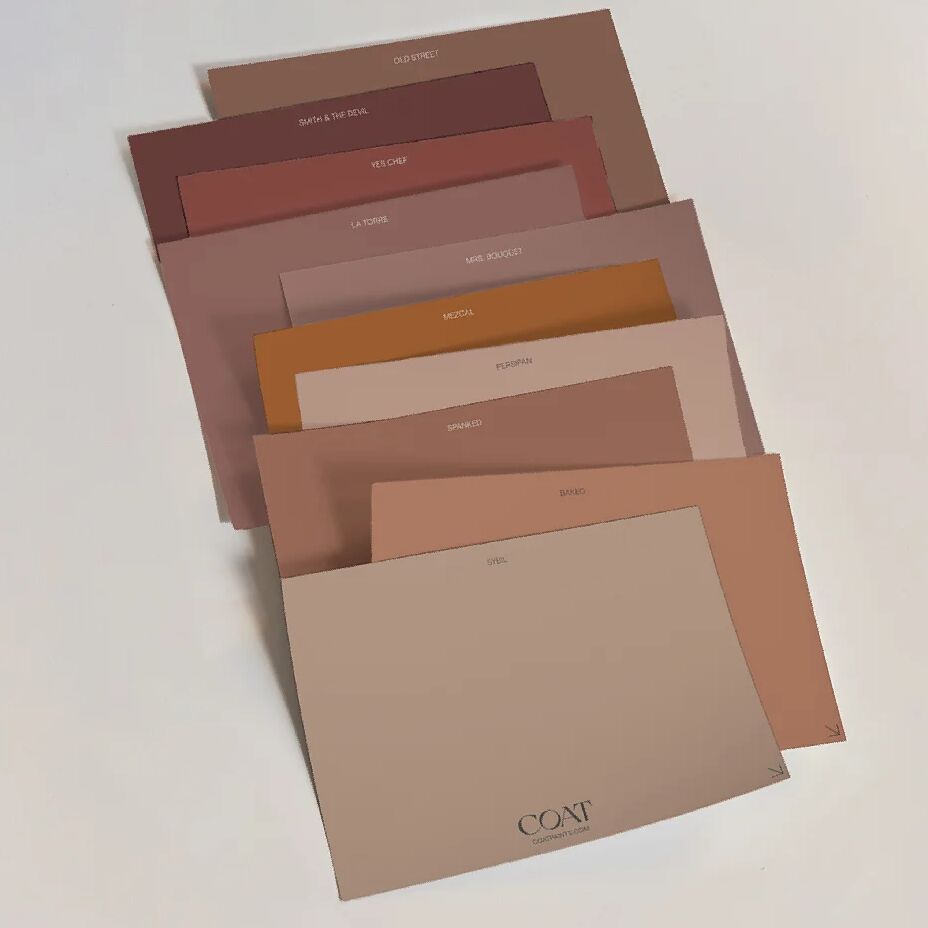


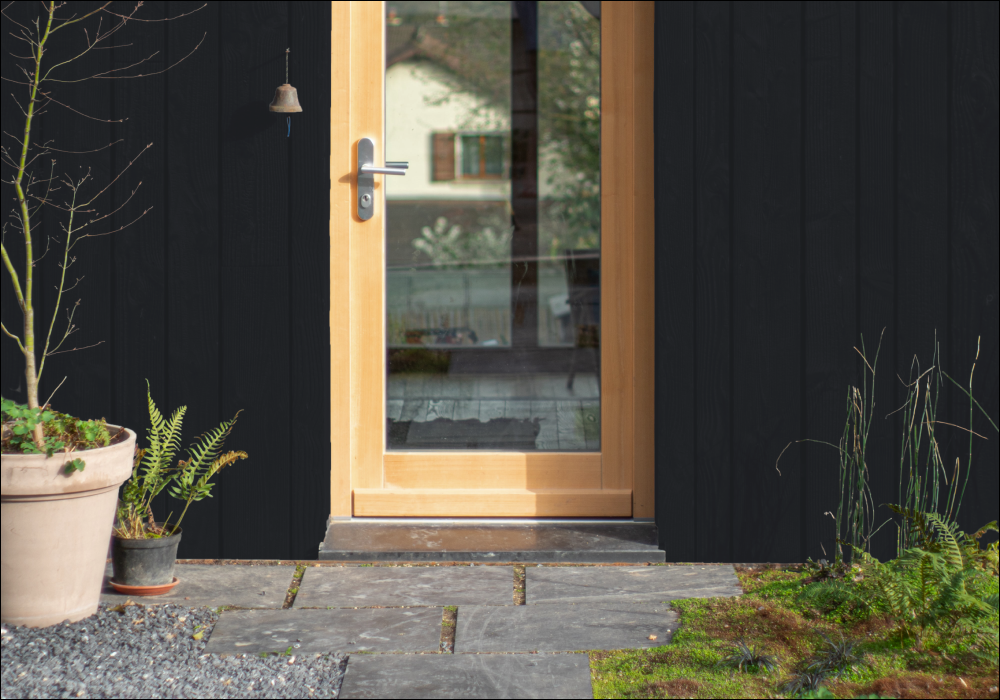
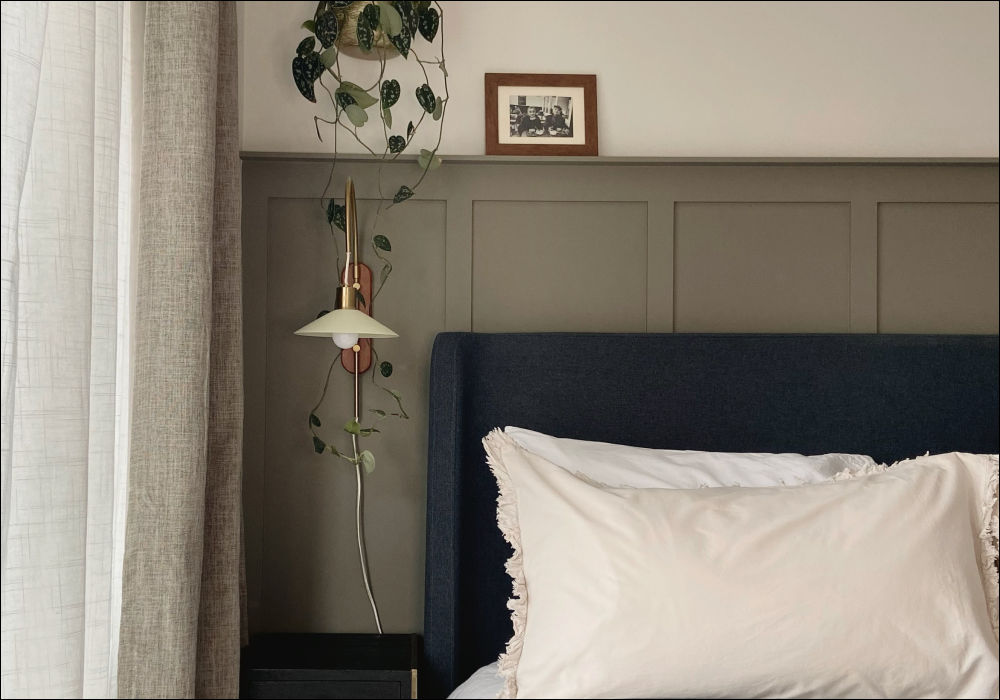

Leave a comment